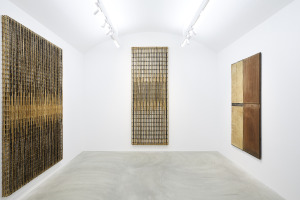
TOMIO KOYAMA GALLERY
- G2
- Roppongi
RIKA MINAMITANI
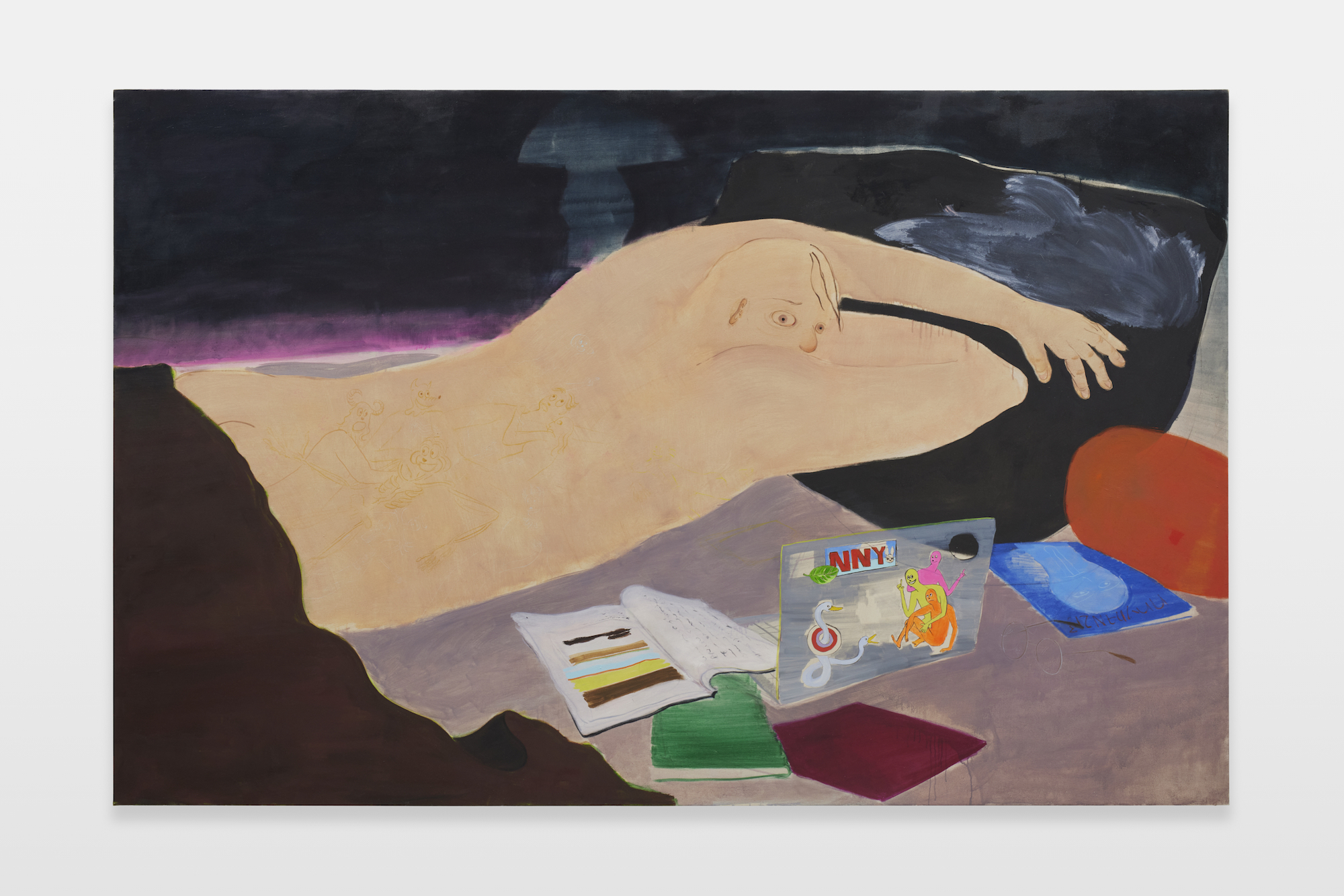
Tomio Koyama Gallery is pleased to present its first solo exhibition with Rika Minamitani. In her oil paintings of varying scales Minamitani depicts motifs of everyday objects, landscapes, animals, and human figures through animated brushstrokes and dynamic compositions. Loaded with a unique sense of humor, her images are akin to snapshots of fleeting impressions of the world. The images also result from experimentation with formal elements such as color, form, and outline—for, as the artist states, “figures are just containers for colors and shapes.”
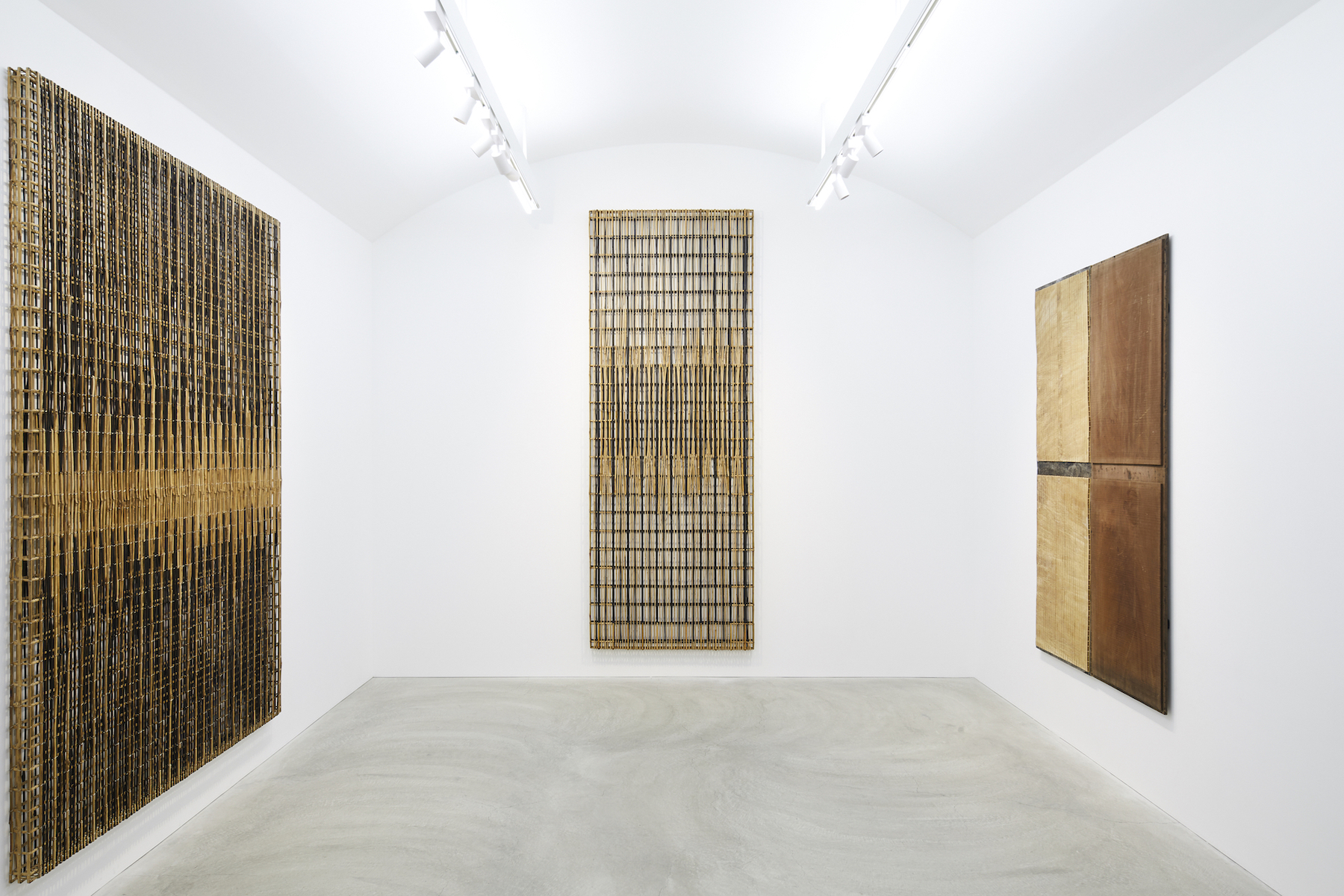
Tomio Koyama Gallery was founded in Tokyo’s Sagacho district in 1996 and has since established itself as a cornerstone of Japan’s contemporary art scene. Dedicated to introducing new perspectives to the art market, the gallery represents a diverse, multigenerational roster of Japanese and international artists, including Kishio Suga, Mika Ninagawa, Hiroshi Sugito, and Richard Tuttle, and also features contemporary ceramics in its program. From the start Tomio Koyama Gallery has maintained an active presence at international art fairs. The gallery moved to its current Roppongi location in 2016 and added another space in Tennozu in 2022.
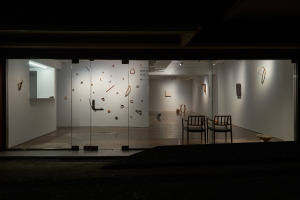
GALLERY 38
- F2
- Harajuku
EIJI UEMATSU
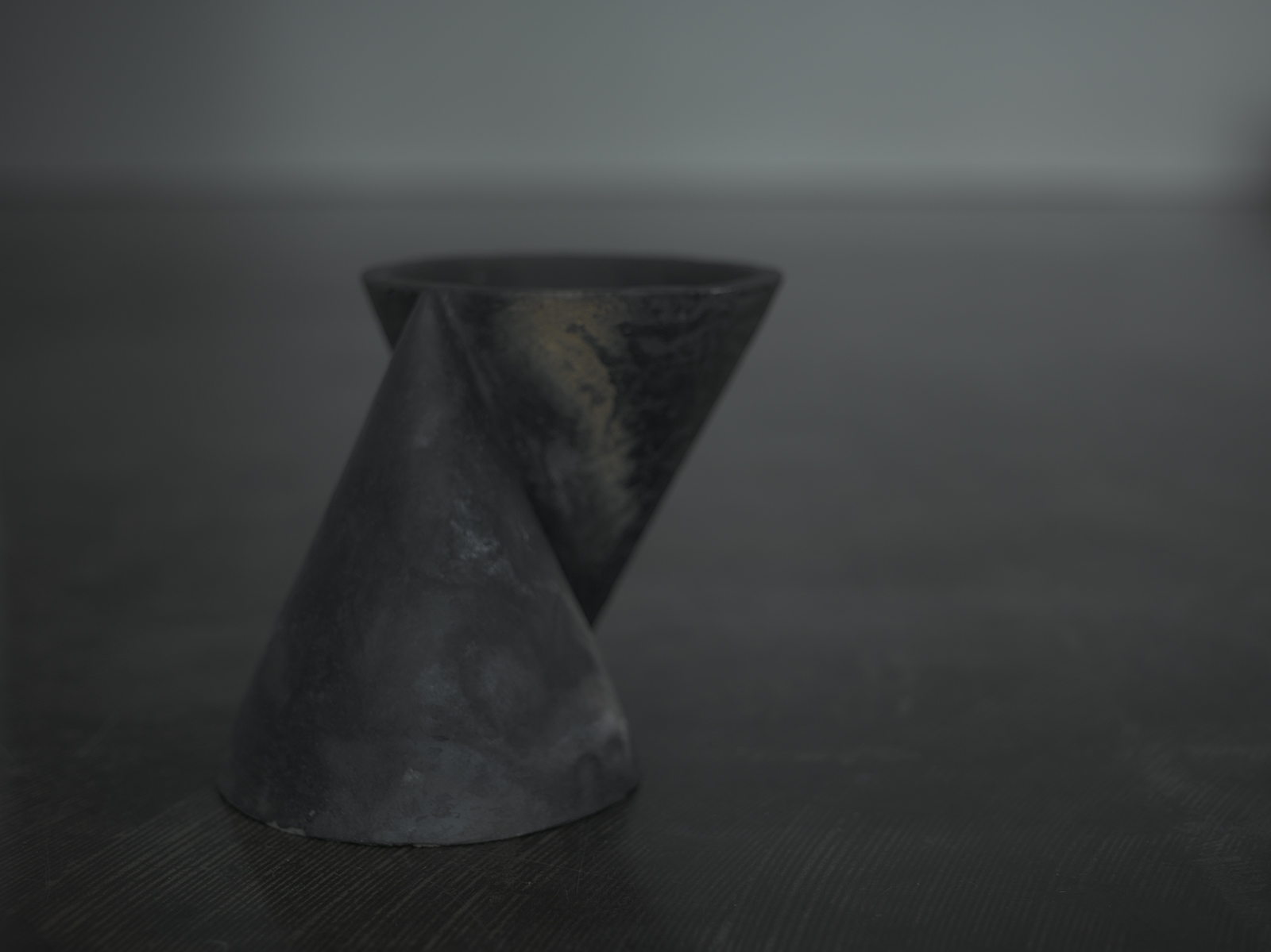
Over the course of his five-decade career Eiji Uematsu has created ceramic works that reflect his fascination with soil and his ongoing dialogue with the natural world. From the lifelike shapes of the mud to the cracks and distortions on the surface of the clay, his forms bear traces of the earth and the fire of the kiln. Uematsu refuses to be bound by either existing methodologies or the constraints of his consciousness, drawing instead upon his emotional relationship to matter. His work invites us to discover intricate dimensions of time and space hidden inside seemingly familiar landscapes.
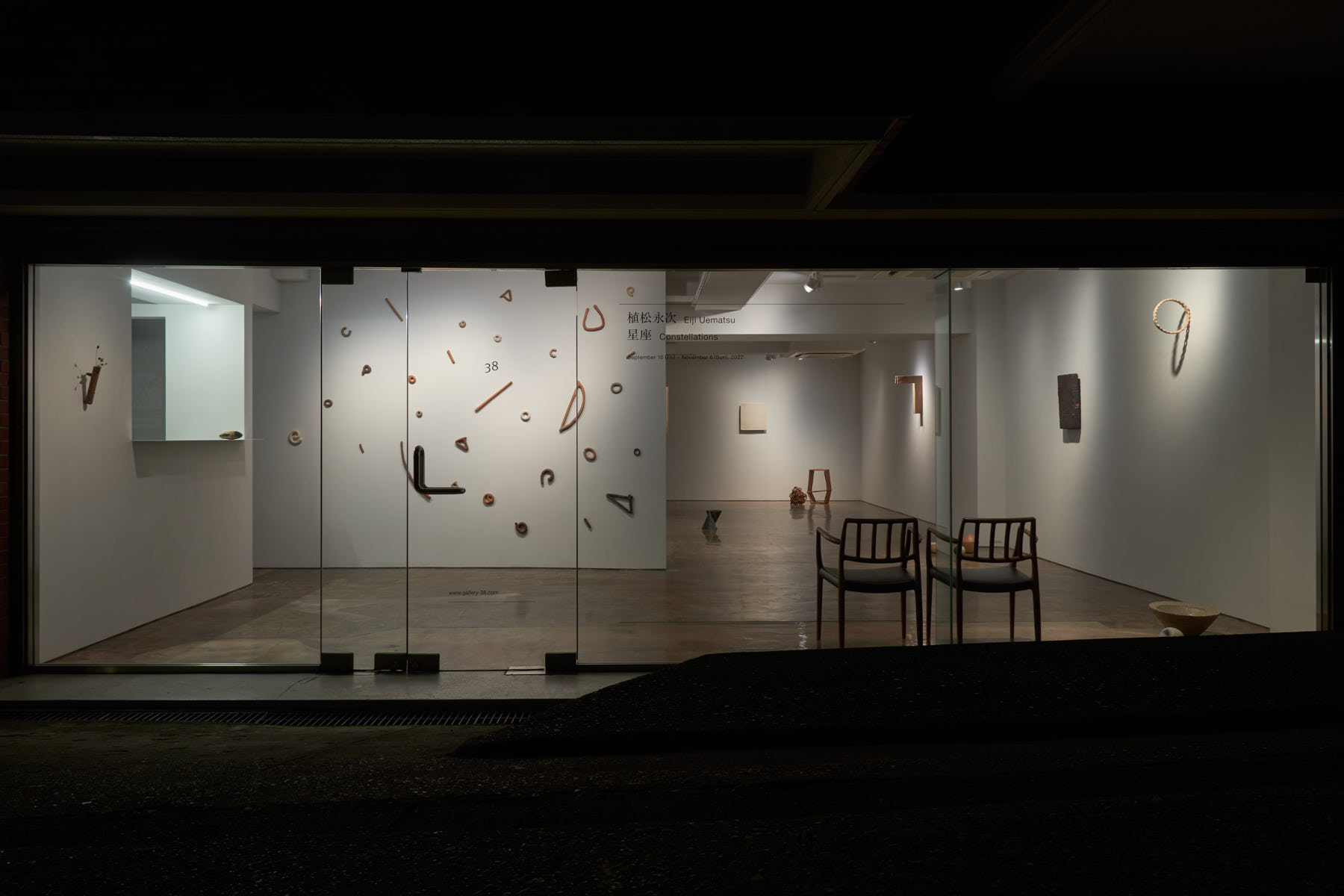
Gallery 38 was founded in Tokyo in 2016. Since its inaugural exhibition of works by ceramic artist Eiji Uematsu, the gallery has pursued dual aims: to introduce emerging and established international artists—including Romain Cadilhon, Hartmut Landauer, Oliver Marsden, Christiane Pooley, and Stephanie Quayle—to Japan and to discover and promote emerging and historically significant Japanese artists abroad.
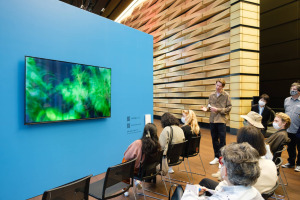
AWT VIDEO
- B4
- G4
WOMAN WAS THE SUN CURATED BY CHUS MARTÍNEZ
On view November 2–5 at SMBC East Tower in Marunochi, AWT Video presents a selection of single-channel moving-image works by Japanese and international artists drawn from Art Week Tokyo’s participating galleries. Curated by Chus Martínez, Head of the Institute Art Gender Nature at Basel Academy of Art and Design FHNW, this year’s program, “Woman Was the Sun,” features 17 works by 14 artists.
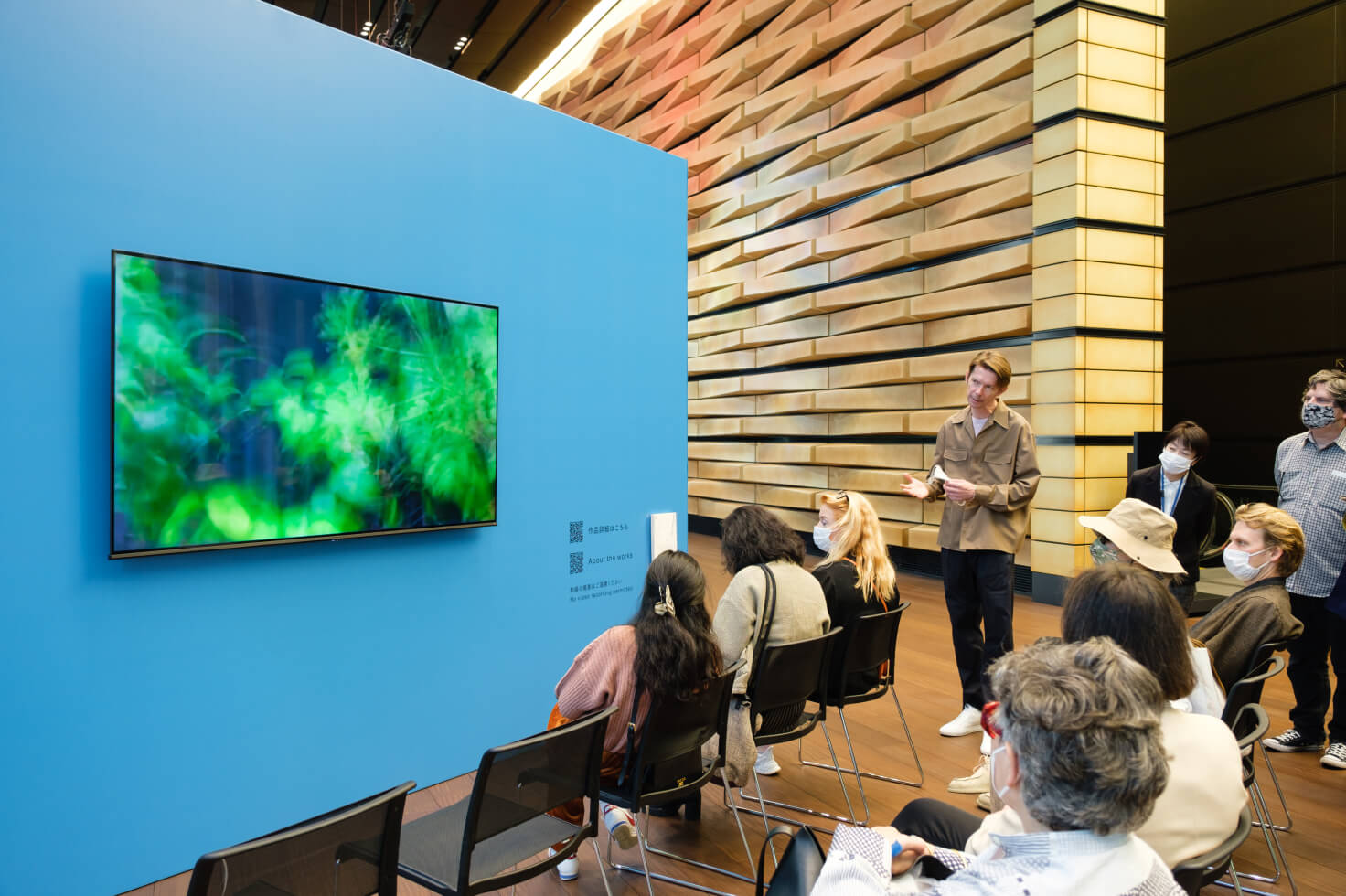
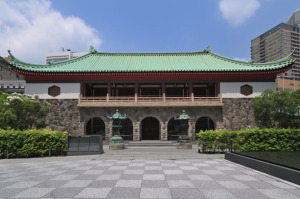
AWT FOCUS
- C1
- D7
- G3
WORLDS IN BALANCE: ART IN JAPAN FROM THE POSTWAR TO THE PRESENT CURATED BY KENJIRO HOSAKA
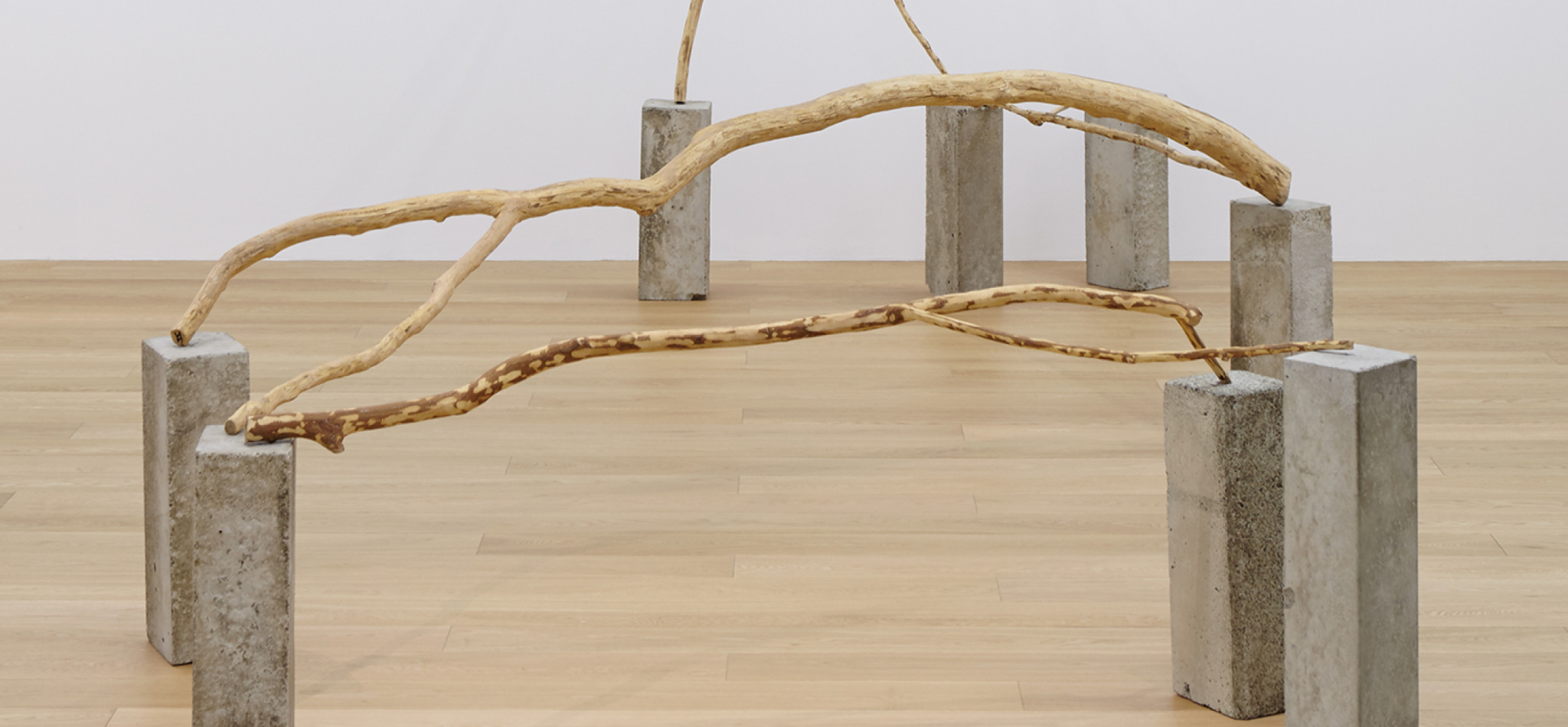
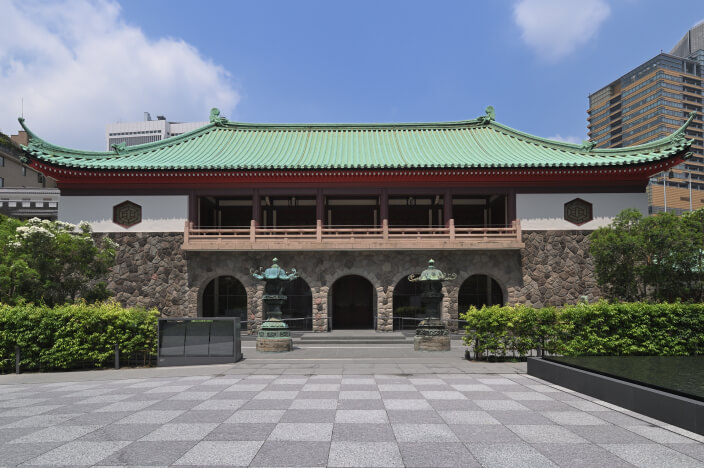
Located on the grounds of The Okura Tokyo, the Okura Museum of Art is Japan’s first private art museum. The museum was established in 1917 by Kihachiro Okura as a permanent home for his collection of premodern Japanese and East Asian art, which includes three National Treasures and 12 Important Cultural Properties. Designed by early-modern architect Chuta Ito, the current building was constructed in 1927 and has since been expanded and renovated.
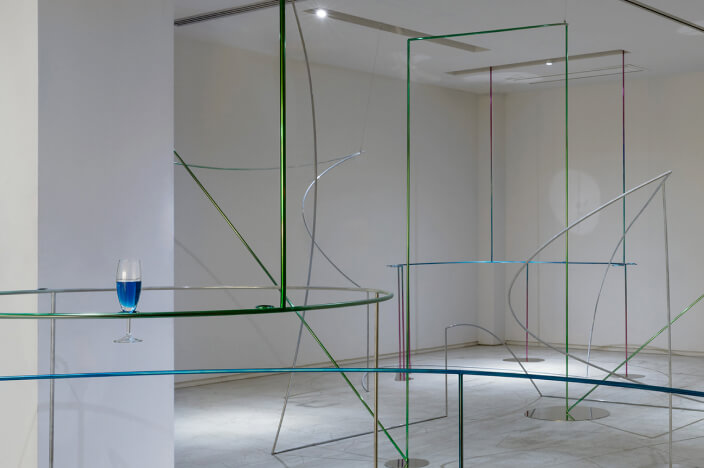
AWT BAR
- E5
- F5
- G1

Open from 10am to midnight during the four days of Art Week Tokyo, the AWT Bar provides the city’s art community a convivial gathering place in the heart of trendy Minami-Aoyama. Art Week Tokyo commissions an emerging architect to design the bar space, selects one of the city’s top young chefs to produce new food creations for the menu, and invites featured artists to conceive original cocktails. Engaging all the senses, these commissions further deepen Art Week Tokyo’s synergy with other creative fields as well as Tokyo’s globally celebrated hospitality culture.
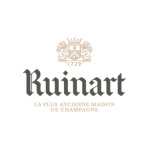
Ruinart
- F4
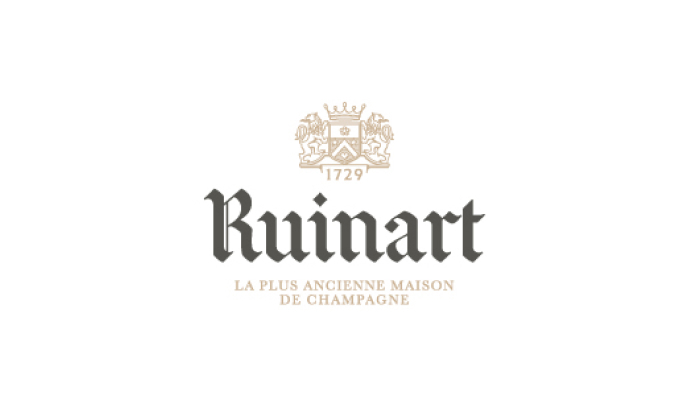
The jewel of champagne, Ruinart has also a longstanding relationship with the world of art. The Maison regularly commissions the artists of its time to share their visions on its legacy.
Every year, Ruinart conducts "Carte Blanche," a collaboration program in which the Maison shares its terroir and vision with world-renowned artists to complete a work of art. At this year’s Art Week Tokyo, Ruinart will exhibit the work of Eva Jospin, the 2023 Carte Blanche artist.
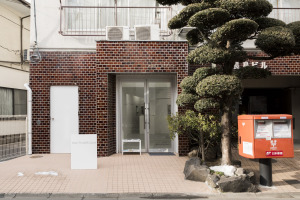
WAITINGROOM
- A3
- Edogawabashi
SAORI MIYAKE: NOWHERE IN BLUE
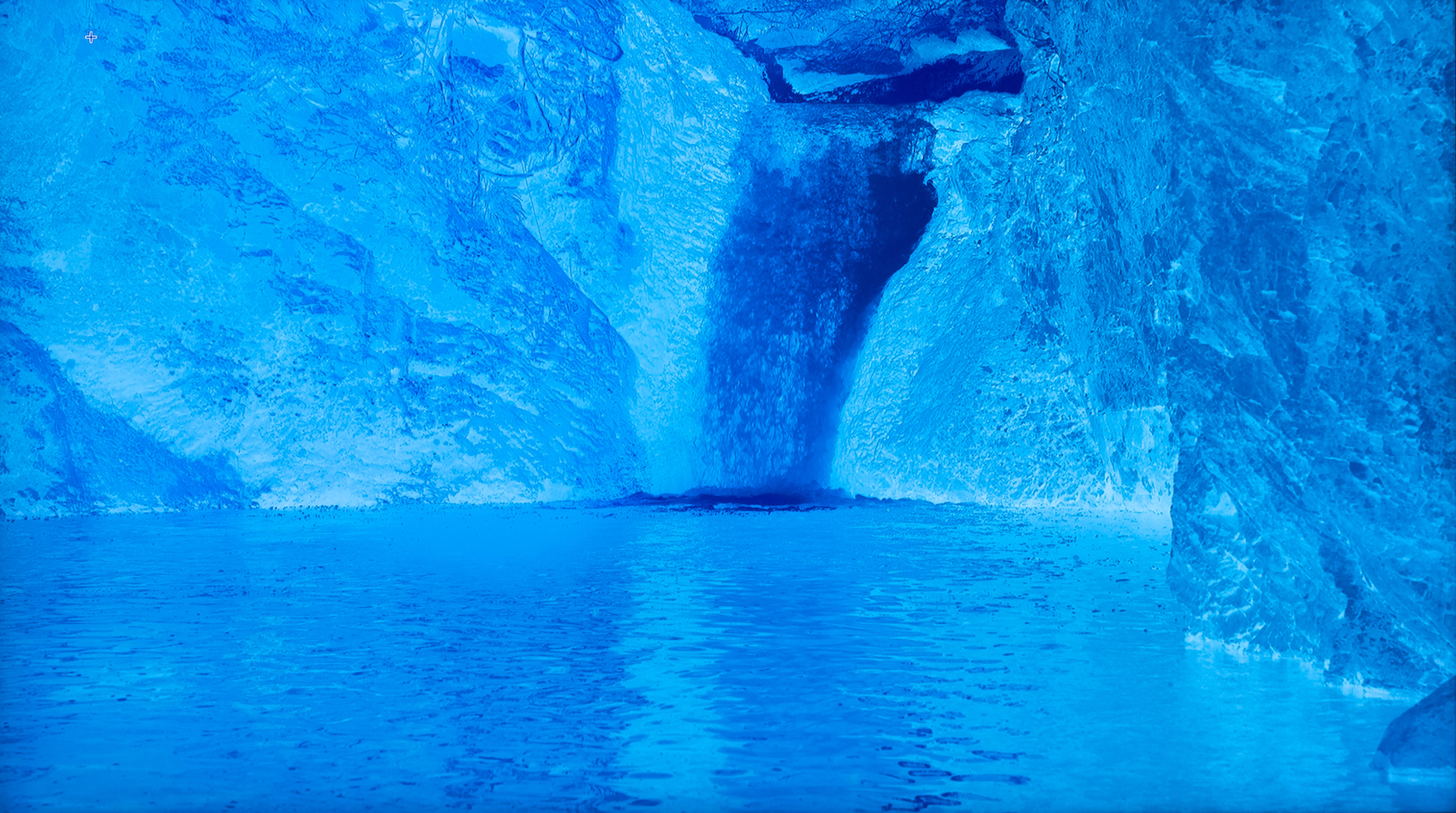
Waitingroom presents a solo exhibition by Saori Miyake, an artist who interrogates the internalization of the pictorial image in our gaze by exploring the phenomena of inversion and multiplication associated with the shadow, the apocryphal origin of painting. Miyake’s newest work reconsiders notions of the landscape/landscape painting. Her multimedia installation of cyanotypes and videos is inspired both by the walks through gardens and forests the artist began taking during the Covid-19 pandemic and by the concurrent spread of generative AI technology.
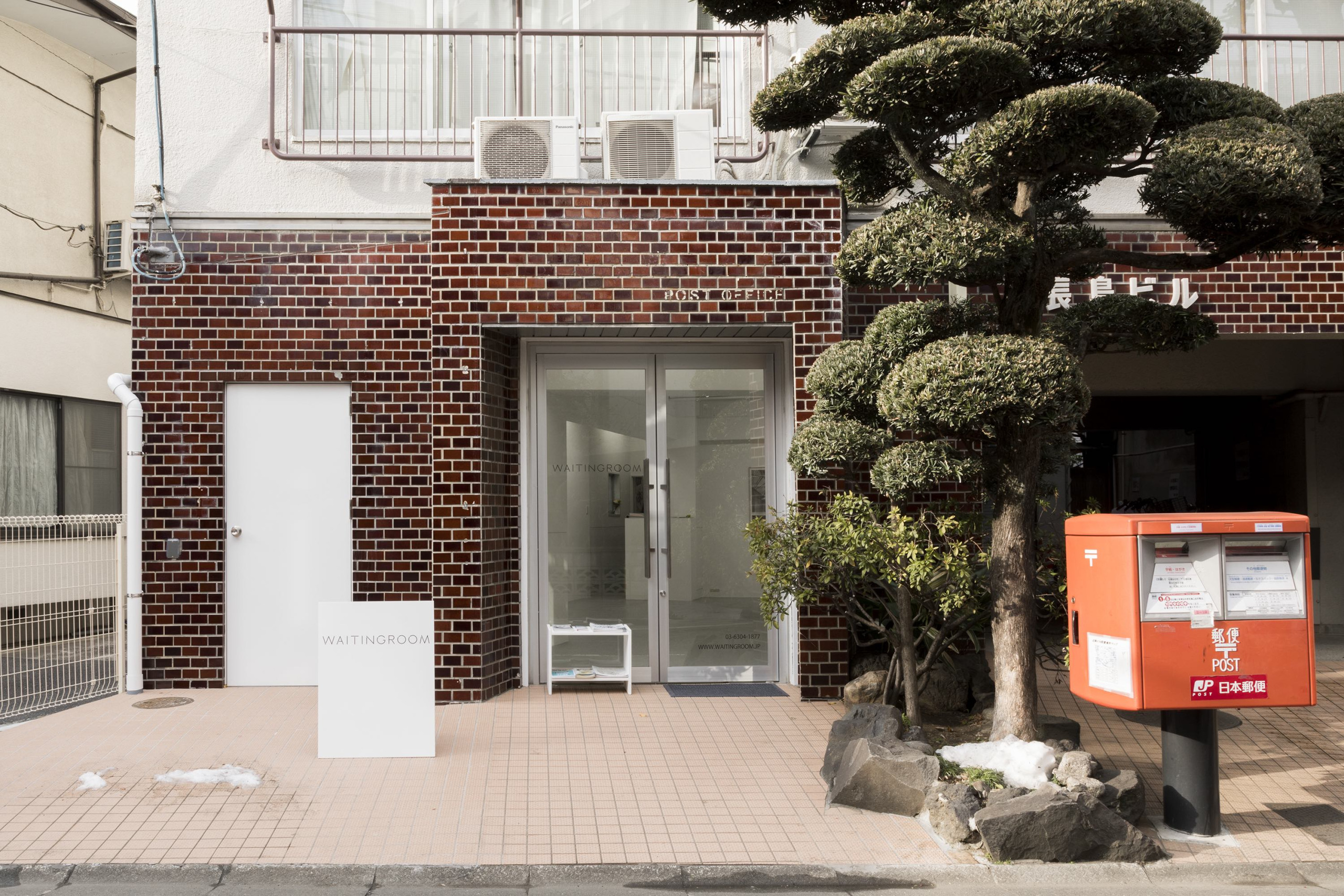
Waitingroom was founded in Tokyo in 2010 with a mission to promote and support cutting-edge contemporary art in various mediums. The gallery works with young and emerging artists who have distinct perspectives on the world and explore new and diverse modes of expression. The program focuses on the role of human beings in postindustrial society, encompassing topics ranging from social engagement to our relationship with nature, from cultural heritage to the dreams and fantasies that help us keep faith in the world. Reflecting the appeal of these themes, Waitingroom’s artists frequently exhibit across Japan as well as in international galleries, museums, biennials, triennials, and other venues. Beyond exhibitions, Waitingroom supports artistic creation by organizing lectures and workshops that stimulate discourse. The gallery aims to inspire the world by building positive relationships between artists and audiences.
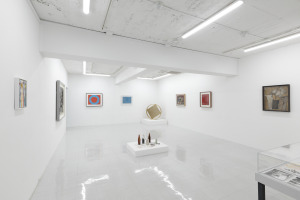
TOKYO GALLERY + BTAP
- C3
- Ginza
YASUHIRO ISHIMOTO
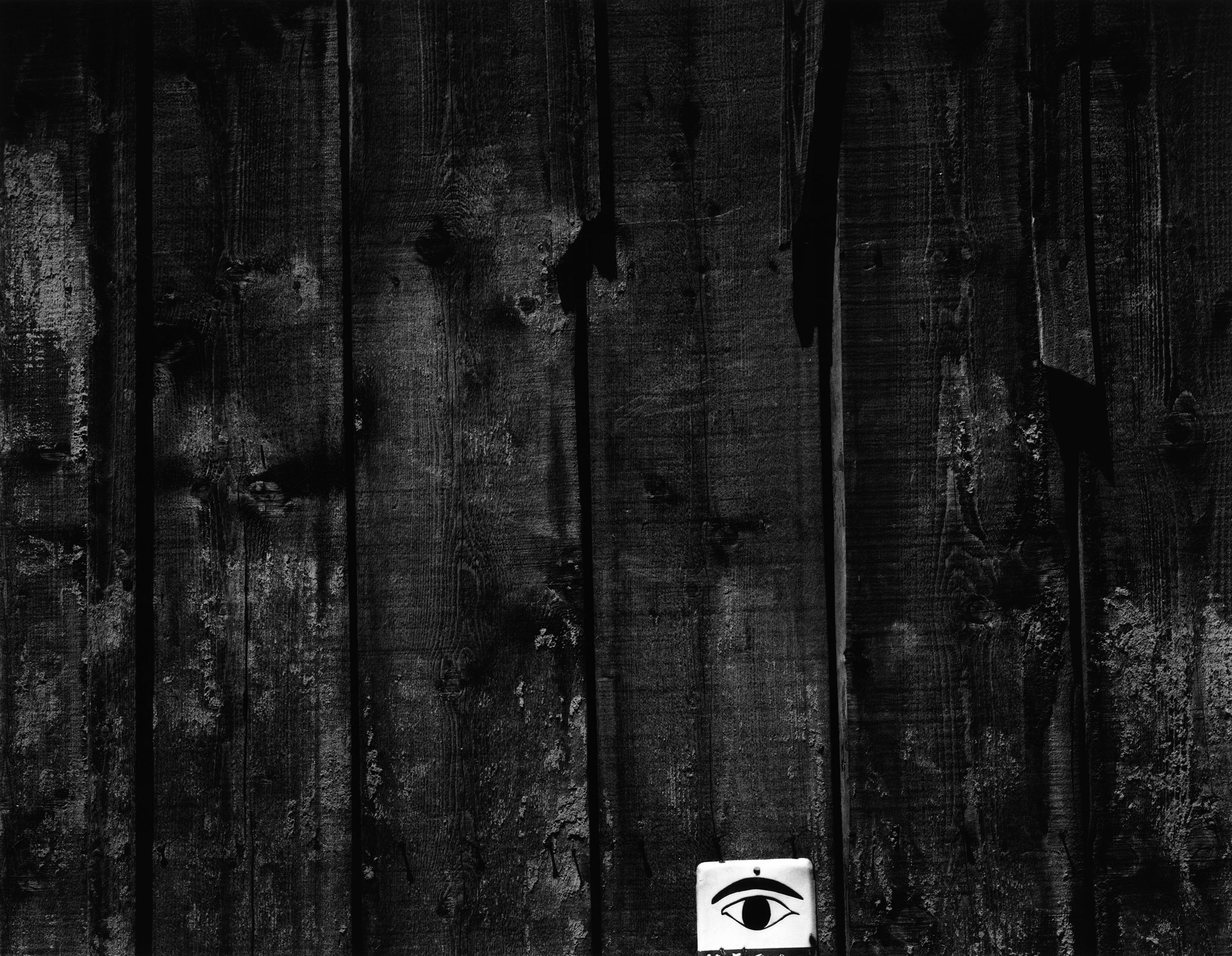
This exhibition focuses on Yasuhiro Ishimoto’s photographs of urban landscapes in Tokyo and Chicago, taken from the 1940s to the 1960s. Ishimoto (1921–2012) was born into a Japanese immigrant farming family in San Francisco. During World War II, he was interned in Camp Amache, a concentration camp for Japanese Americans in Colorado, where he was first exposed to photography. Three years after the war ended, Ishimoto attended the Institute of Design, a design school in Chicago that followed in the footsteps of the Bauhaus, and began his career as a photographer under the tutelage of Harry Callahan, Aaron Siskind, and others.
Ishimoto traveled to Japan in 1953 and produced a series of photographs of Katsura Imperial Villa in Kyoto, one of his signature projects. In 1958, he published his first photo book, Someday Somewhere, which captured the people and scenes of Chicago and Tokyo—and breathed new life into the postwar Japanese art world. Ishimoto based himself in Tokyo after that, leaving behind a body of work that presents a unique perspective on subjects such as Japanese traditional beauty (as exemplified by the Ryokai Mandalas and Ise Grand Shrine), urban landscapes, portraits, the sky, and water. Ishimoto also went beyond photography to become deeply involved in postwar international trends in design, architecture, and other fields, ultimately leading to his recognition as a Person of Cultural Merit by the Japanese government. In 2020 and 2021, a major retrospective of his career was held across three venues: the Tokyo Photographic Art Museum, Tokyo Opera City Art Gallery, and the Museum of Art, Kochi.
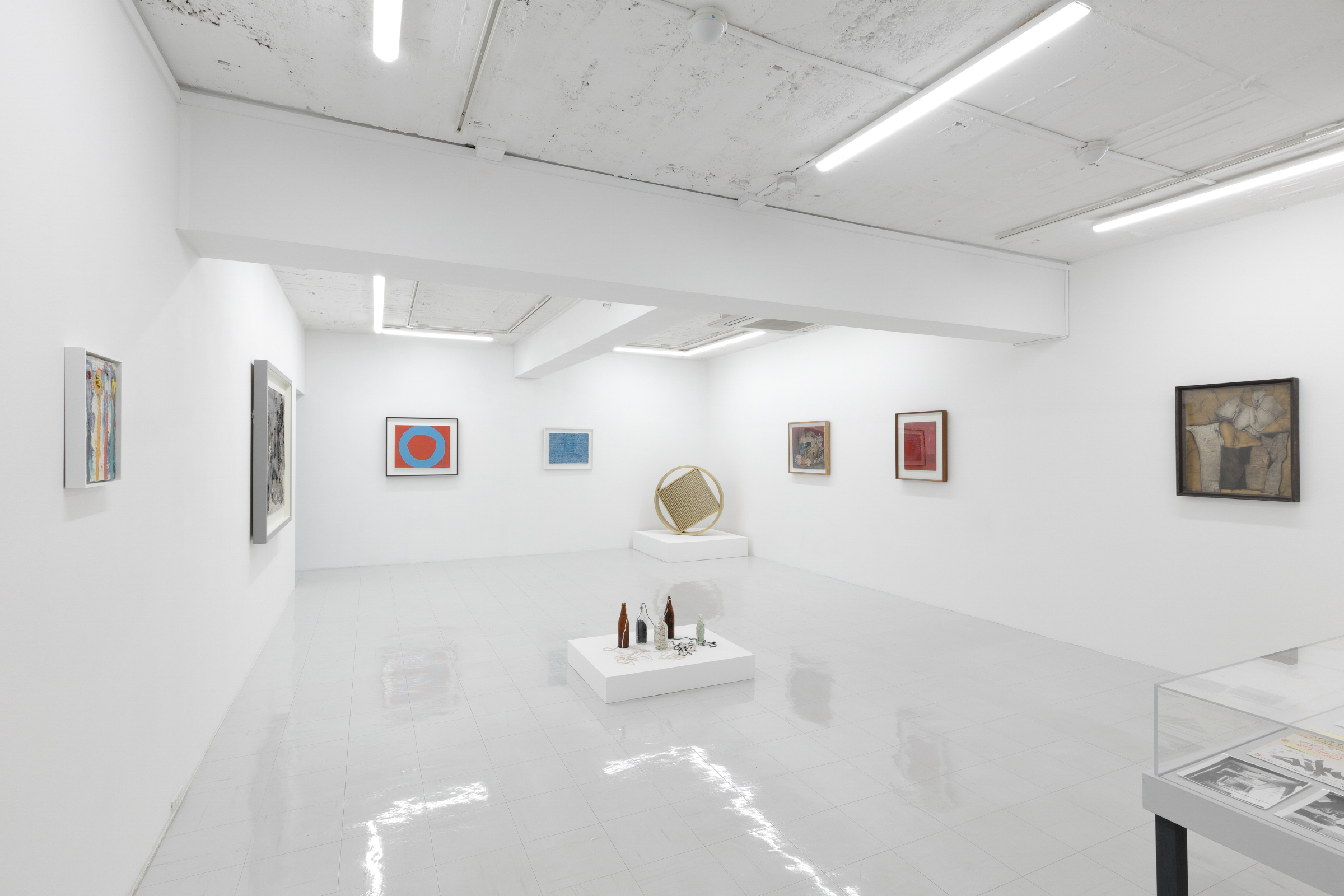
Tokyo Gallery was founded in 1950 as the first contemporary art gallery in Tokyo. In 2002 the gallery opened a new space, Beijing Tokyo Art Projects, in Beijing’s 798 Art District, and it now operates as Tokyo Gallery + BTAP. Over the course of its history the gallery has introduced Western avant-garde artists such as Lucio Fontana, Friedensreich Hundertwasser, Yves Klein, and Jackson Pollock to Japan. It has also supported experimental projects by some of Japan’s most important artists, including Taro Okamoto, Kazuo Shiraga, and Jiro Takamatsu as well as key figures associated with Mono-ha like Lee Ufan and Kishio Suga. In the 1970s the gallery began working with Korean artists, such as Kim Whanki and Park Seo-Bo, and in the late 1980s it started exhibiting then-unknown Chinese artists, including Cai Guo-Qiang and Xu Bing. Carrying this spirit forward, Tokyo Gallery + BTAP continues the mission of discovering and promoting both established and rising artists while regularly participating in international art fairs and working closely with museums and biennale exhibitions.
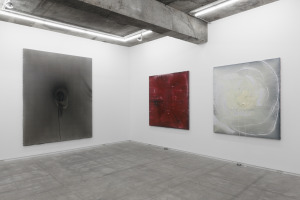
TALION GALLERY
- A4
- Mejiro
HIDEKADO GOTO: SUJIGANE-TO-ENNICHI
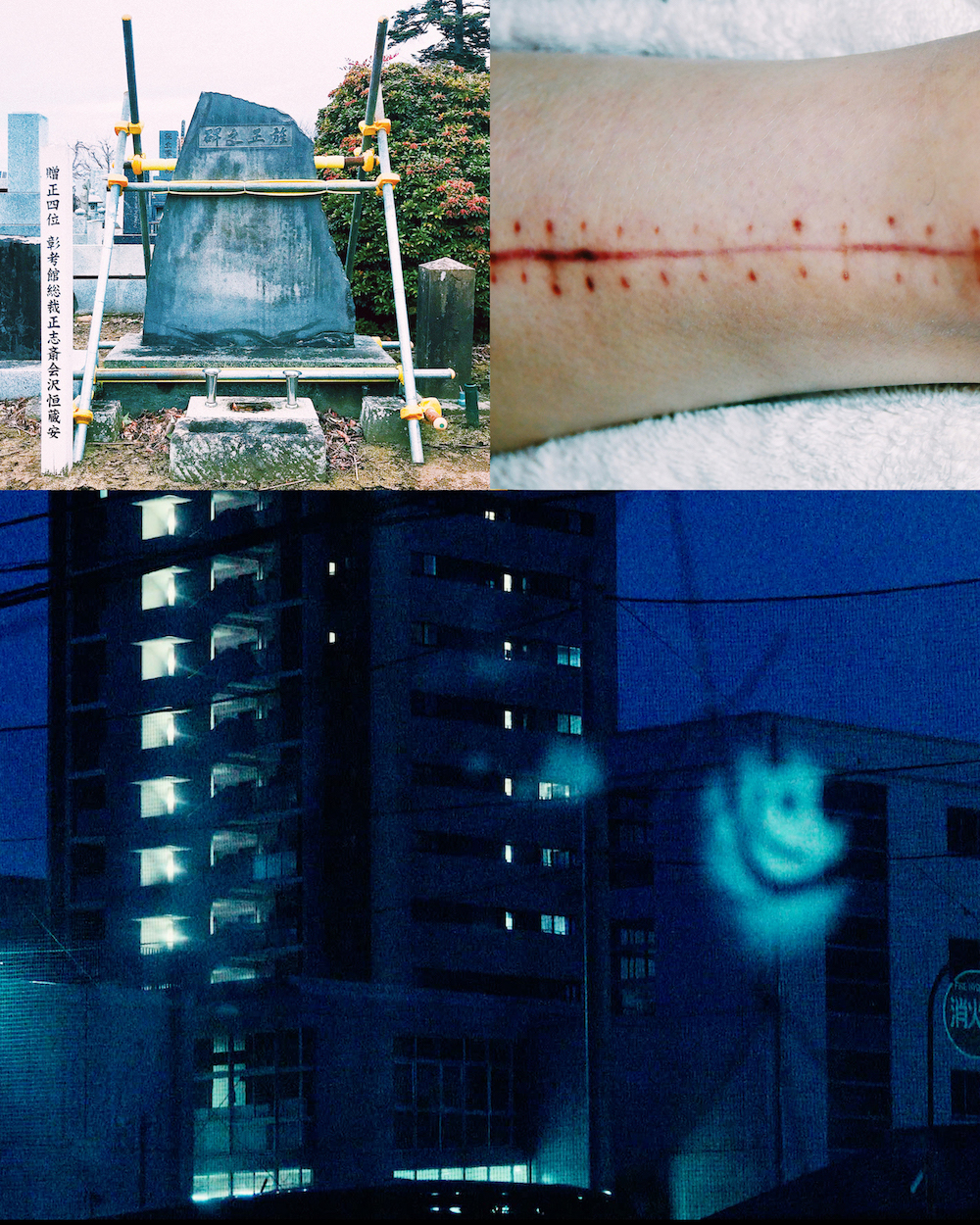
The process of ideological formation that occurred during the Meiji-era modernization campaign at the end of the 19th century was driven in part by the clash of science and faith. This violent intermingling of cultures took on unique characteristics in Japan, yet it is also a universal phenomenon that has recurred throughout human history. In “Sujigane-to-Ennichi,” Hidekado Goto reflects on how these traces of the past continue to influence us and inform our thinking about the transcendent through a mix of historical events, family memories from the artist’s hometown of Ibaraki, and the story of two women. Goto, who began his career as a beatmaker in the late 1990s, works in a variety of mediums, including video, music, drawing, and installation.
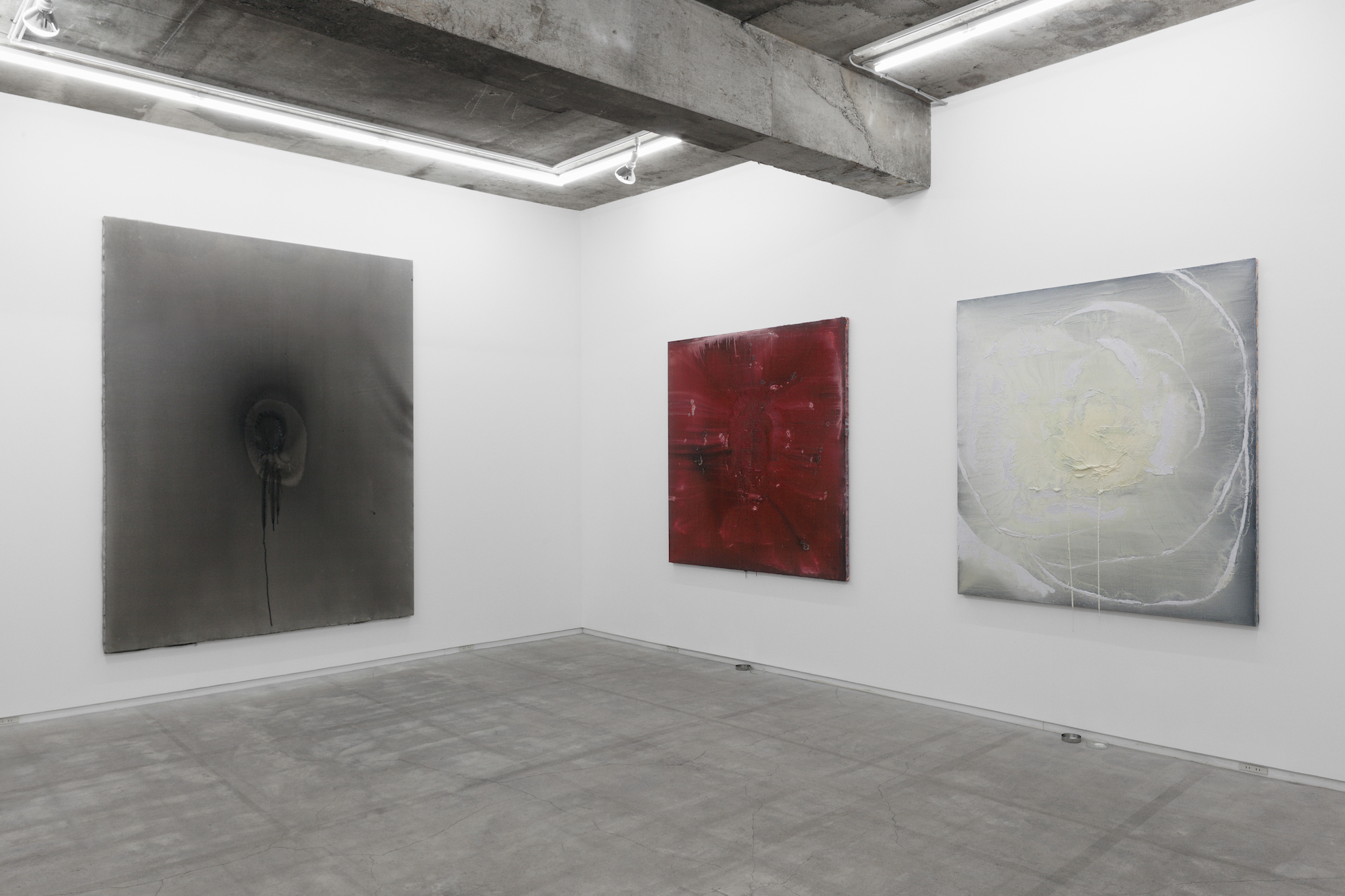
Talion Gallery was founded in the Yanaka area of Tokyo in 2011 and moved to Mejiro in 2014. The gallery presents exhibitions that take a critical stance toward historical developments in art, the cultural movements of our age, and emergent social formations. The gallery pursues a long-term vision in promoting artists with a shared sensibility that transcends generations, and it is committed to positioning its program in both Japanese and international contexts. Represented artists include Momoko Jennifer Iida, Takuma Ishikawa, Takehito Koganezawa, Keisuke Koizumi, Sayuri Miyashita, Hiroyuki Nisougi, Eri Takayanagi, Mariko Tomomasa, and Takuya Yamashita.
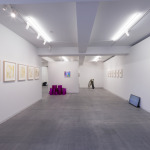
TAKE NINAGAWA
- D5
- Azabu-Juban
DEREK JARMAN
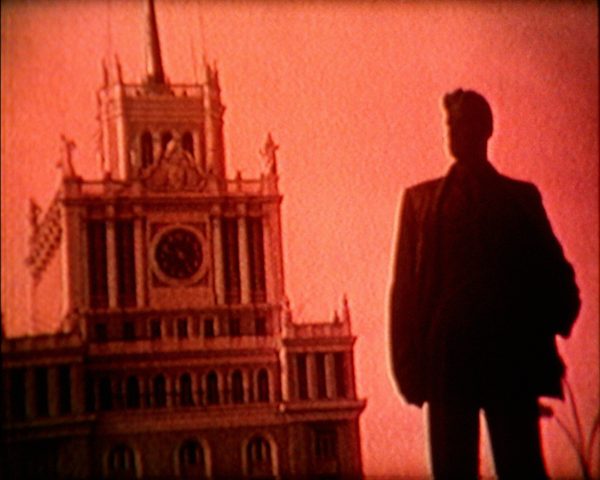
Take Ninagawa is pleased to present a solo exhibition of British artist Derek Jarman (1942–1994), an indefatigable polymath whose practice extended to painting, filmmaking, activism, costume and set design, writing, and gardening. Jarman graduated from Slade School of Fine Art, London, in 1967. He began work on his Black Paintings in 1986, around the time he was diagnosed as HIV-positive and moved to Dungeness, a hamlet on the English coast next to a nuclear power plant. Variously incorporating glass shards, photographs, an empty tube of K-Y Jelly, and bits of flotsam on thickly painted black backgrounds, these intimately scaled mixed-media works register the intersections between Jarman’s personal history and his filmmaking. The paintings also refer to broader social currents at a time of pervasive homophobia toward people living with AIDS, and they can be seen in dialogue with works by artists ranging from Kurt Schwitters to Robert Rauschenberg and Paul Thek. On view in this exhibition is a selection of Black Paintings made between 1986 and 1991, alongside Jarman’s first film, Electric Fairy (1971), and the film Imagining October (1984).
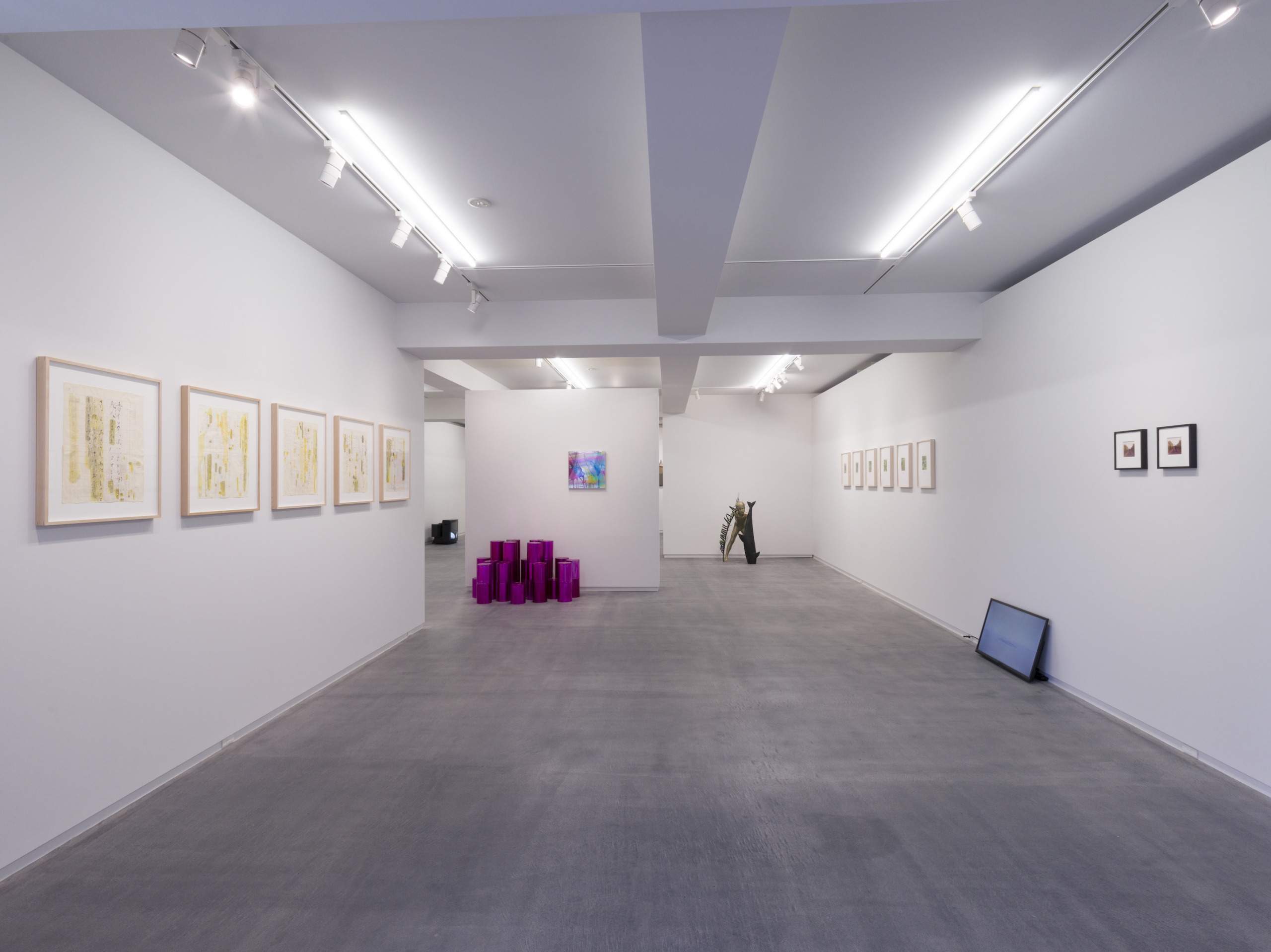
Established in 2008, Take Ninagawa is dedicated to promoting emerging and historically established Japanese artists in a cross-generational, international framework. Represented artists build upon precedents in Japanese postwar experimental art in developing their own approaches to address contemporary concerns. International artists in the gallery’s program are invited to respond to the specific context for contemporary art and culture in Japan while giving expression to the broader perspectives they bring with them. Each exhibition at the gallery is conceived on a project basis, with artists encouraged to develop ideas across a series of exhibitions. Driven by a mission to produce new values that can challenge entrenched power structures in art and society, Take Ninagawa frequently collaborates on initiatives with other galleries in Japan, the Asia Pacific, and beyond. Represented artists include Ryoko Aoki, Thea Djordjadze, Kazuko Miyamoto, Shinro Ohtake, Aki Sasamoto, Danh Vo, and Tsuruko Yamazaki.
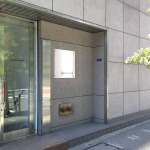
TAGUCHI FINE ART
- B6
- Mitsukoshi-Mae
KIM TAEK SANG: PURITY
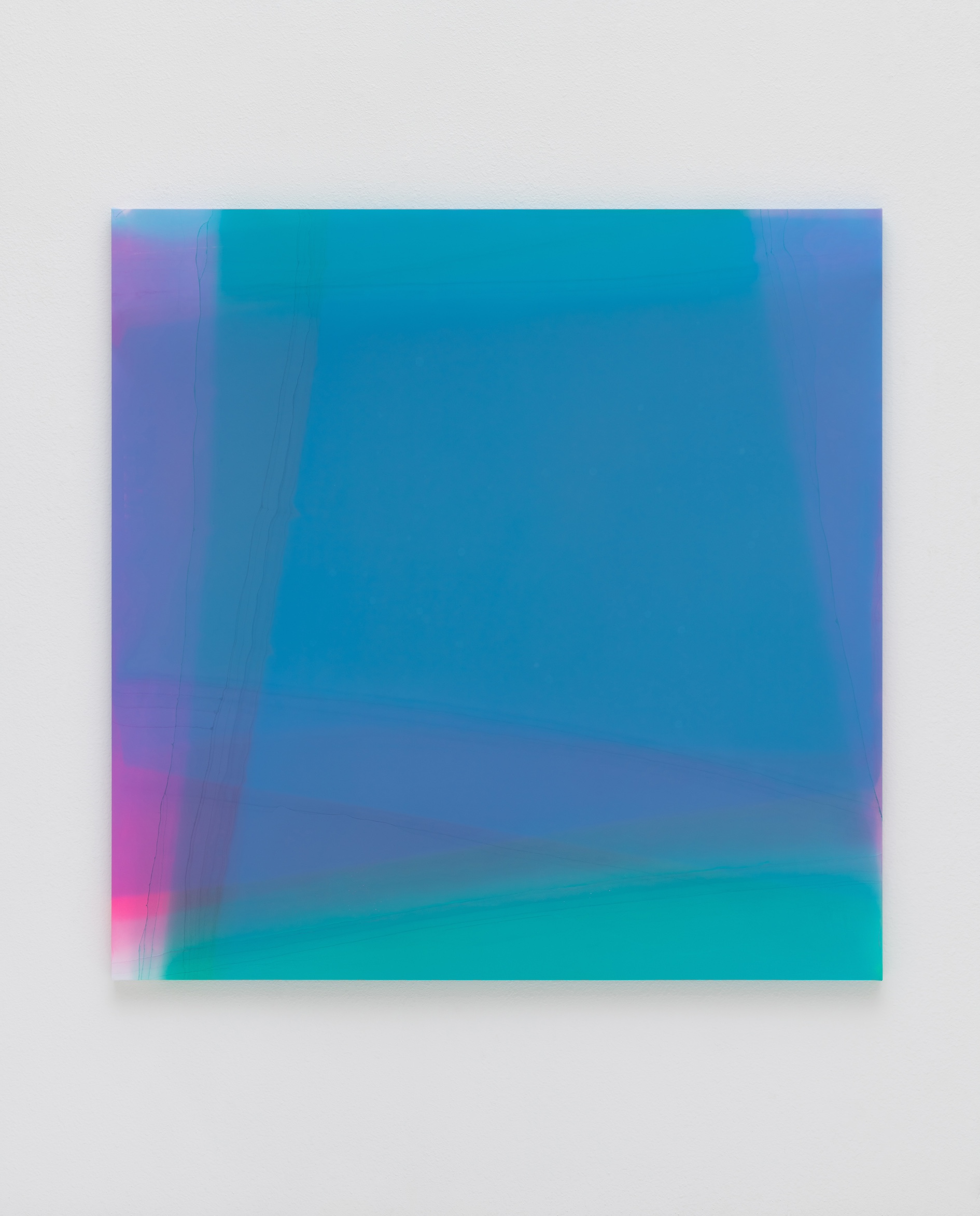
Taguchi Fine Art is pleased to present a solo exhibition by Kim Taek Sang, a key figure in the second generation of Korean Dansaekhwa painters. Kim creates his works slowly, soaking unstretched canvases in a mix of acrylic paint and water, then waiting for them to dry. What results are paintings in soft and gentle colors with a quality of ripeness gained over time.
The works on view will show how Kim has expanded his practice since his previous solo exhibition at the gallery in 2018. He now uses irregularly shaped fabrics as an underlay when soaking his canvases, and his palette now includes fluorescent colors evocative of the Northern Lights as well as natural dyes derived from beetles.
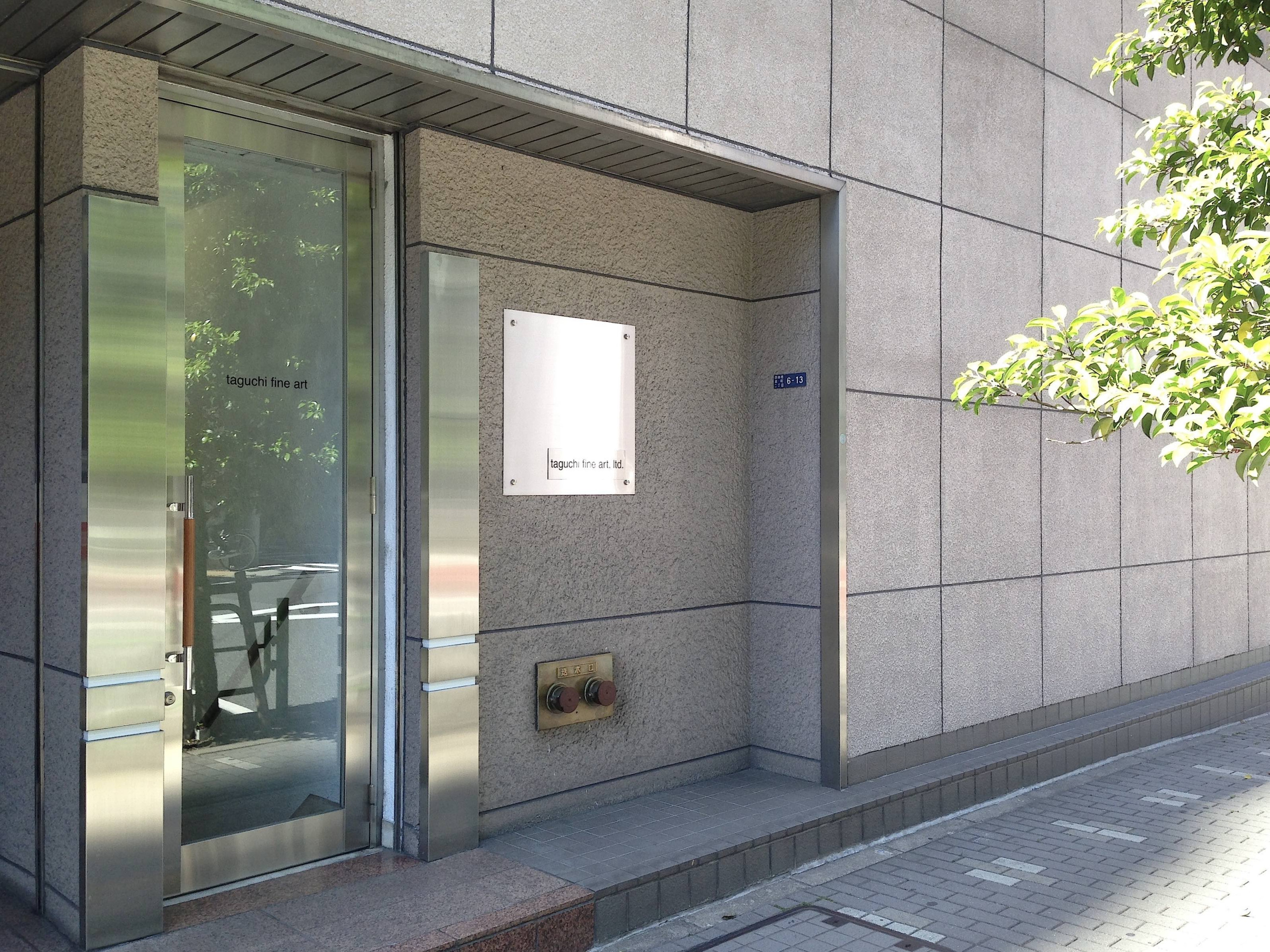
Taguchi Fine Art was founded in 2001 with the belief that art should address the existential problems of humankind. The gallery promotes Japanese and international artists who share this philosophy by hosting exhibitions in its Tokyo space, staging pop-up shows, and participating in such art fairs as Art Cologne, Art Karlsruhe, Kiaf Seoul, LA Art Show, Art Fair Tokyo, and Art Osaka. Represented artists include Frank Gerritz, Yasutake Iwana, Kim Taek Sang, Christiane Löhr, Yoshinobu Nakagawa, Shigeru Nishikawa, Morio Nishimura, Regine Schumann, Michael Toenges, and Aki Tsukamoto.
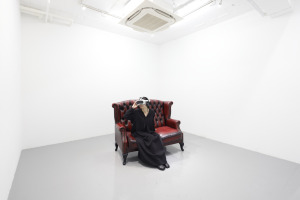
SNOW CONTEMPORARY
- E4
- Roppongi
YURIKO ASANO
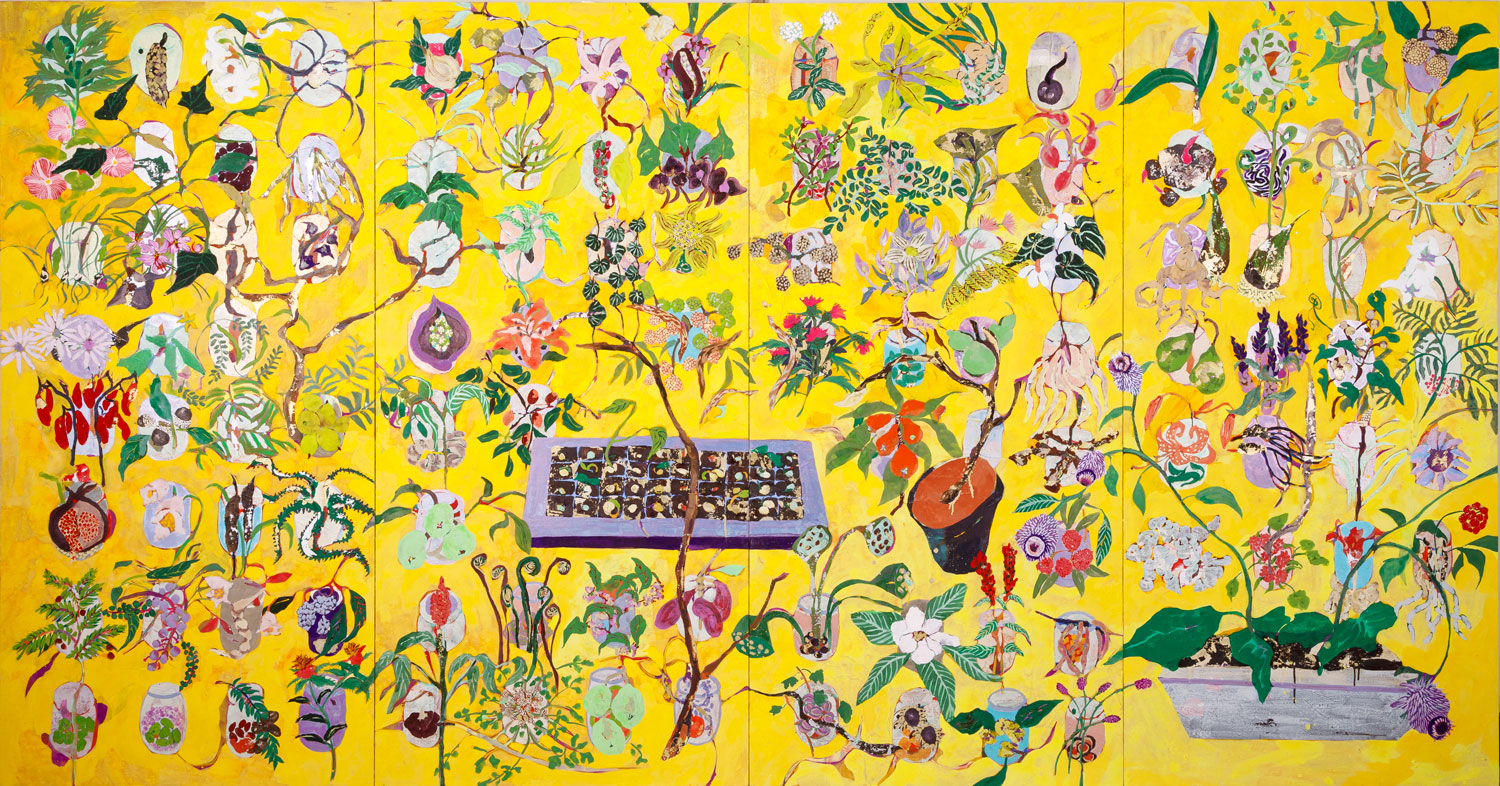
Yuriko Asano travels to various places to learn about local food cultures and uses of plants. Drawing on her personal observations and interviews with the people she encounters in each place, she makes paintings in Japanese pigments and oils that explore our relationship to nature. The resulting works are characterized by rich colors, a positive worldview, and great vitality.
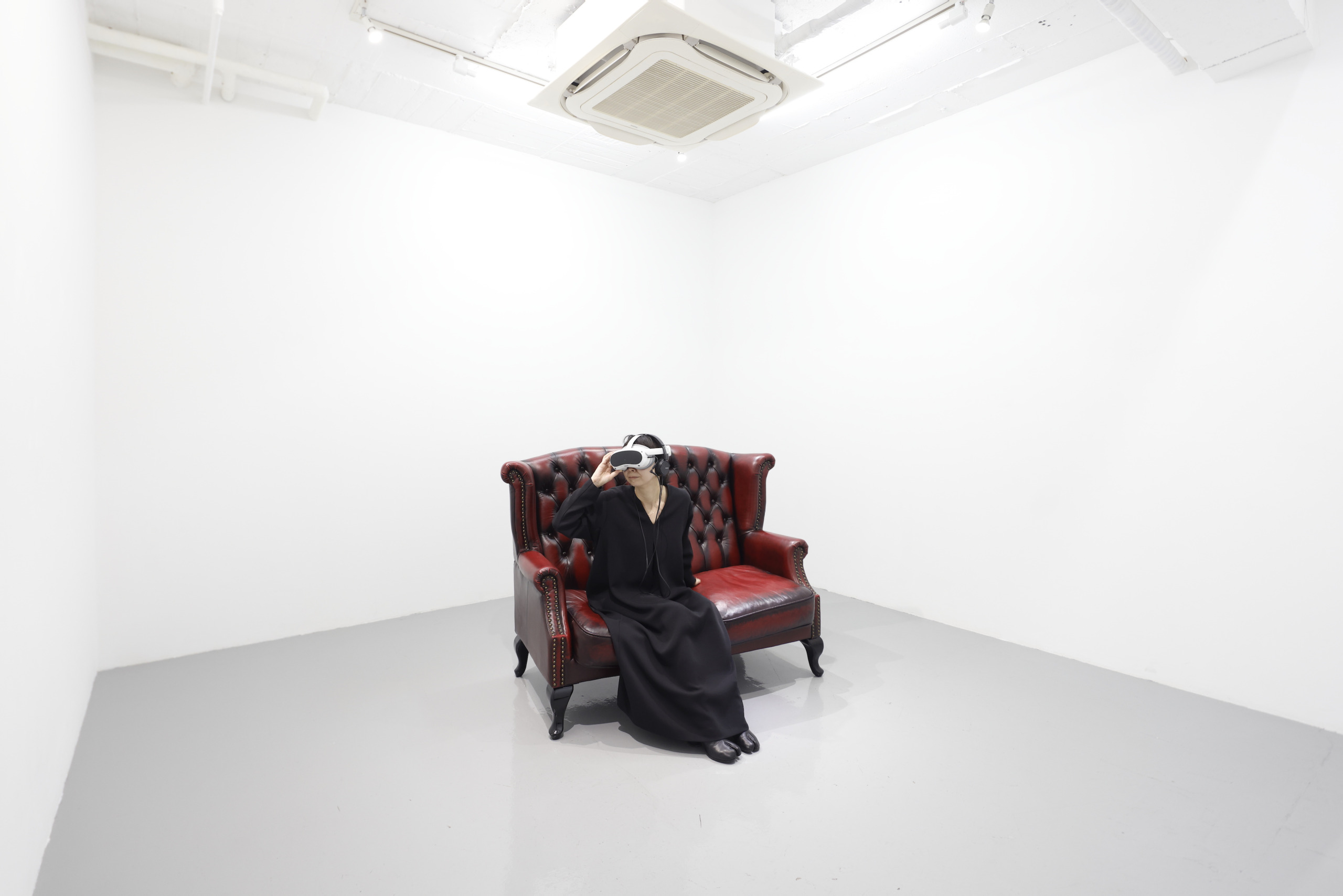
Snow Contemporary was founded in 2010 as an artist management office based between Tokyo and Singapore and has occupied its current premises in Nishi-Azabu since 2016. The gallery exhibits cutting-edge work in genres ranging from street art to performance and Conceptual art. In order to expand the visibility of its artists, the gallery also organizes projects at a variety of other venues. Represented artists include Tatsuo Kawaguchi, Fuyuki Yamakawa, Yosuke Amemiya, Hitotzuki, Rintaro Fuse, Swoon, and David Stenbeck.
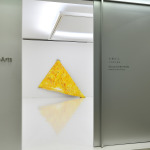
SHUGOARTS
- G2
- Roppongi
MASATO KOBAYASHI: ABOUT FREEDOM
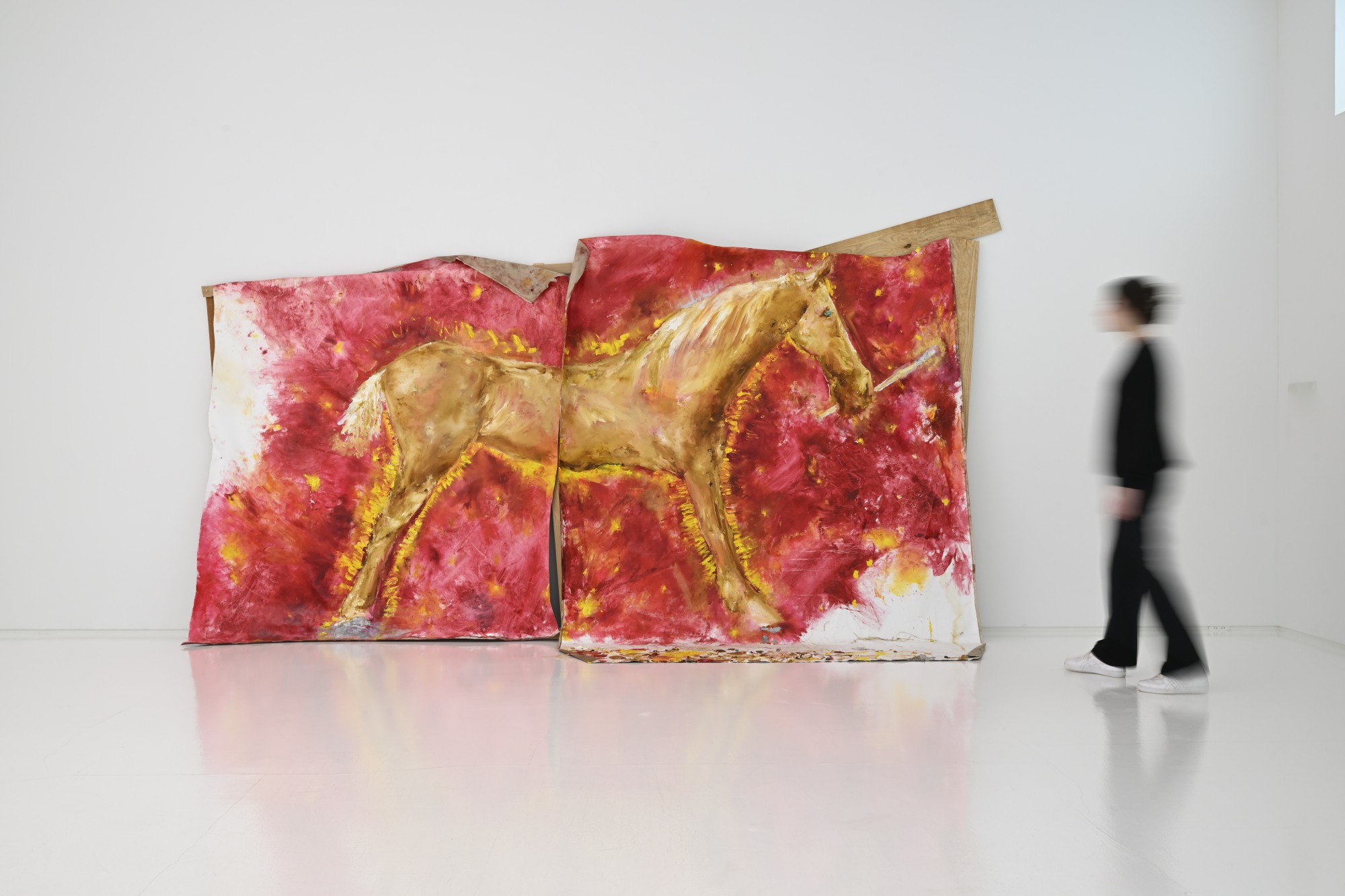
ShugoArts is pleased to present “About Freedom,” a solo exhibition by Masato Kobayashi. “Freedom,” as Kobayashi understands it, is not about abandoning the frameworks of art and society but rather imagining what we can do within their constraints in order to expand the practice of painting. The exhibition consists of several works, including Artist (2023), which evolves out of a massive, 2-by-10-meter piece Kobayashi made for his 2004 solo exhibition “Starry Paint” at Tensta Konsthall in Sweden. At the conclusion of the exhibition, Kobayashi cut the original work into fragments that were then turned into works themselves. In a similar fashion Artist transforms the remnants of the original work into a completely new entity.
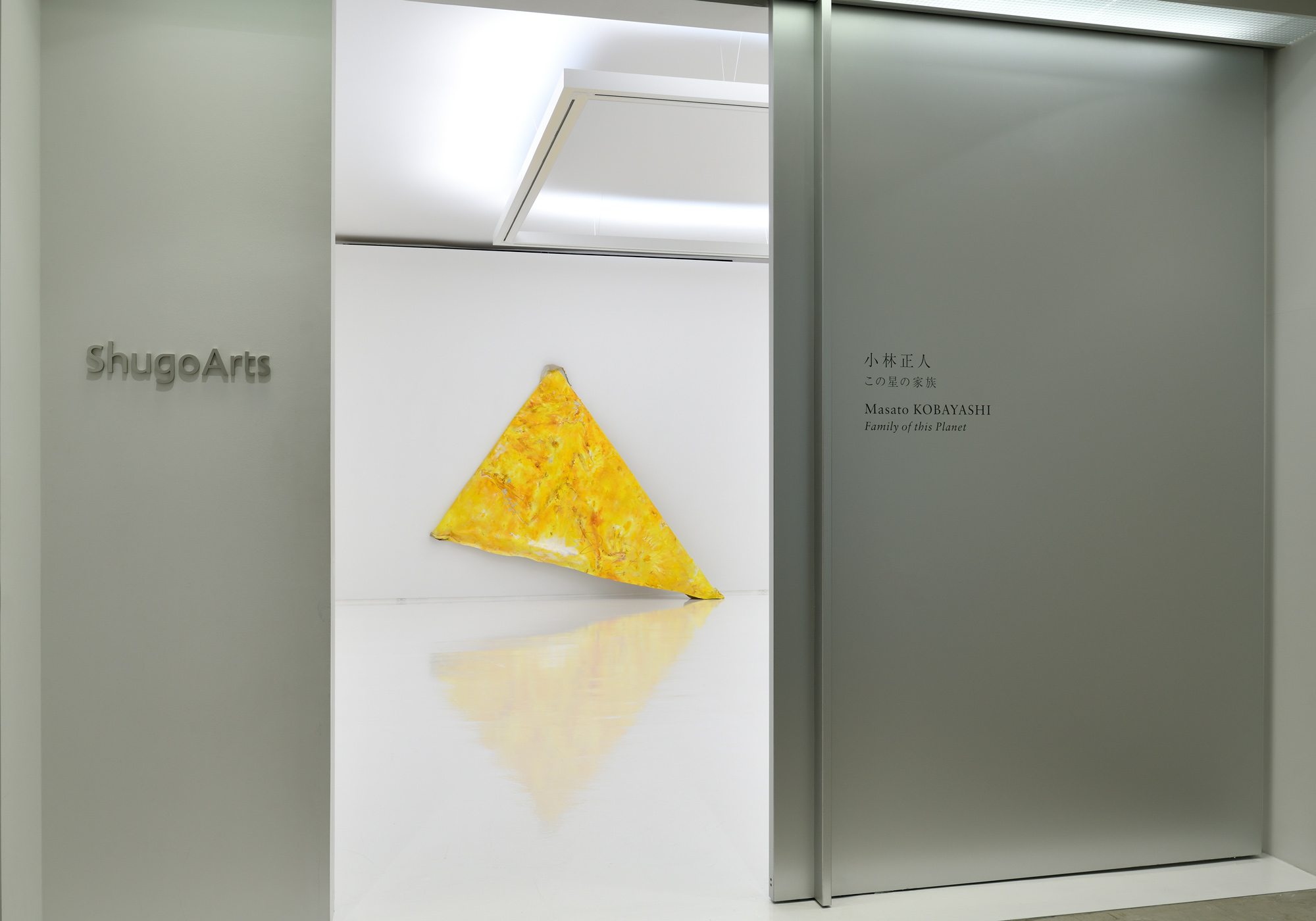
Shugo Satani worked at his father Kazuhiko’s Satani Gallery before starting ShugoArts in 2000. The gallery moved to Roppongi in 2016 and opened a viewing space in Tennozu Isle in 2021. ShugoArts aims to create new art historical values through its exhibition program, prioritizing above all the free expression of artists. The gallery collaborates with such artists as Masaya Chiba, Yukio Fujimoto, Leiko Ikemura, Masato Kobayashi, Aki Kondo, Lee Kit, Naofumi Maruyama, Anju Michele, Ritsue Mishima, Yasumasa Morimura, Yuji Ono, Yoriko Takabatake, Shigeo Toya, Atsushi Yamamoto, and Tomoko Yoneda.
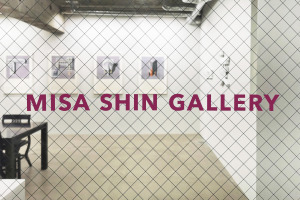
MISA SHIN GALLERY
- D4
- Hiroo
NAOYOSHI HIKOSAKA
PWP: PRACTICE BY WOOD PAINTING
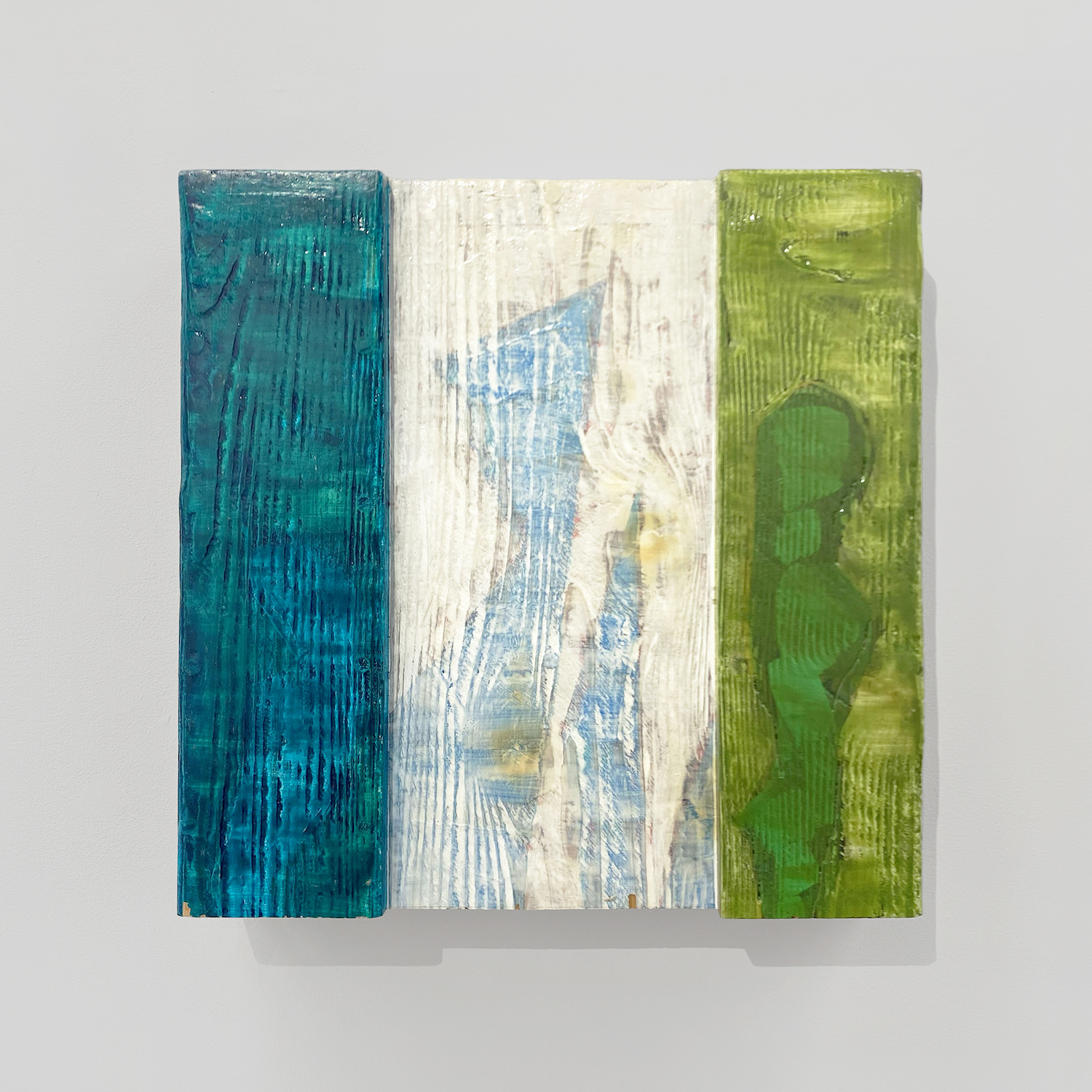
Misa Shin Gallery is pleased to present a solo exhibition by Naoyoshi Hikosaka, an artist who challenged the institutional framework of art in Japan in the 1970s. “PWP: Practice by Wood Painting” features 12 wood paintings from the 1980s and 1990s that were recently discovered in Hikosaka’s studio. On view for the first time, they include abstract works on wooden supports of various shapes and are characterized by minimalistic forms and tones, layers of colorful transparent paint, and fractal elements. Following performances such as Floor Event (1970), Hikosaka’s wood pieces further his experiments with “post-painting painting.”
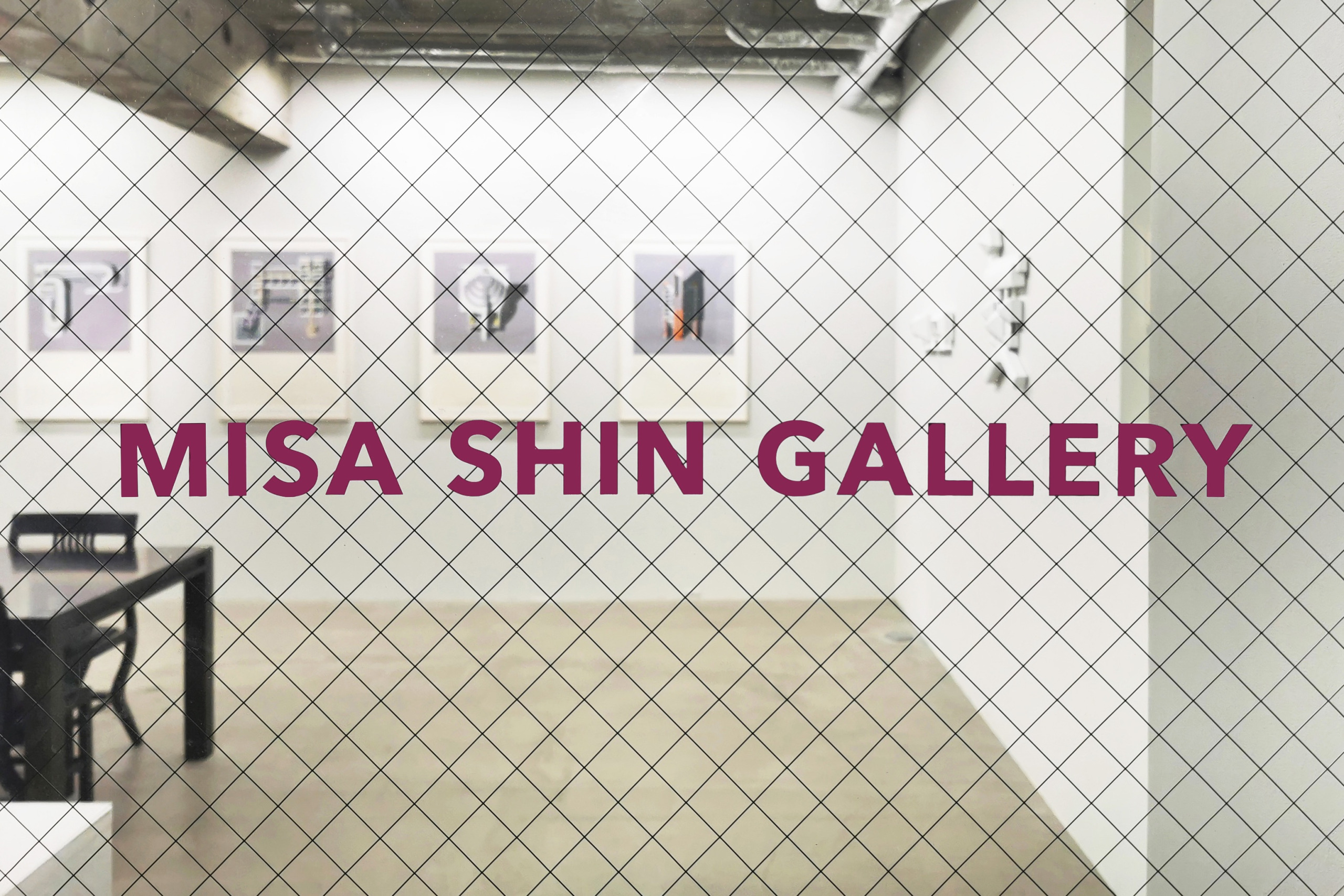
Misa Shin Gallery opened in 2010 in Shirokane, a central and historically industrial area of Tokyo that still contained small factories at the time. In 2018 the gallery relocated to Minami-Azabu, a quiet residential neighborhood that is also home to many embassies. The gallery represents a multigenerational roster of Japanese and international artists, many of whom work with conceptual and interdisciplinary approaches. The gallery seeks to both present exhibitions of cutting-edge work and establish the historical significance of its artists. In particular, the gallery’s representation of Japanese conceptual artists from the 1960s and ’70s has made lasting contributions to the global understanding and appreciation of postwar Japanese art.
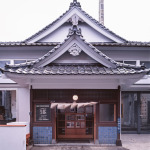
SCAI THE BATHHOUSE
- A8
- Nezu
BOSCO SODI: GALAXY
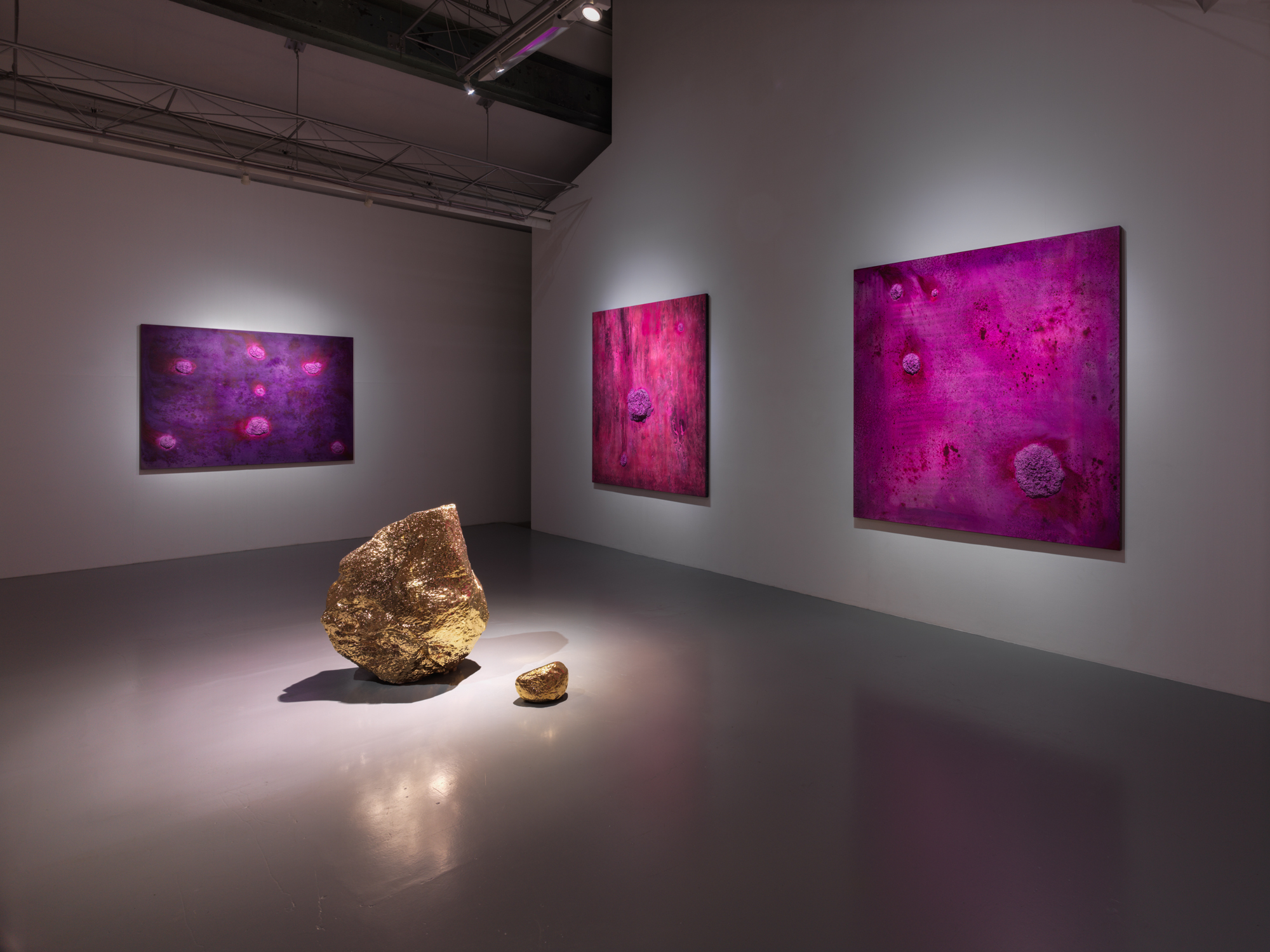
The Mexican-born, New York–based artist Bosco Sodi is known for his richly textured, vividly colored large-scale paintings. Sodi has discovered an emotive power within the inherent crudeness of the materials that he uses to produce his paintings. He seeks to transcend conceptual barriers by emphasizing material exploration, the creative gesture, and the spiritual connection between the artist and his work. He also applies this approach to making site-specific installations, which incorporate raw materials such as wood, stones, clay, and earth. The artist’s first solo show at the gallery in five years, this exhibition surveys his recent projects, presents new works, and looks ahead to developments to come.
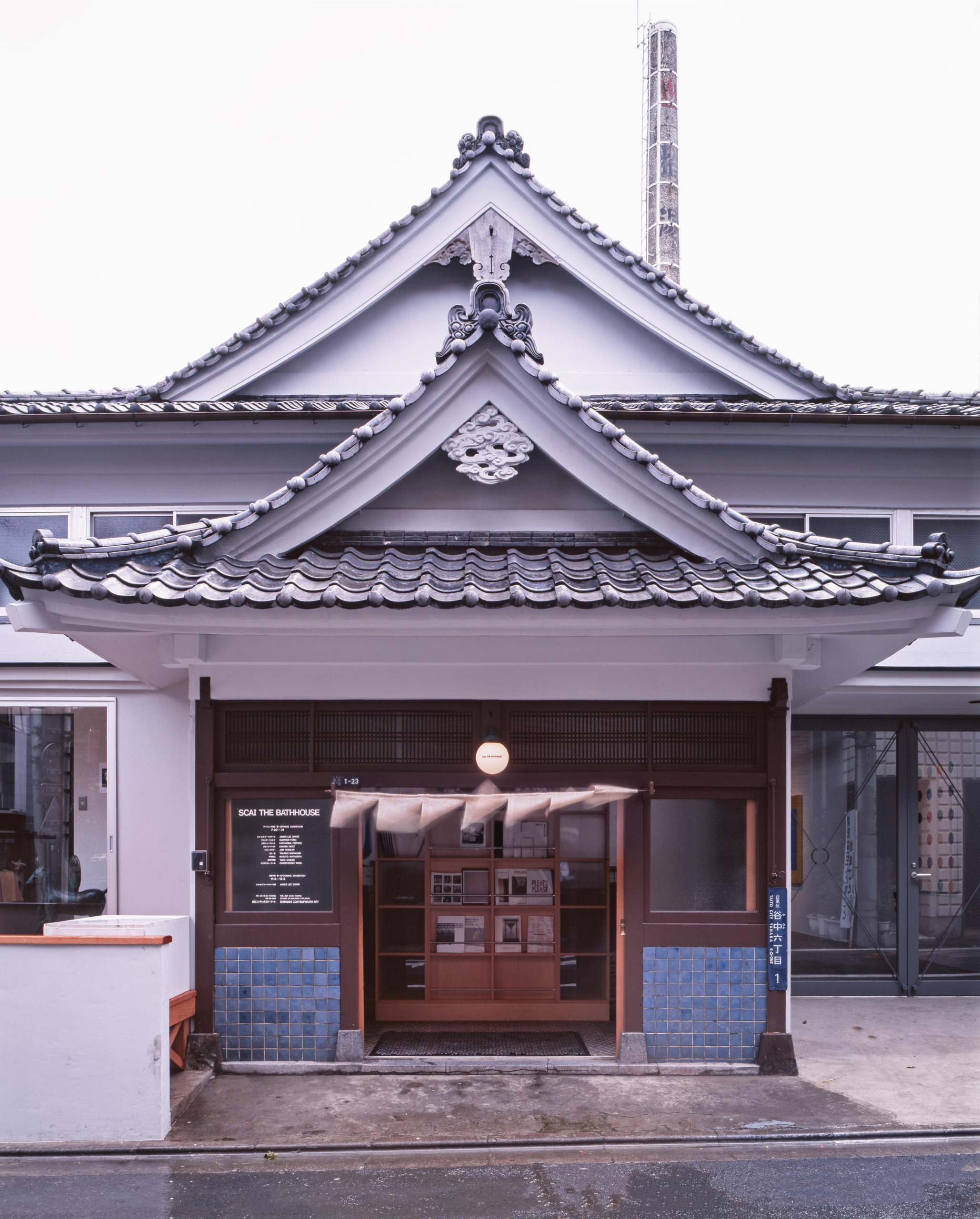
SCAI The Bathhouse was founded in 1993 in a 200-year-old former public bathhouse building in the old Tokyo district of Yanaka, a short walk from Ueno, an area dense with museums and art schools. Representing artists from across a wide range of generations and practices, the gallery seeks to function as a meeting place for various currents of contemporary art from Japan and abroad. To pursue this mission further, the gallery recently opened Komagome Soko, an experimental project space for emerging talents; SCAI Park, which transforms part of a storage facility into an exhibition site; and SCAI Piramide, an outpost in Roppongi for cultivating thoughtful exchanges and further advancing the contemporary art scene in Tokyo.
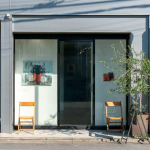
POETIC SCAPE
- E6
- Nakameguro
HARUKA YAMADA: MIRAGE OF SUNDIALS
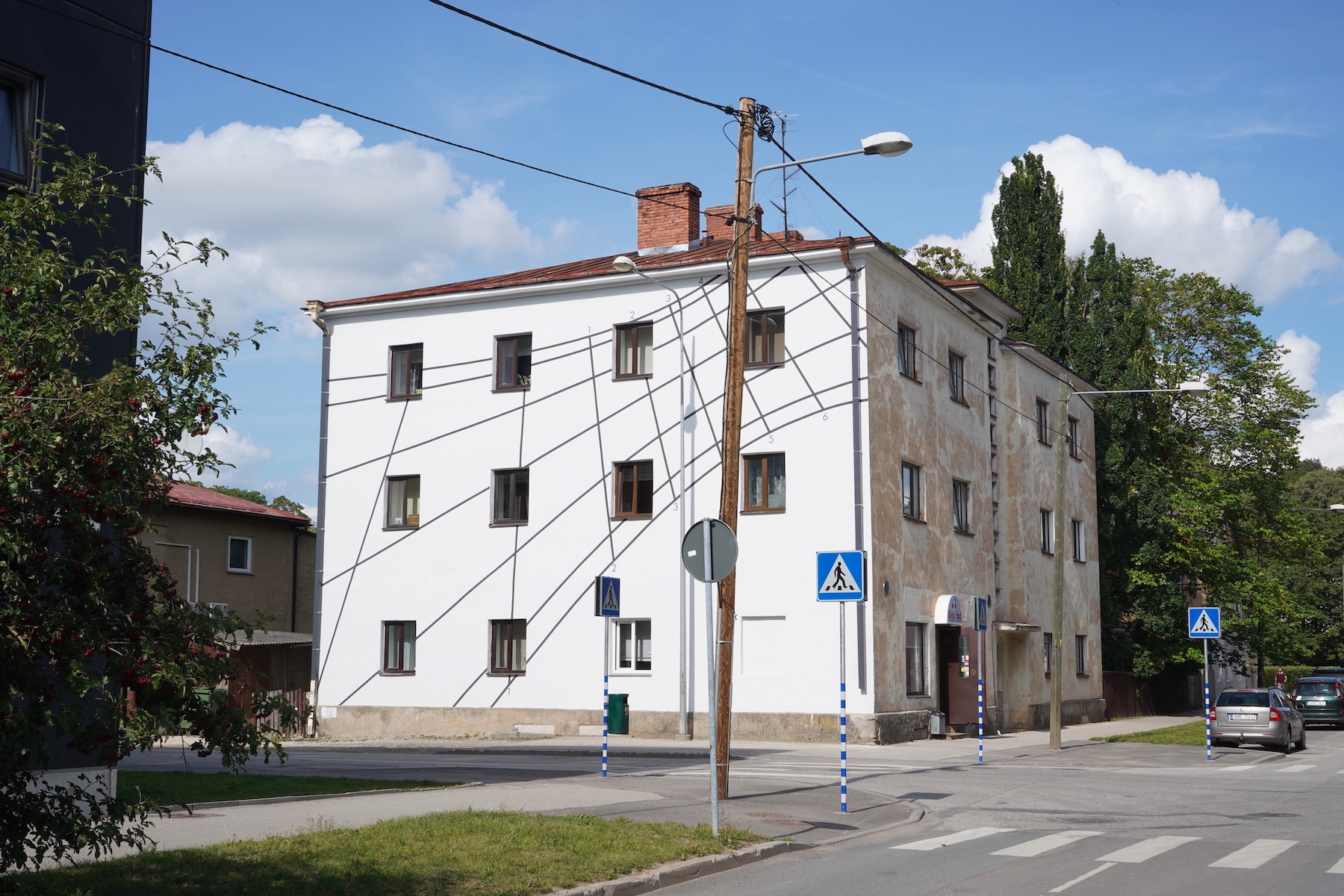
Poetic Scape is pleased to announce “Mirage of Sundials,” Haruka Yamada’s second solo exhibition with the gallery. Since commencing her Sun of the City project in 2013, Yamada has traveled to cities around the world to turn buildings into site-specific sundials. The works on view in “Mirage of Sundials” reflect on this project in various ways.
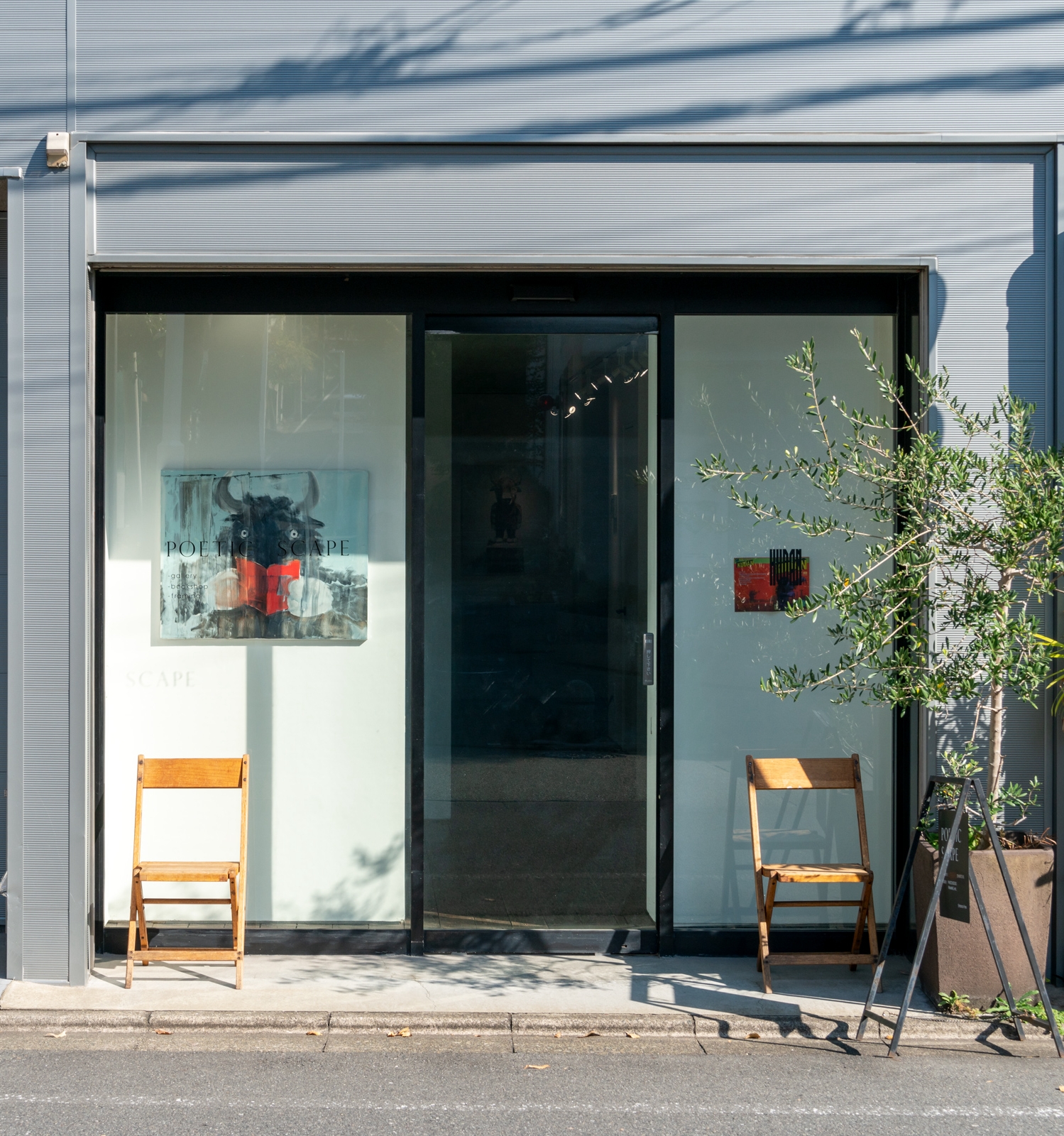
Poetic Scape opened in Nakameguro in 2011 as a gallery specializing in photography. In recent years, its program has expanded to include works in other mediums. Combining the words “poetic” and “landscape,” the gallery name reflects the ambition to show visitors a new landscape that cannot be clearly defined by language but that artists have the ability to see. Affiliated artists include Daido Moriyama, Hiroshi Nomura, Sakiko Nomura, Tracy Templeton, Toshiya Watanabe, and Haruka Yamada. In addition to its exhibition space, Poetic Scape runs a small shop that sells artist books and texts on photographic theory.
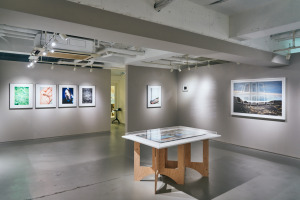
PGI
- D6
- Azabu-Juban
HIROYUKI TAKENOUCHI: L/C/R
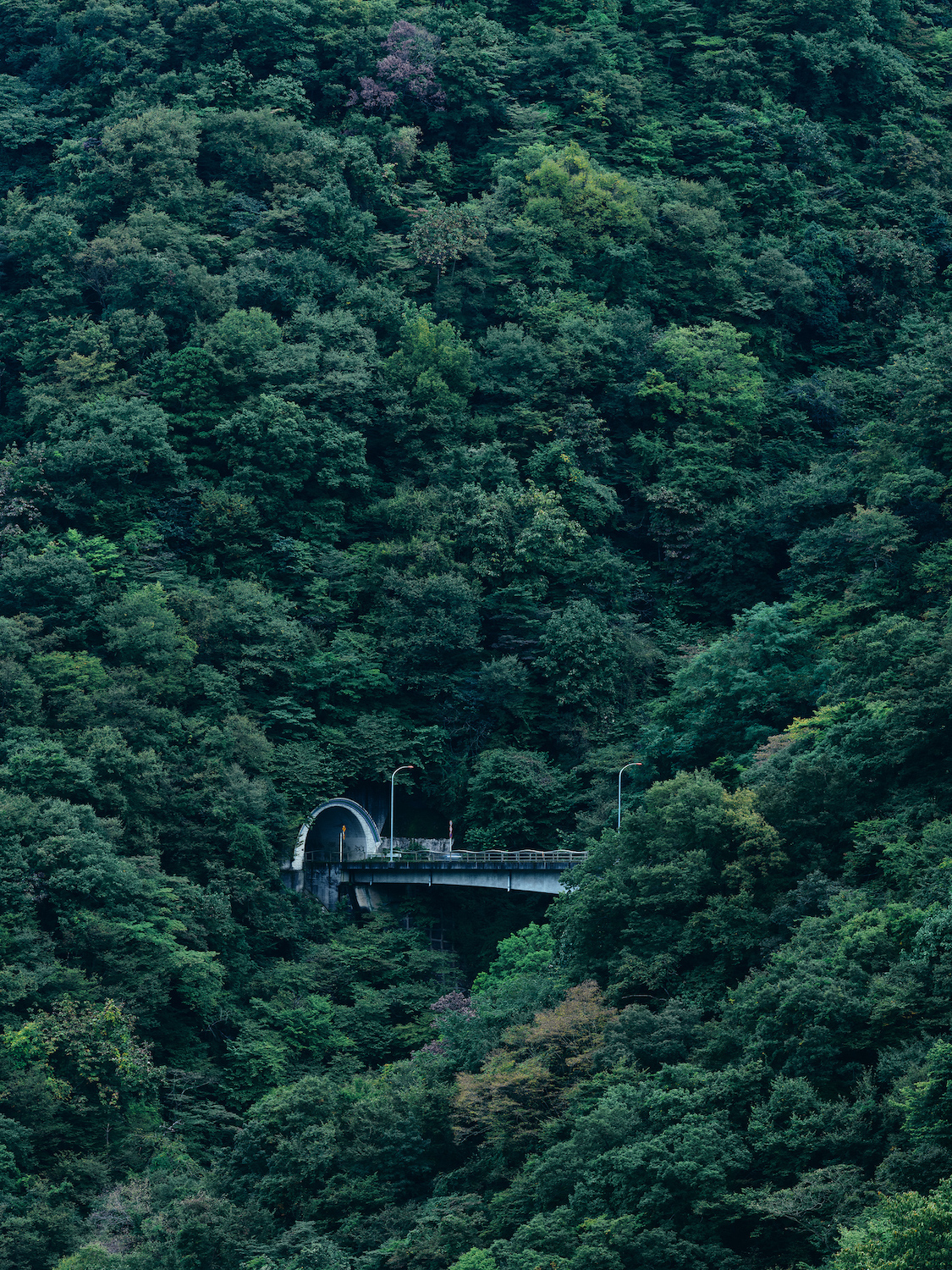
Whether photographing cityscapes, flora, daily life, or dear friends, Hiroyuki Takenouchi challenges society’s unspoken rules and strives to reveal the hidden nature of his subjects. The resulting pictures, which often address loneliness and alienation, are nuanced meditations on human identity. Since “Liberty City,” his debut exhibition at PGI in 2009, Takenouchi has become a highly recognized figure in Japanese contemporary art. “L/C/R” is the artist’s fourth solo exhibition with the gallery.
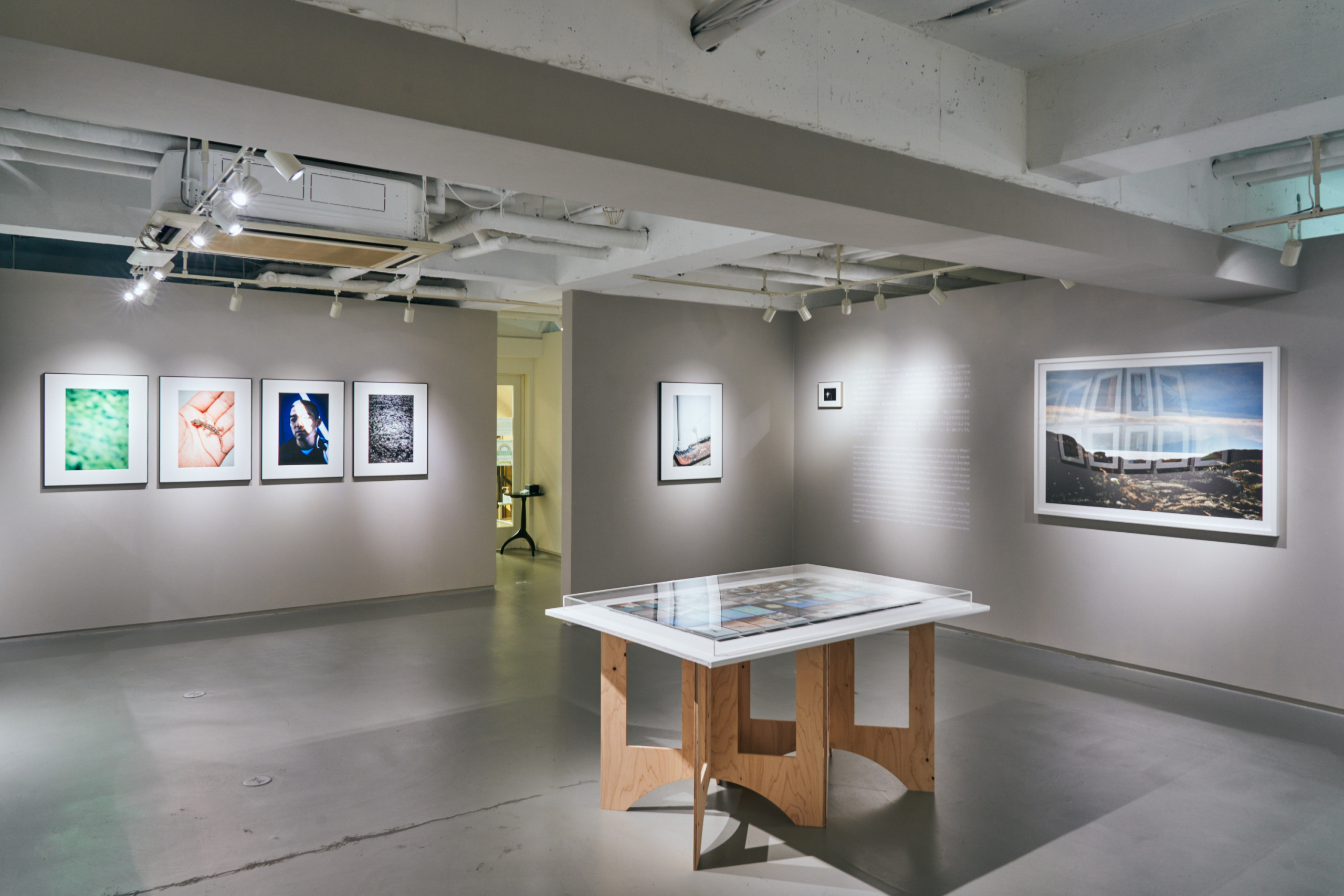
A pioneer among Japanese commercial galleries specializing in photographic art, Photo Gallery International was established in Tokyo’s Toranomon district in 1979. The gallery adopted its current name, PGI, upon its move to Higashi-Azabu in 2015. PGI exhibits seminal photographers from the United States and beyond, including Ansel Adams, Edward Weston, Harry Callahan, and Emmet Gowin. The gallery also works with masters of Japanese postwar photography like Yasuhiro Ishimoto, Kikuji Kawada, Ikko Narahara, and Eikoh Hosoe. PGI takes pride in partnerships with established artists such as Kozo Miyoshi, Michiko Kon, and Yoshihiko Ito that date back to the early days of their careers. Since 2003, the gallery has also discovered new talents, welcoming Shintaro Sato, Takashi Arai, Yuki Shimizu, Narumi Hiramoto, and many others to the program.
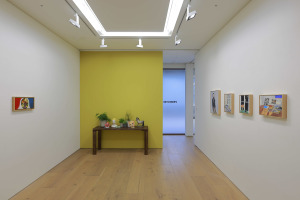
PERROTIN
- G2
- Roppongi
JEAN-PHILIPPE DELHOMME: VISAGE(S)
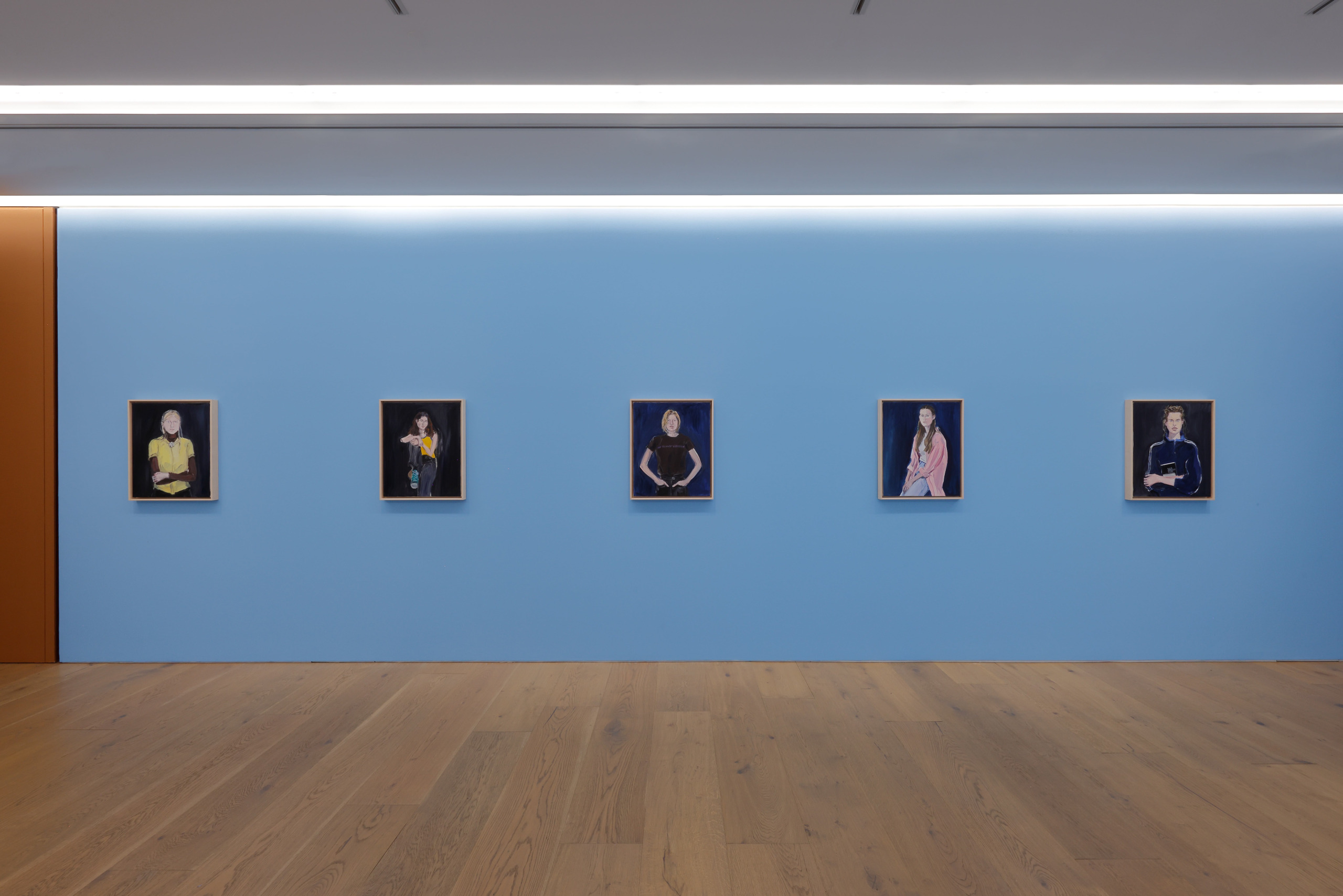
For his first solo exhibition at Perrotin Tokyo, French artist Jean-Philippe Delhomme presents a series of new portraits painted from life in his Paris studio. Unlike much contemporary figurative painting mediated by photography, Delhomme’s portraits are created through direct observation of his models. His practice could be characterized as a painting of representation: “a bringing before one,” as per the word’s etymology, of an image or figure that substitutes reality.
Each of Delhomme’s portraits records the presence of a model in the controlled situation of the studio. The artist is less interested in likeness than the exchange of gazes between painter and model, continuing a long tradition of portraiture that predates photography.
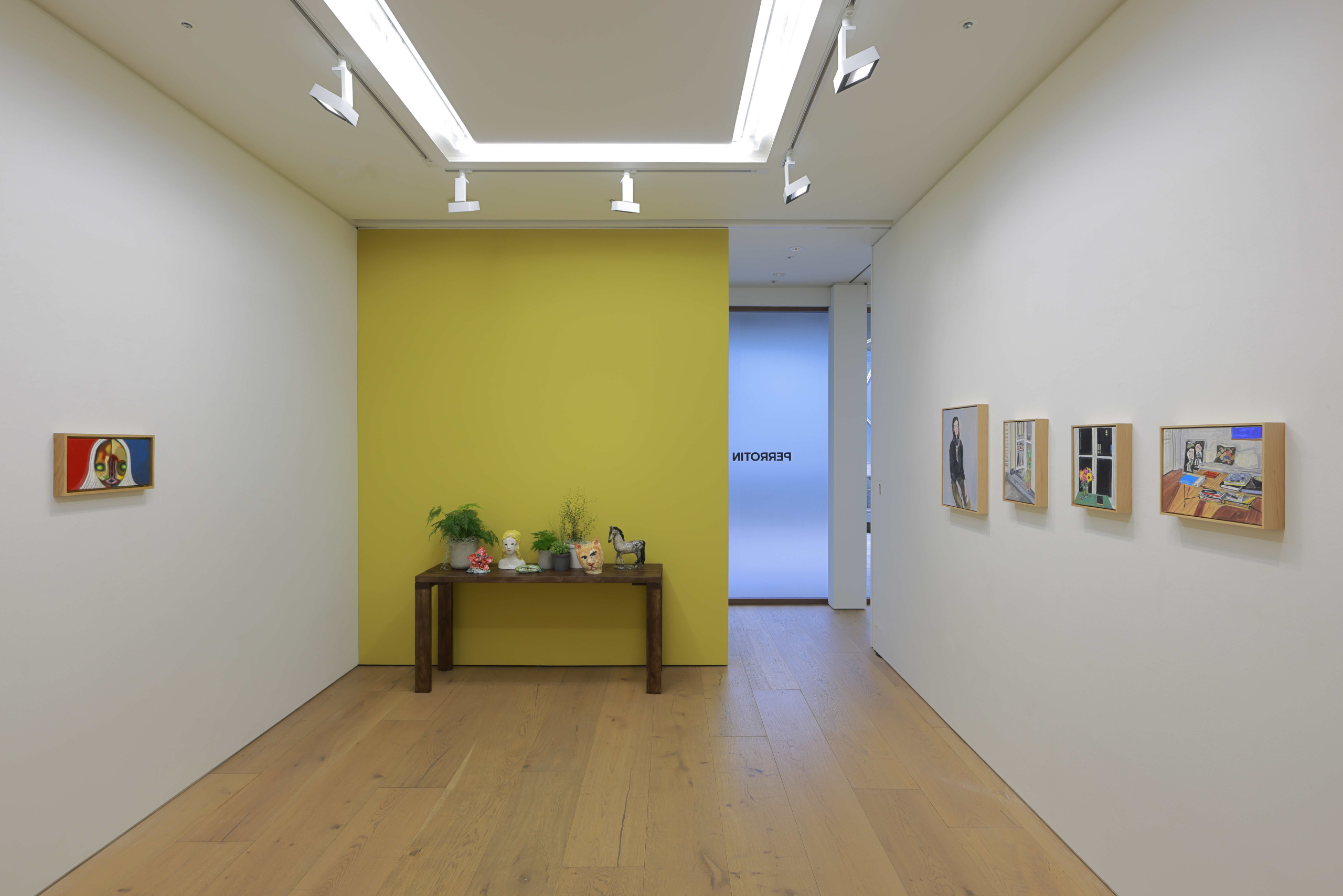
Emmanuel Perrotin founded his first gallery in Paris in 1990 at the age of 21. He has worked closely with his roster of artists—some for more than 30 years—to help realize their ambitious projects. Perrotin opened a Hong Kong space in 2012, followed by spaces in New York in 2013, Seoul in 2016, Tokyo in 2017, Shanghai in 2018, Dubai and a second Seoul location in 2022, and Los Angeles in 2023. With galleries now on three continents, Perrotin continues to gain international recognition and influence. The gallery also participates in more than 20 art fairs each year.
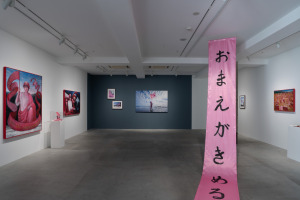
OTA FINE ARTS
- G2
- Roppongi
GUO-LIANG TAN
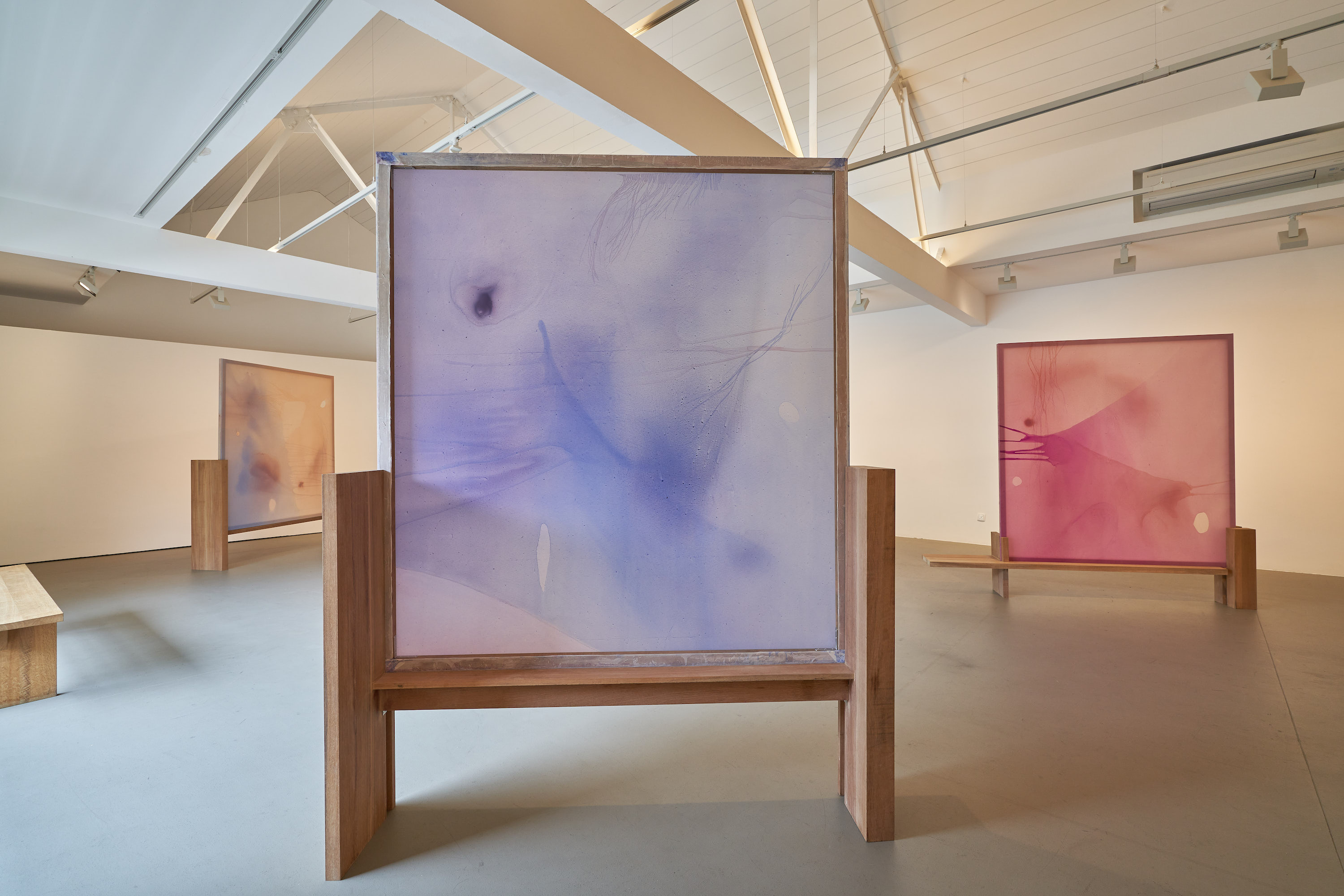
Ota Fine Arts is delighted to present Singaporean artist Guo-Liang Tan’s first solo exhibition in Japan. Tan creates abstract paintings by layering various colors of diluted acrylic paint on thin aeronautical fabric. The wooden stretcher bars, which can be observed through the translucent textile, harmonize with the layers, their shadows accentuating the light produced by the paint.
The exhibition includes large, freestanding pieces painted on both sides of the fabric. By inviting viewers to move around these works, Tan expands on the physical and conceptual space and time within and beyond the paintings.
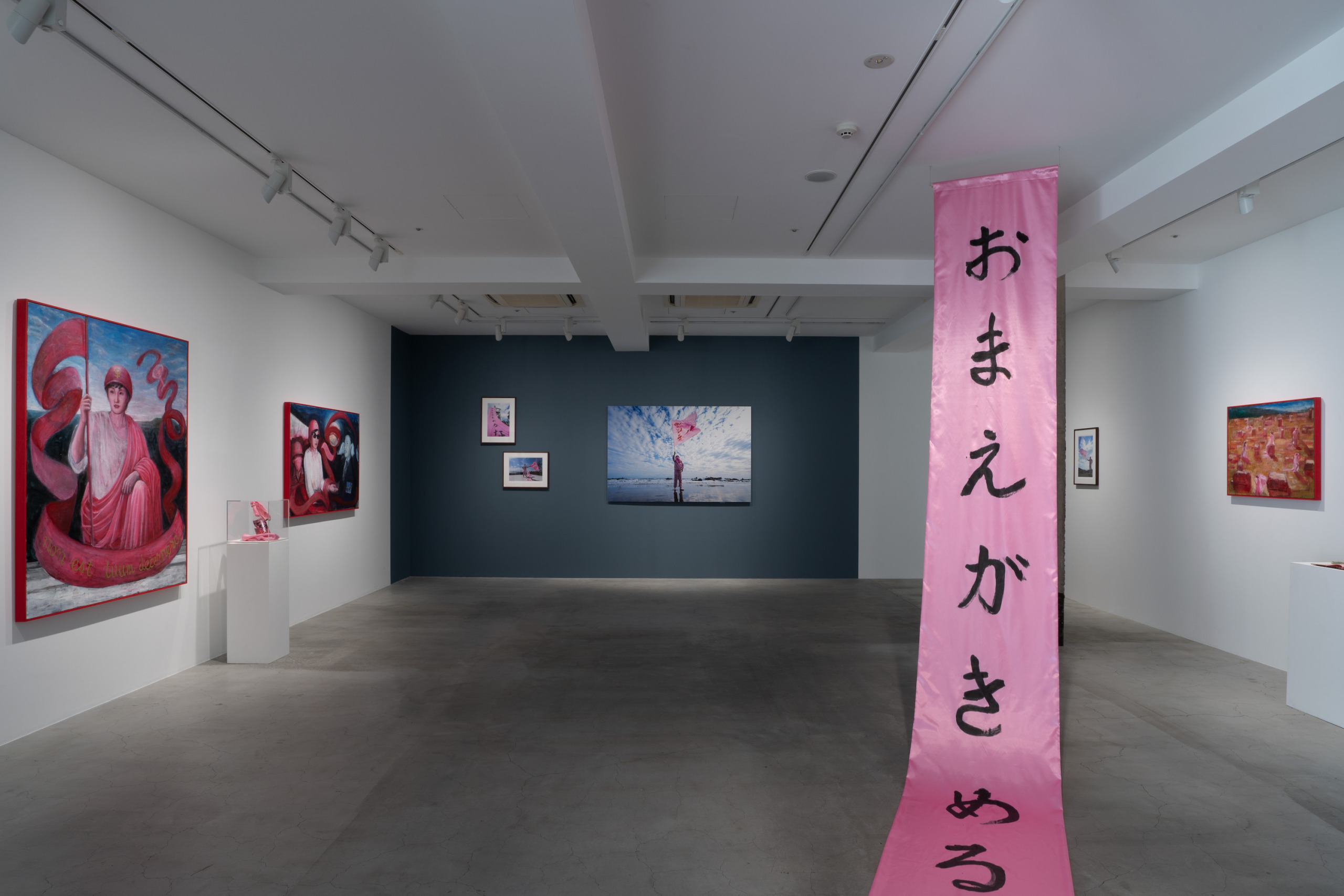
Ota Fine Arts was established in Tokyo in 1994. The gallery represents Japanese and international artists who work in diverse mediums, from painting to installation, video, and craft. Represented artists range from the world-renowned Yayoi Kusama to emerging talents.
Ota Fine Arts opened additional spaces in Singapore in 2012 and Shanghai in 2017. Seeking to create a new context for contemporary art in the Asia Pacific that accounts for both local specificity and regional commonalities, the gallery program is also committed to showing artists from countries including China, Indonesia, the Philippines, and Singapore.
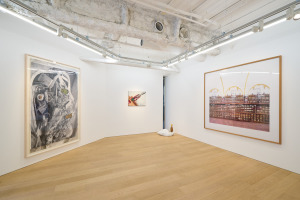
KOTARO NUKAGA
- G2
- Roppongi
CANDIDA HÖFER: REFLECTIONS OF SPACES—SPACES OF REFLECTION
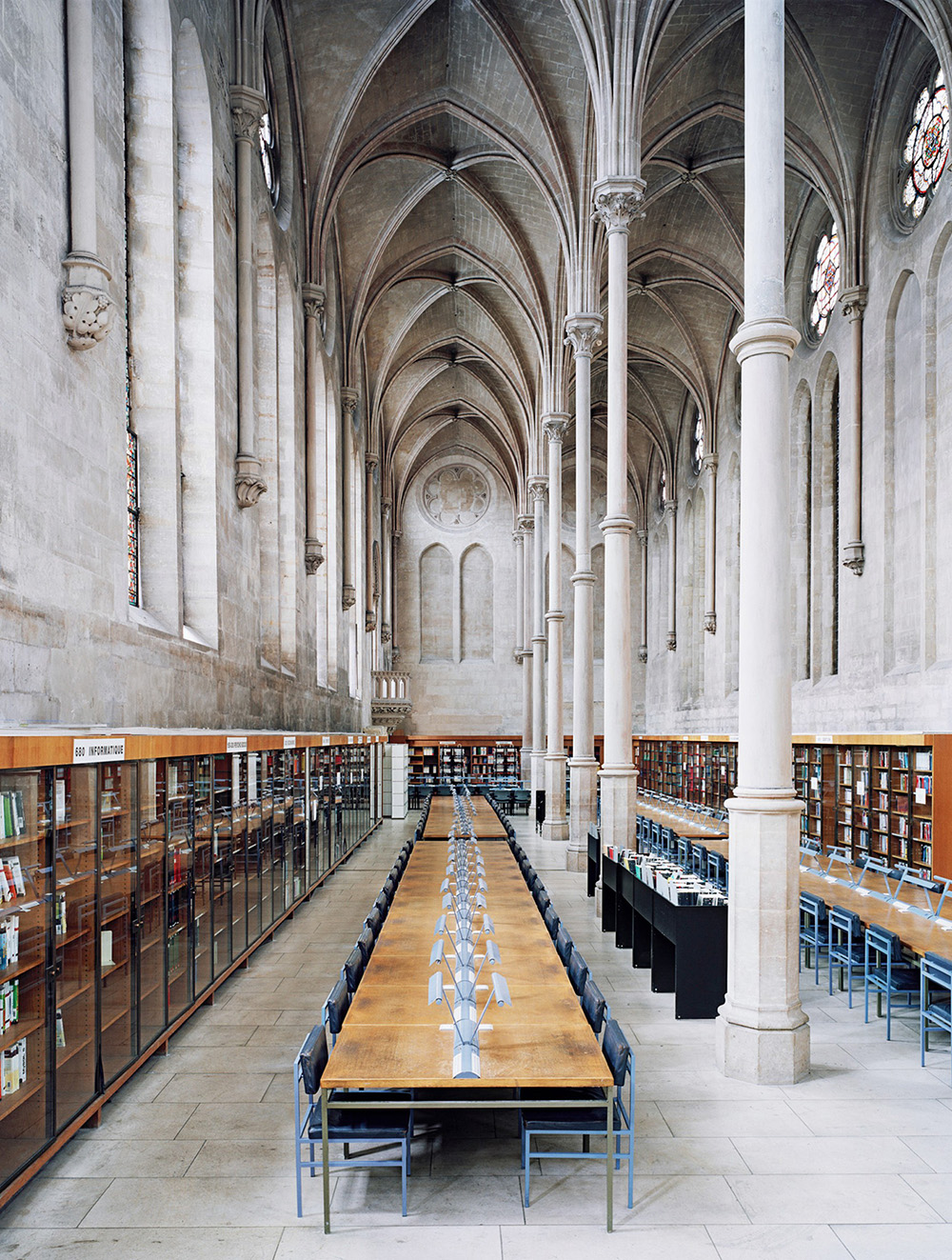
Kotaro Nukaga is pleased to present Candida Höfer’s first solo exhibition with the gallery, “Reflections of Spaces—Spaces of Reflection.” The exhibition centers on the Cologne-based photographer’s iconic library series. Höfer meticulously crafts each image, from the framing within her camera’s lens to the lighting within each setting, to reveal and reflect the forces at play in public spaces through a fresh realist perspective.
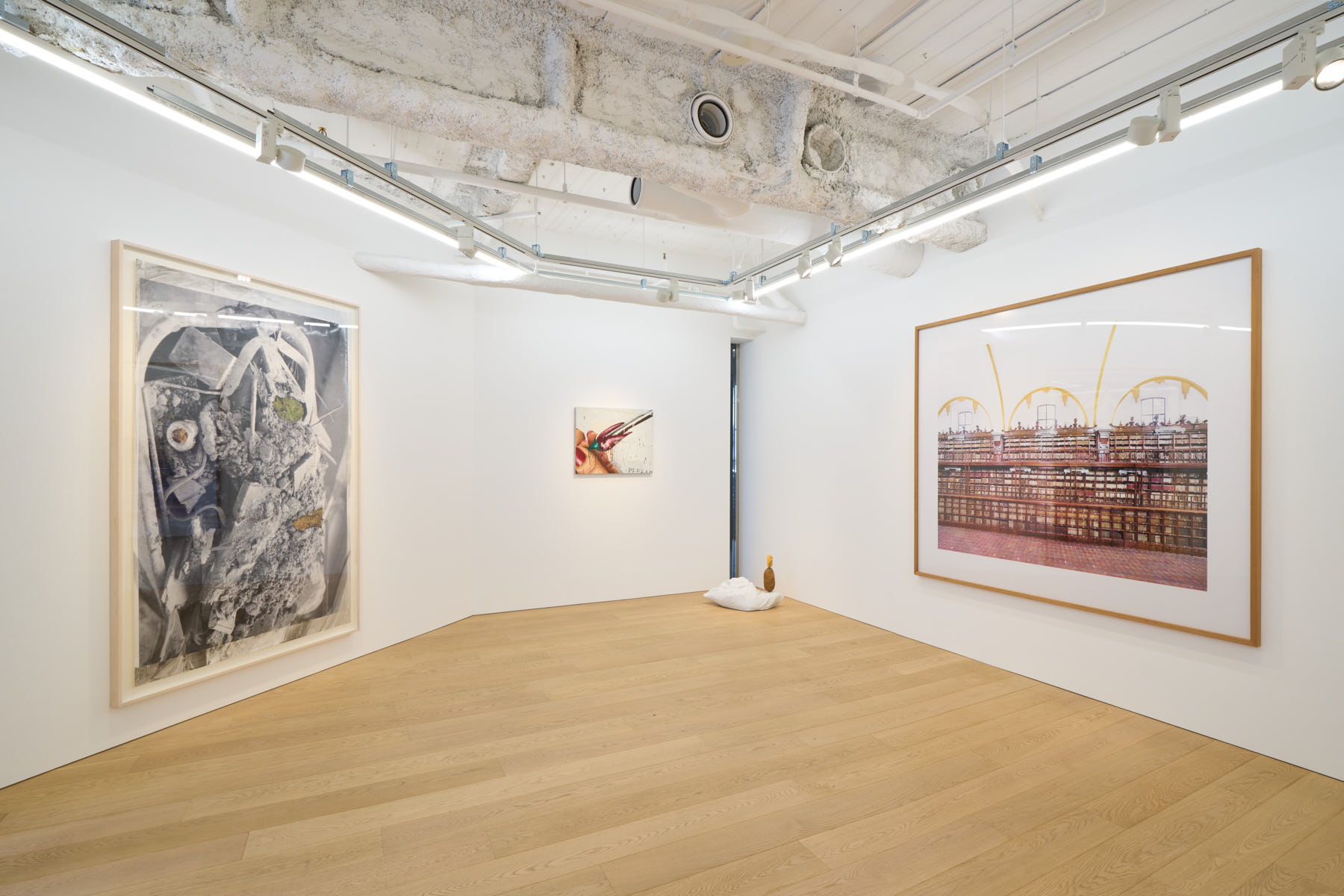
Kotaro Nukaga was founded in 2018 as a platform for thought-provoking ideas and daring sociopolitical confrontations. The gallery program employs an interdisciplinary lens that spans diverse cultural and academic fields, approaching art through its historical, cultural, social, scientific, and aesthetic contexts in order to reinterpret the past, gain new perspectives on the present, and imagine possible futures. The gallery seeks to promote its artists’ practices through an understanding of the dynamics of the current art ecosystem while also supporting projects that push beyond existing frameworks. Kotaro Nukaga has two spaces in Tokyo—one in Roppongi, a cultural hub bustling with new ideas, and the other in Tennozu Isle, a location that is currently gaining traction as a new center of contemporary art in the city.
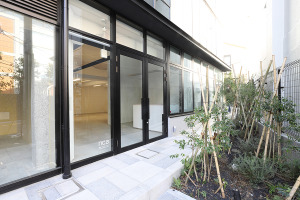
NCA | NICHIDO CONTEMPORARY ART
- D1
- Roppongi
LUCAS BLALOCK
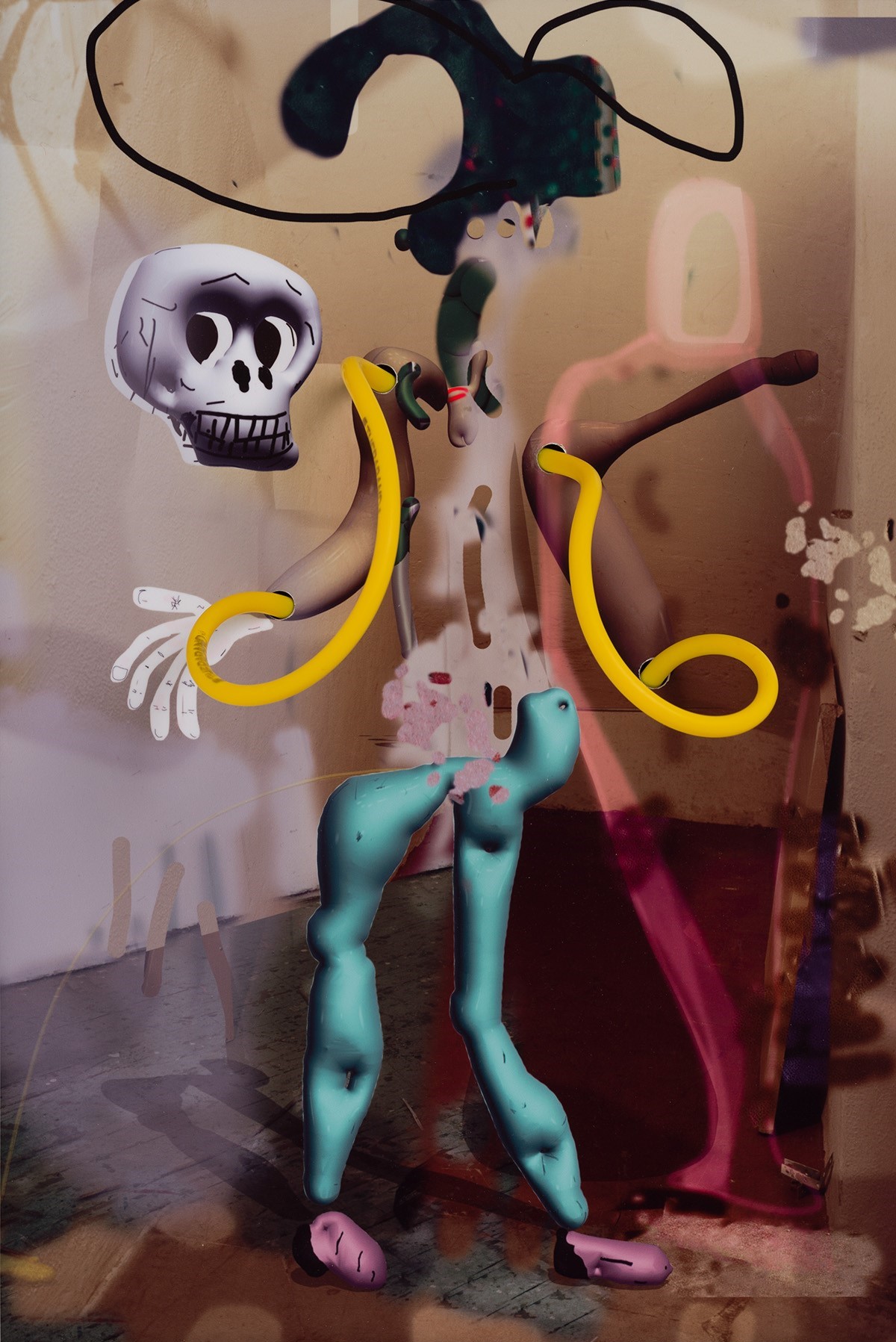
nca | nichido contemporary art is pleased to present Lucas Blalock’s first solo show in Japan. Born in 1978 in Asheville, North Carolina, the artist currently lives and works in New York. Blalock makes a point of showing the process behind his photographs, drawing influence from poet and playwright Bertolt Brecht, whose techniques call attention to the labor and mechanics of theatrical performance. The artist makes photographs with a large-format camera on film and then scans his images in order to digitally alter them. His awkward alterations breathe life into the images’ surreal and darkly comic imagery. Blalock likens this process to “an act of drawing, a way to try to understand the world through making a picture of it.” It is a means of investigating the limits and inherent contradictions of the medium of photography as well as its capacities of perception. This exhibition features a selection of pieces from the artist’s newest body of work.
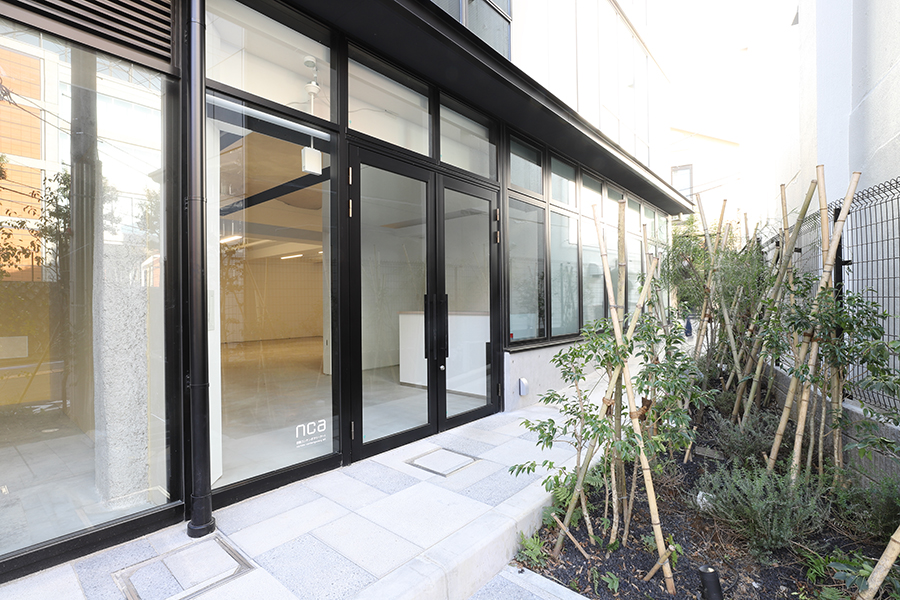
Opened in 2002, nca | nichido contemporary art is the contemporary branch of galerie nichido, the pioneering Ginza-based gallery established in 1928. Continuing its predecessor’s mission of promoting culture through innovative projects and exhibitions, nca features a program of up-and-coming Japanese and international artists. Since 2015 the gallery has expanded the scope of its program to actively promote Asia’s contemporary art scene.
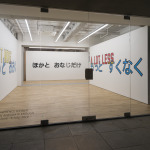
TARO NASU
- G2
- Roppongi
MARCEL BROODTHAERS
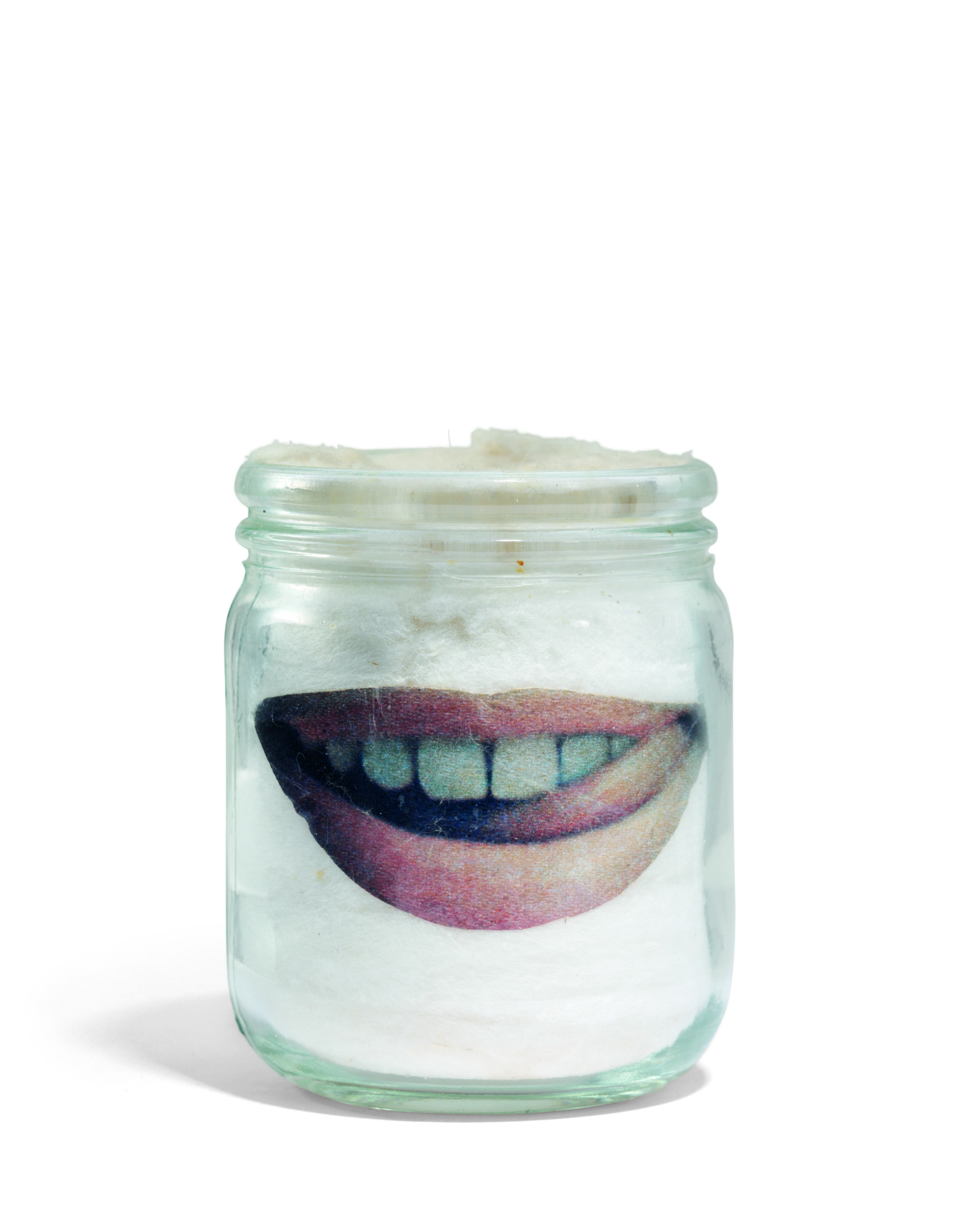
Taro Nasu presents an exhibition of paintings, three-dimensional works, and editions by Marcel Broodthaers (1924–1976), a key figure in Conceptual art. Though Broodthaers began his career as a poet, he was initially drawn to Surrealism, making his first artwork in 1964 from copies of his last book of poetry. He went on to expand and evolve the field of contemporary art by producing works that critically reflect on the institutional frameworks and conventions in which it is embedded. His enormous influence shows no sign of abating, as he was the subject of recent exhibitions at Kunsthaus Zurich (2023); SMAK, Ghent (2022); and the Museum of Modern Art, New York (2016), among other venues.
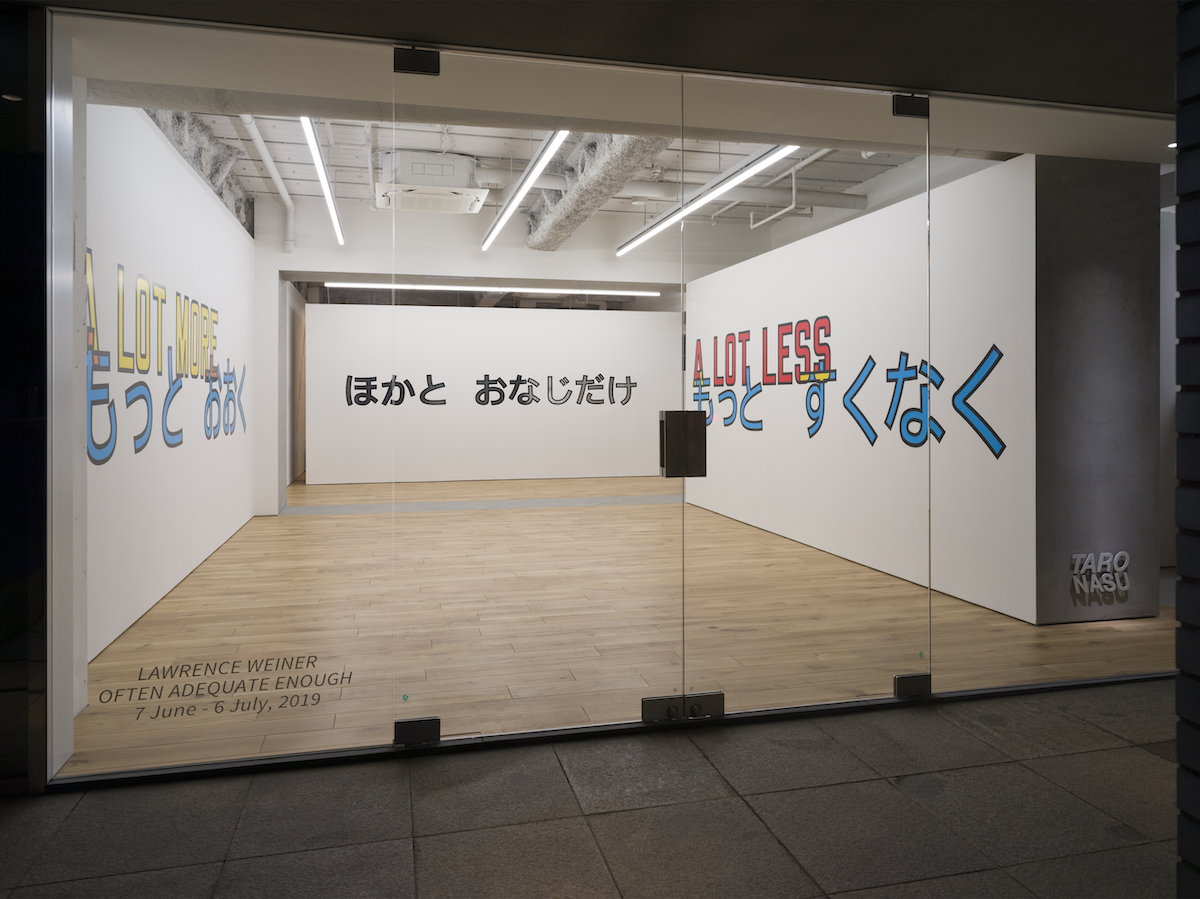
Taro Nasu was founded in 1998. The gallery represents conceptual artists including Futo Akiyoshi, Koichi Enomoto, Simon Fujiwara, Ryan Gander, Liam Gillick, Maiko Haruki, Takashi Homma, Pierre Huyghe, Ryoji Ikeda, Taiji Matsue, Mika Tajima, Michiko Tsuda, and Lawrence Weiner. Beyond its regular program, Taro Nasu also works with international art museums and public agencies to organize a range of other exhibitions and events.
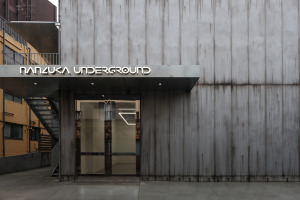
NANZUKA UNDERGROUND
- F8
- Harajuku
JEAN JULLIEN AND NICOLAS JULLIEN: THE GATHERING
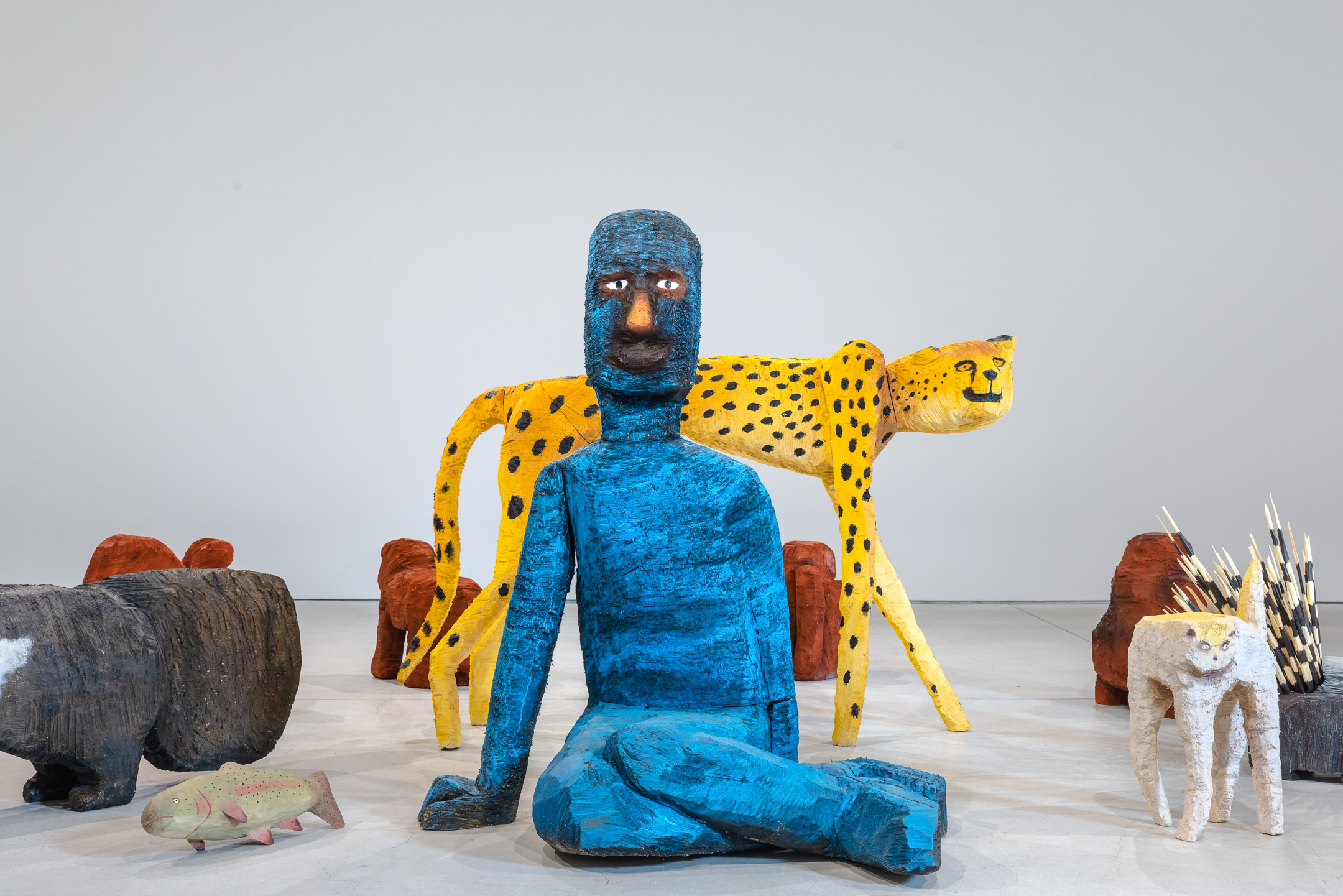
Nanzuka is pleased to announce “The Gathering,” an exhibition by Jean Jullien and Nicolas Jullien. Drawing inspiration from the card game Magic: The Gathering, which they play daily, the brothers imbue their artwork with a quality of everyday fantasy.
“The Gathering” unfolds in two parts, with Jean’s paintings on the first floor of the gallery and Nicolas’s wood sculptures on the second. As a testament to the artists’ close relationship, the two bodies of work complement one another, from the lightness and wit of the sculptures to the sense of narrative and time in the paintings. Solo shows—by Jean at 3110NZ by LDH kitchen and Nicolas at Nanzuka 2G—run concurrently to this exhibition.
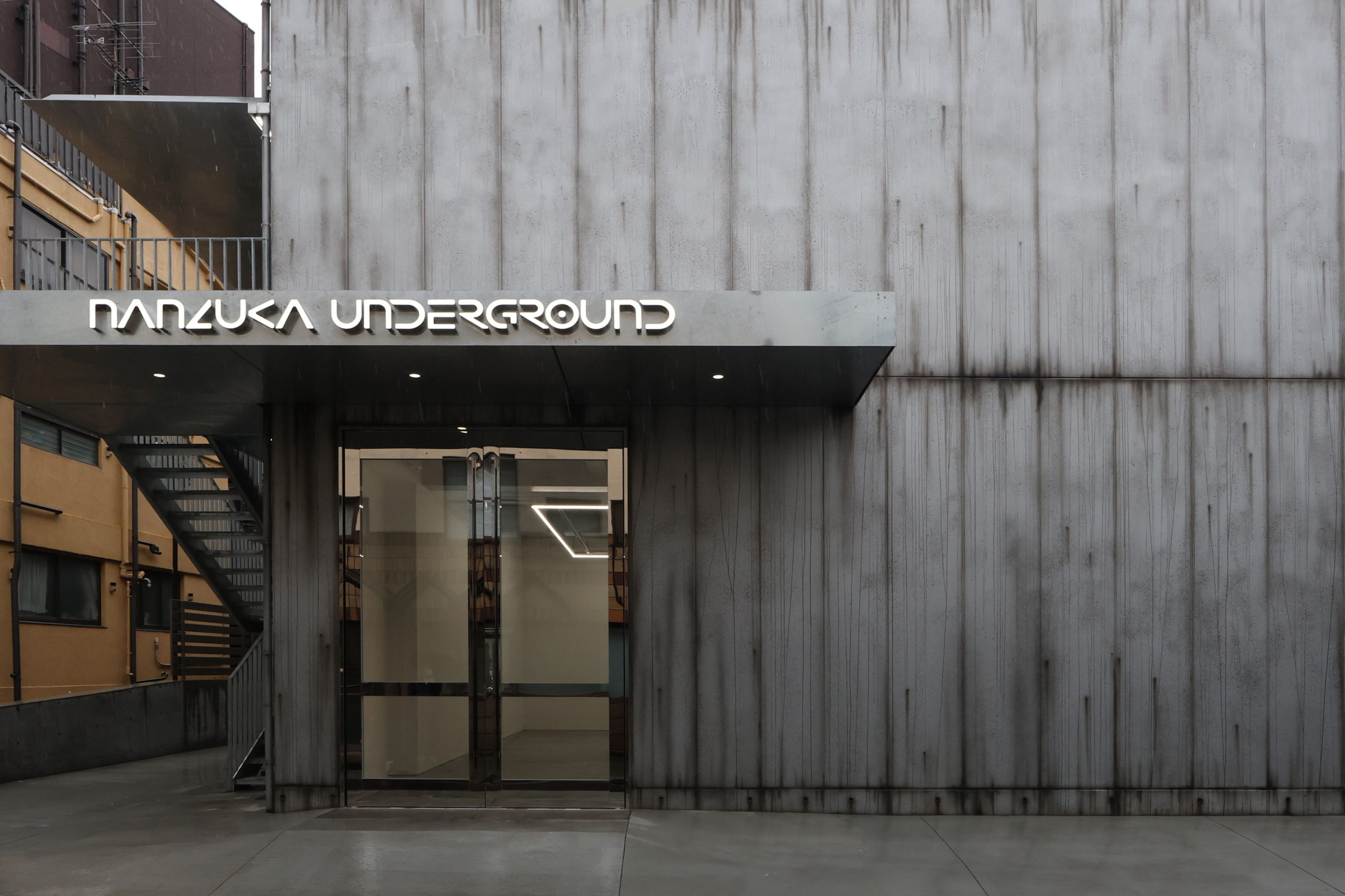
Nanzuka Underground was founded in 2005 in Shibuya as an experimental space dedicated to redefining design, illustration, street culture, fashion, music, and other creative fields as subjects for rigorous study. In particular the gallery aims to rediscover figures who were not considered “fine” artists by the Japanese art world that developed after World War II, including Toshio Saeki, Hajime Sorayama, Keiichi Tanaami, and Harumi Yamaguchi. Nanzuka Underground collaborates with many international galleries to support the broader reception of emerging Japanese artists such as Haroshi, Masato Mori, Ryuichi Ohira, Makoto Taniguchi, and Hiroki Tsukuda. The gallery also works with international artists to introduce global perspectives on contemporary art to Japan.
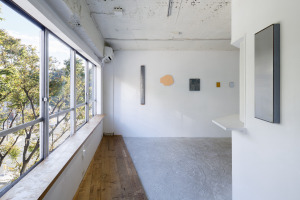
KEN NAKAHASHI
- F9
- Shinjuku
SHINJI IHARA: 1111
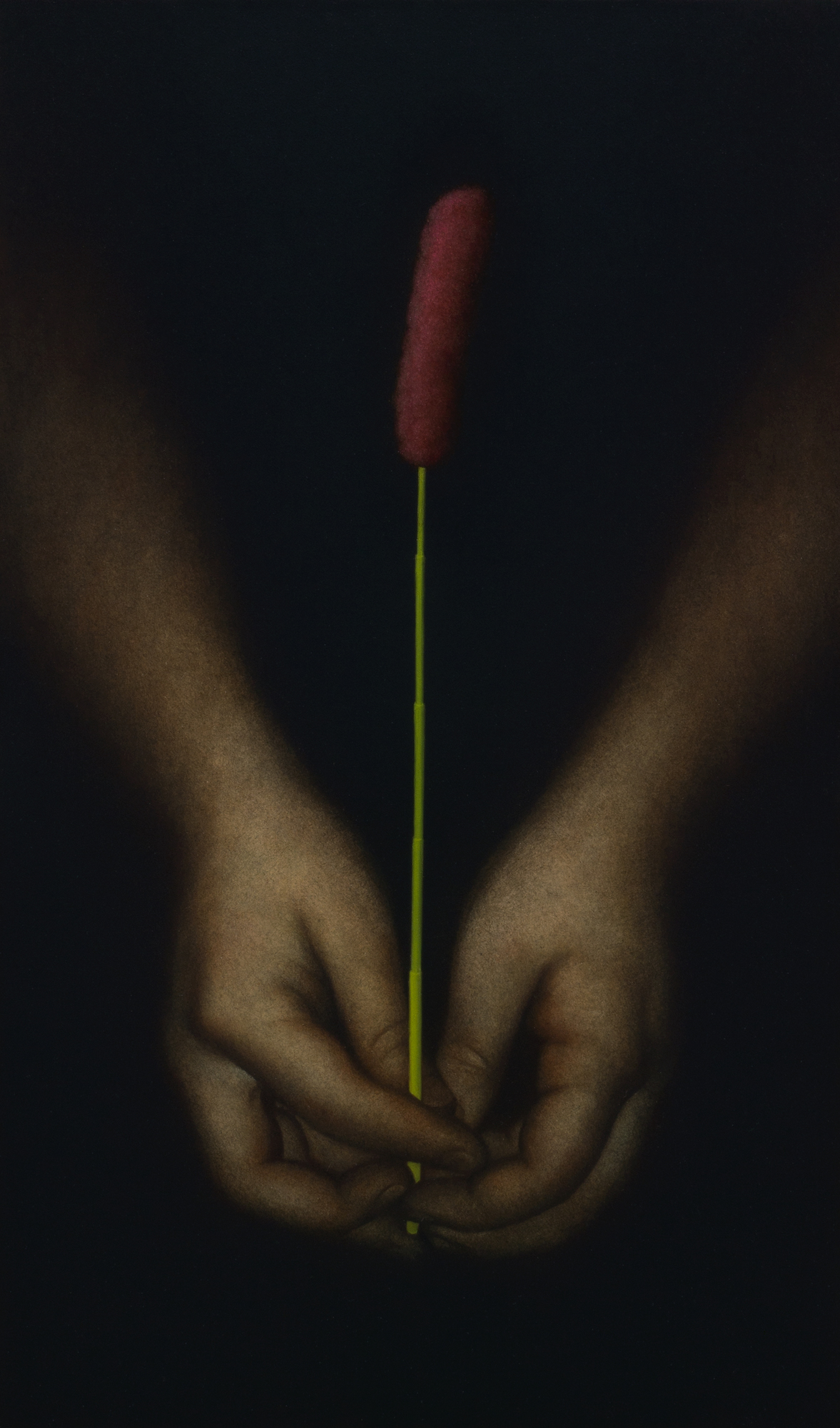
Shinji Ihara’s latest solo exhibition, “1111,” features a series of 22 paintings the artist began making on November 11, 2022—the day his cat, with whom he lived for many years, passed away. Entitled Lay Flowers, the paintings depict flowers and catnip held gently in the artist’s hands. In each work, Ihara renders the scene with precise brush strokes, as if he were placing minute gems one by one on the canvas.
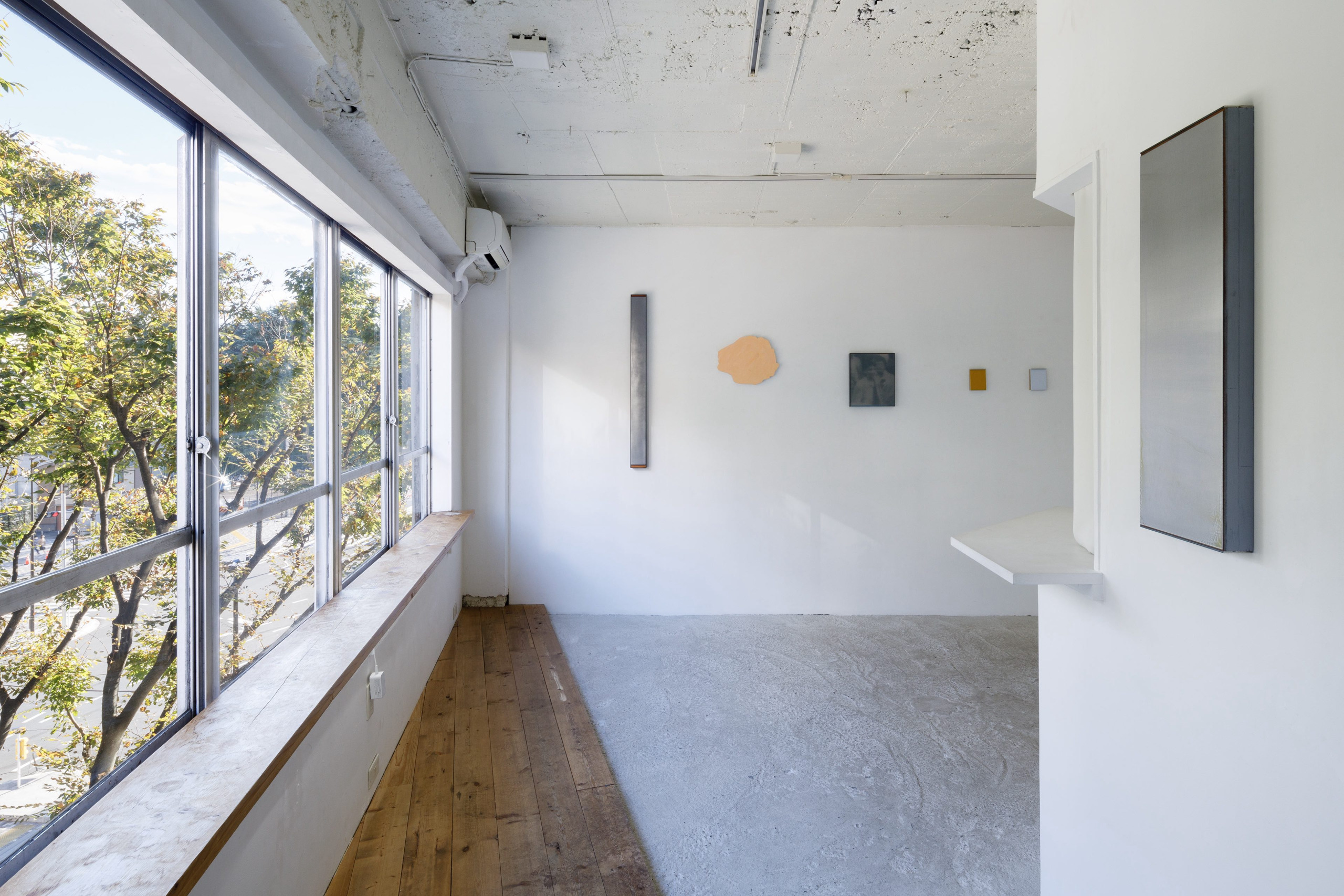
Ken Nakahashi was established in 2014 with a commitment to finding new ways of understanding the dynamics between art and humanity. The gallery shows artists who investigate various issues of global society against the backdrop of our ever-expanding collective history. Represented artists include Yuki Harada, Mariko Matsushita, Eiki Mori, Masaharu Sato, and Erik Swars, among others.
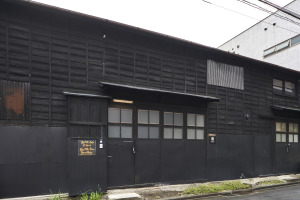
MUJIN-TO PRODUCTION
- B7
- Kinshicho
SACHIKO KAZAMA: NEW MATSUSHIMA
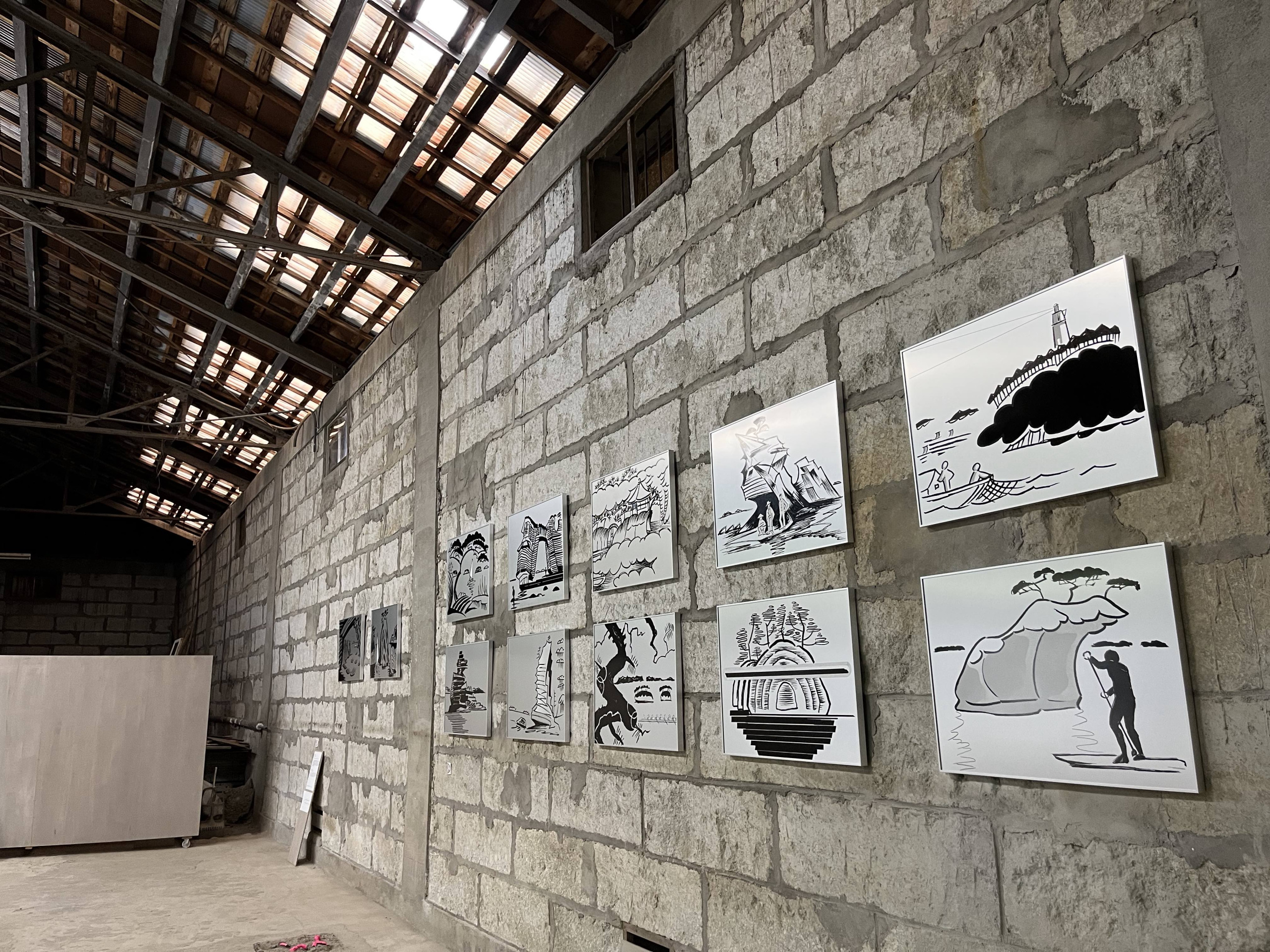
Mujin-to Production is pleased to present “New Matsushima,” a solo exhibition by Sachiko Kazama. The exhibition brings together a series of works that Kazama presented at the 2022 Reborn-Art Festival in Ishinomaki, Miyagi Prefecture. Kazama was intrigued by the stone warehouse that served as one of the festival venues and researched the source of the building material, nobiru stone, in nearby Matsushima and Oku-Matsushima. While these areas are known for their scenic beauty, they also have been marked by years of erosion, the devastation of the tsunami of March 11, 2011, and the construction of levees. Kazama’s drawings take inspiration from these sites as well as ideas of impermanence and “panta rhei,” Heraclitus’s notion that “everything flows.” Additional pieces show the artist’s multifaceted approach to her themes, including stereoscopic views of the old Kitakami River in Ishinomaki, works using a stamp to depict the ever-changing coast, and large woodblock prints inspired by places praised in Japanese poetry.
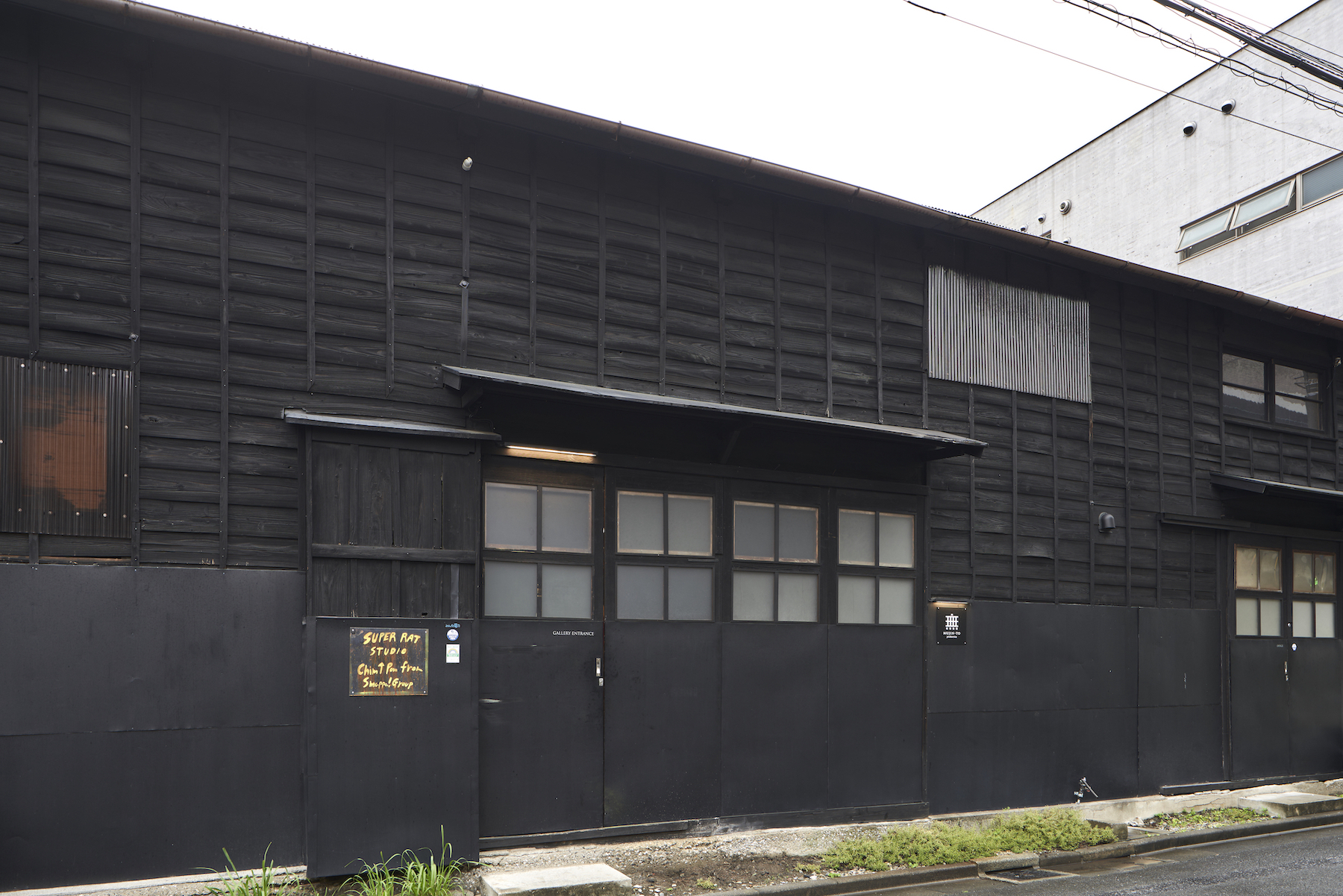
Since its establishment in 2006, Mujin-to Production has promoted outstanding emerging and midcareer artists and art collectives from Japan through exhibitions, experimental projects, and presentations at local and international art fairs. The gallery is a fearless advocate of the artists it represents, many of whom engage social issues in their work. Beyond its exhibition program, Mujin-to Production publishes books and DVDs to foster deeper understanding of the gallery artists’ practices.
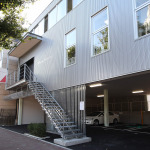
MIZUMA ART GALLERY
- A2
- Iidabashi
YOSHITAKA AMANO: BLUE
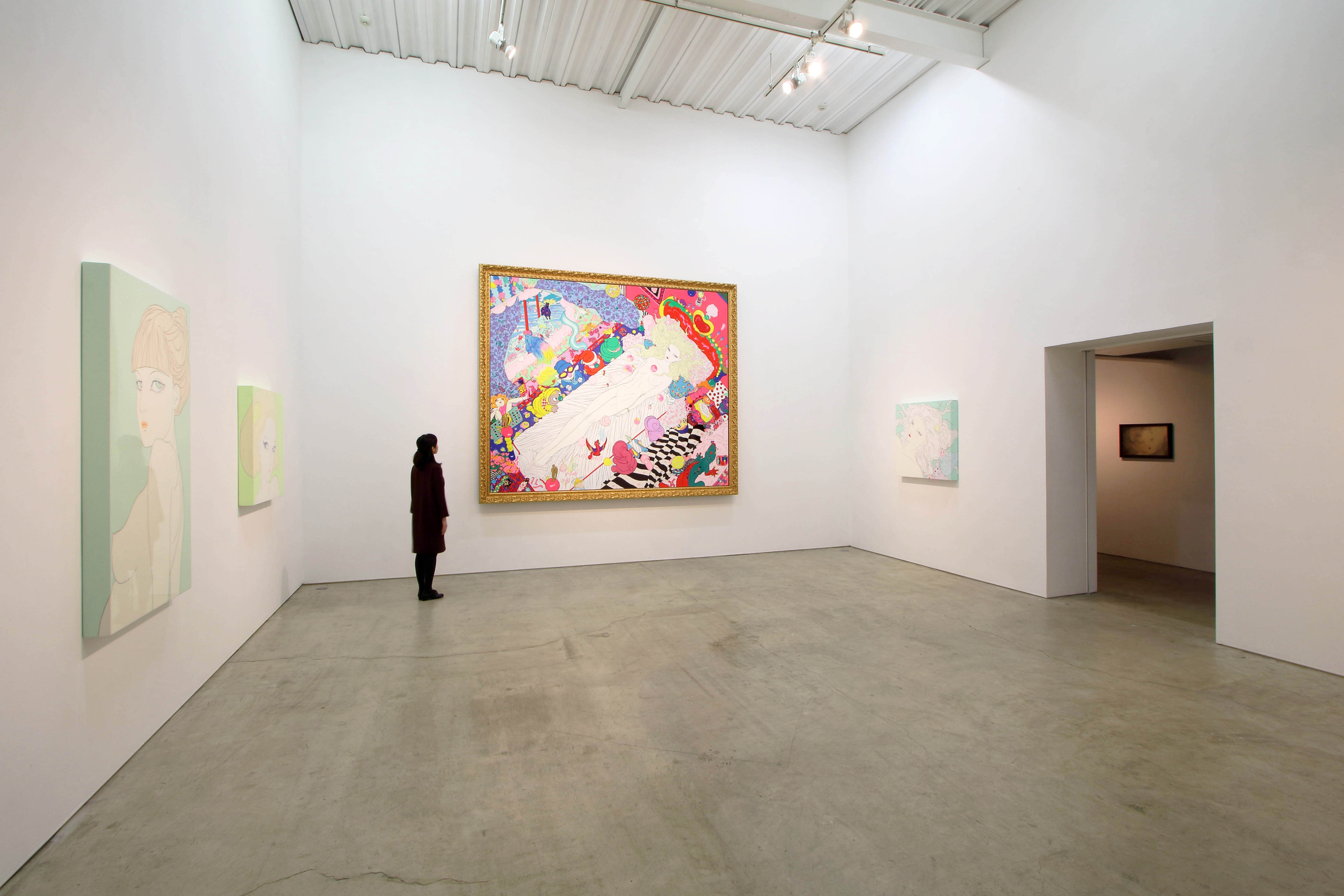
Yoshitaka Amano joined the animation studio Tatsunoko Production in 1967, when he was only 15 years old, helping design characters for countless popular anime series including Time Bokan and Science Ninja Team Gatchaman. After leaving the studio to work independently, he gained worldwide renown for his contributions to the illustrations for the Vampire Hunter D novels and the character designs for the game series Final Fantasy. Amano has since shifted his focus to fine art, with his work appearing in numerous Japanese and international museum and gallery exhibitions. A forthcoming documentary will offer insight into his production process and personality.
Amano’s current exhibition at Mizuma Art Gallery comprises a diverse collection of works based on the theme of “blue.” Blue evokes a range of images and associations, from natural scenes of sea and sky to tranquility, nobility, and youth. Employing a multitude of colors and a range of materials—including oil and acrylic paints, glaze, and foil—Amano has created a rich expression of blue.
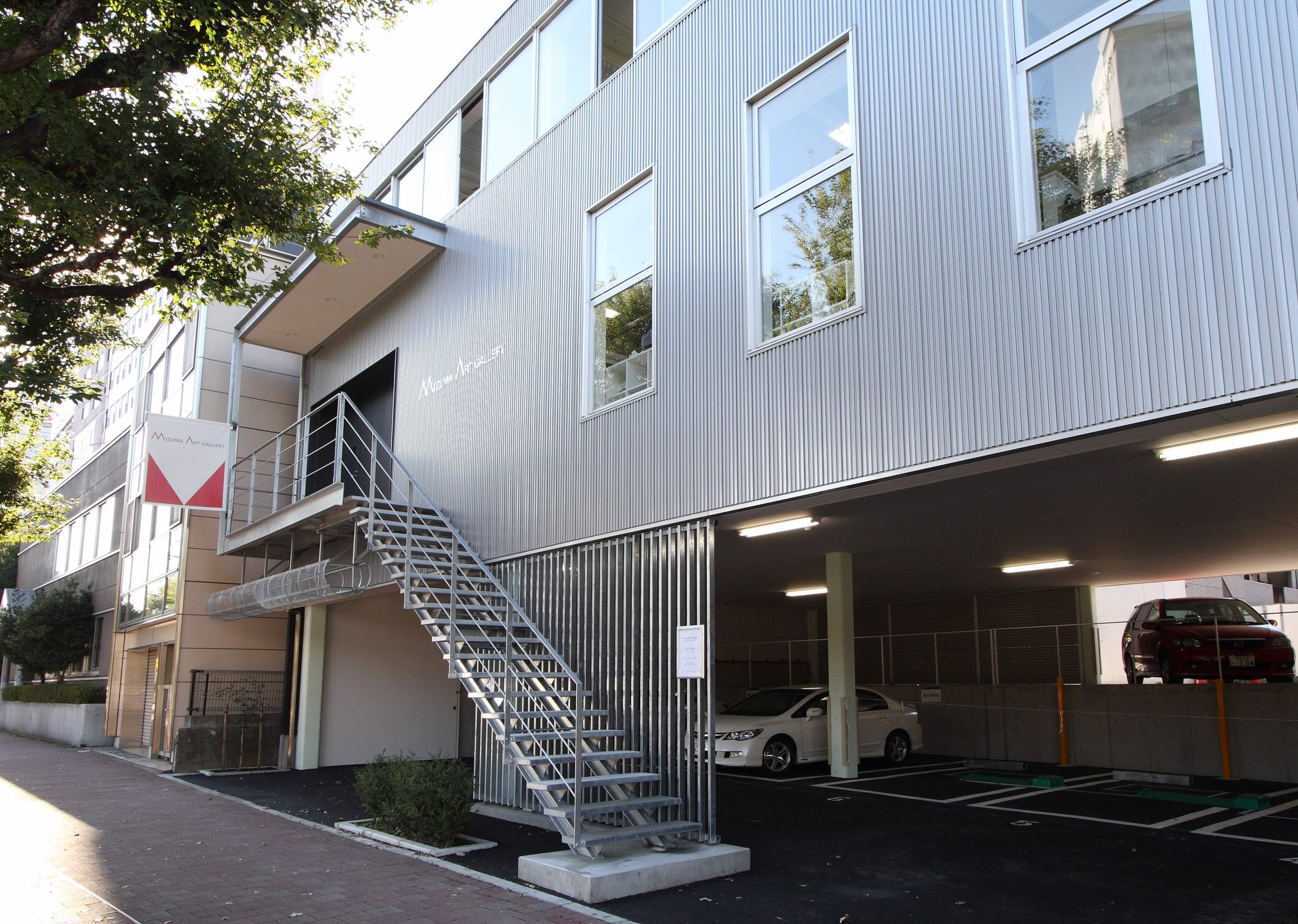
Executive Director Sueo Mizuma opened Mizuma Art Gallery in Tokyo in 1994. Since its founding, the gallery has represented artists from Japan and, increasingly, the surrounding regions whose works exhibit unique sensibilities unaffected by stylistic trends. Matching the rapid expansion of Asia’s contemporary art market, Mizuma Art Gallery established additional spaces in Beijing and Singapore in 2008 and 2012, respectively. In 2014 the gallery opened the artist residency space Rumah Kijang Mizuma in Yogyakarta to facilitate exchanges between Indonesian and Japanese artists. Mizuma Art Gallery is an active participant in international art fairs, including Art Basel Hong Kong and the Armory Show in New York, and continues to support and promote many internationally active artists.
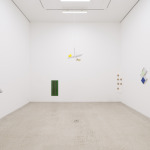
MISAKO & ROSEN
- A5
- Otsuka
KAZUYUKI TAKEZAKI
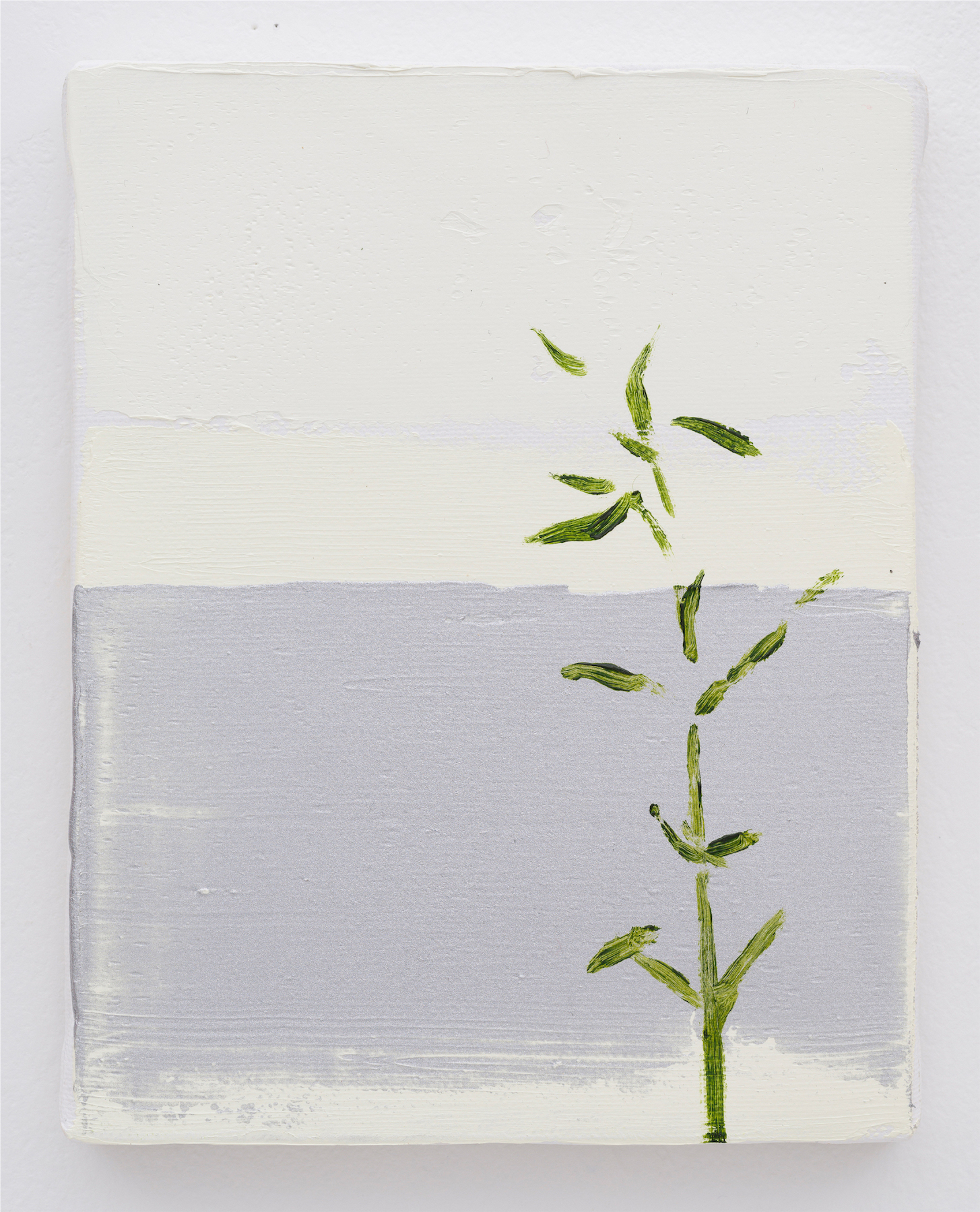
Misako & Rosen is pleased to announce its seventh exhibition with Kazuyuki Takezaki. The artist continues his long-term engagement with landscape painting, reprising a traditional genre to expand the vocabulary of contemporary painting.
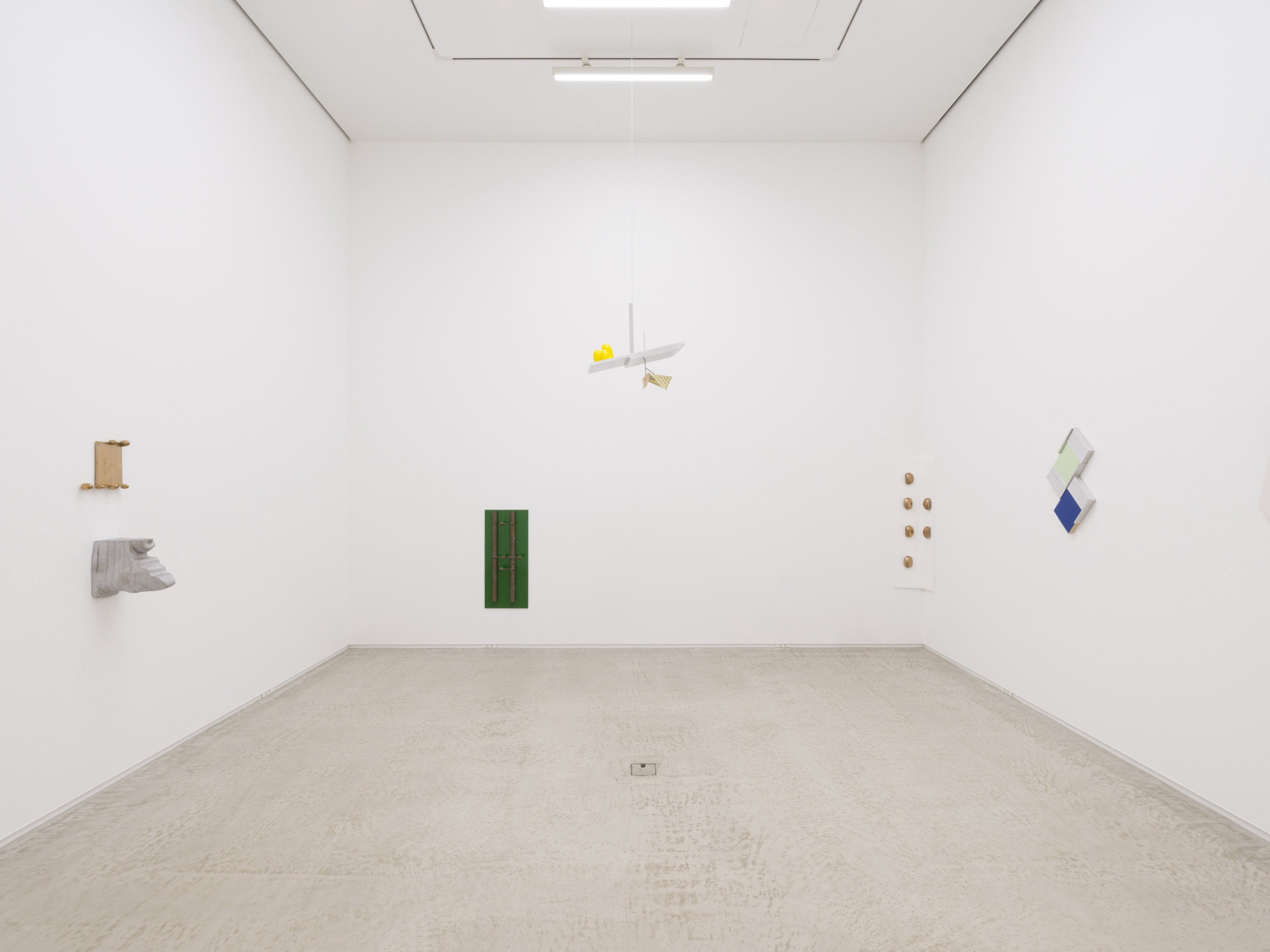
Opened in 2006, Misako & Rosen represents Japanese and international artists whose practices take a critical approach to the contemporary world without shying away from humor.
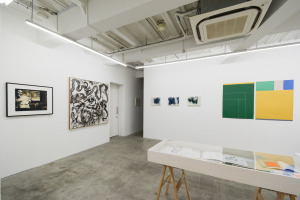
MEM
- E3
- Ebisu
YOSHIO KITAYAMA: HISTORY = REASON ( ) EMOTION
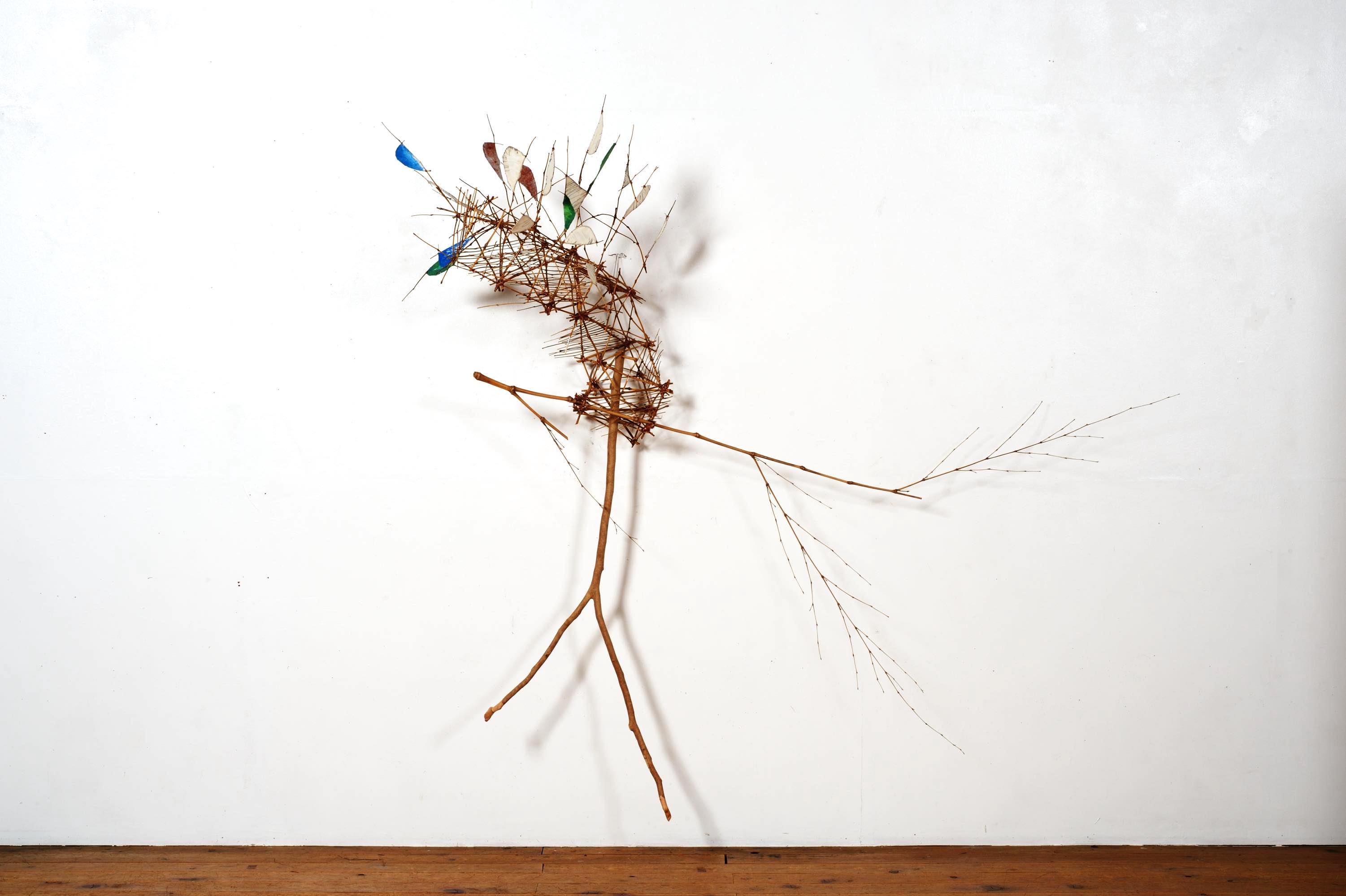
Yoshio Kitayama works with painting and sculpture, with each practice often informing the other. To make his new painting History = Reason ( ) Emotion (2023), for example, the artist followed a ritualistic process, first painstakingly filling the picture plane with renderings of his clay sculptures of human figures and then, once the work was complete, destroying the sculptures and proceeding to make them anew. Aside from the Icon series, to which the aforementioned work belongs, Kitayama continues to make his abstract Universe series. Although works in this series initially portrayed forms reminiscent of actual stars and planets, the most recent additions simply consist of countless millimeter-sized circles and dots covering the entirety of the paper. Kitayama, who works on this series every day, says that each circle depicts a single universe and that the totality of the composition is also another single universe. Through his approaches in both the Icon and Universe series, Kitayama continues his sweeping inquiry into the birth of our world and the endless chain of life.
From September 17 to October 9, 2023, MEM exhibited Kitayama’s drawings. This exhibition focuses on his sculptures.
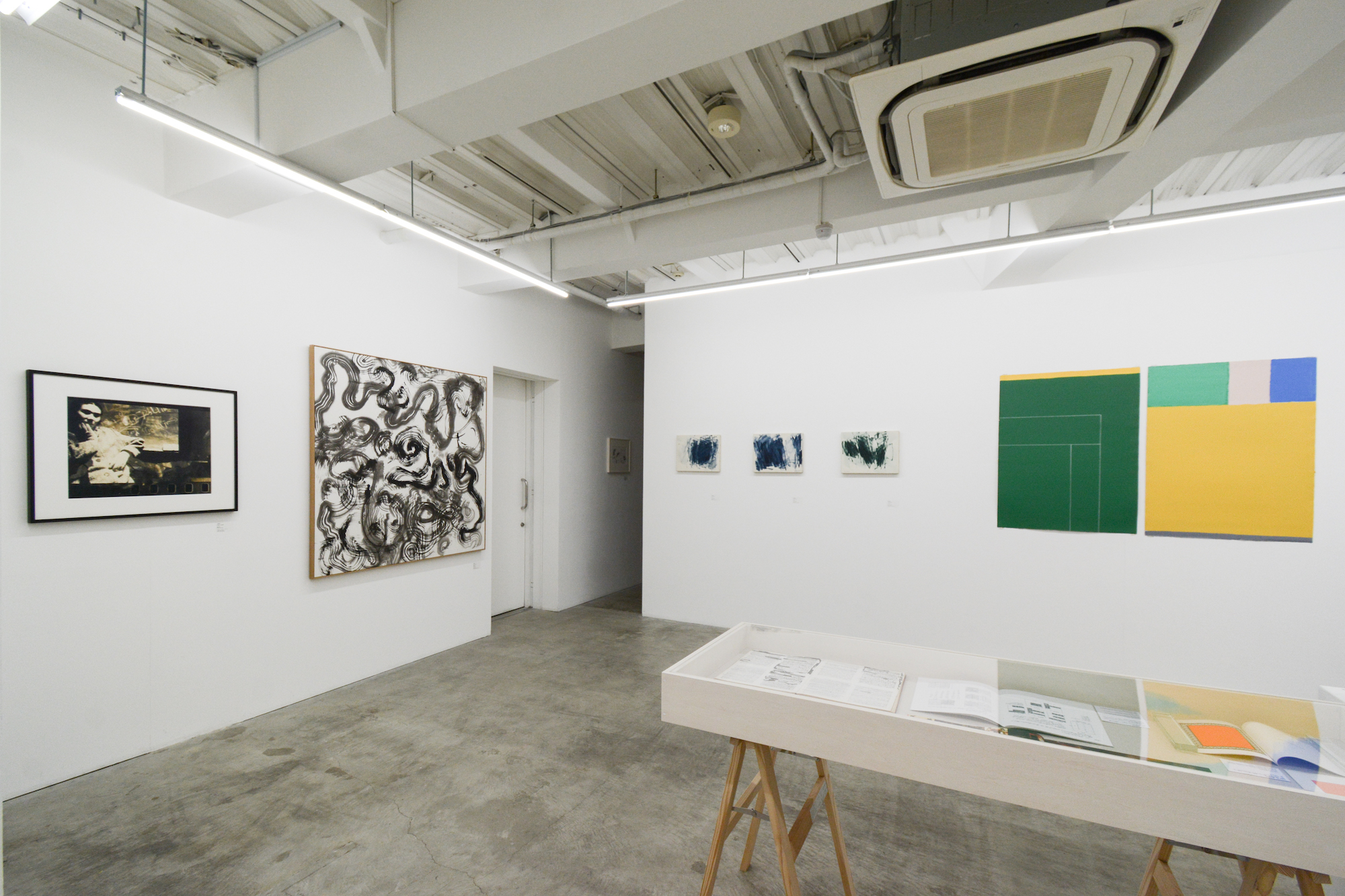
MEM (Multiply Encoded Messages) was founded in Osaka in 1997 and moved to Tokyo in 2010. The gallery serves as an intersectional zone between artists and the public: a collaborative arena where experimental projects and artworks are conceived and exhibited, and where the multiplication of encoded messages can inspire new thinking.
Initially, MEM represented established artists who emerged in the 1980s in the Kansai region and were using new mediums such as video and photography, including Tomoaki Ishihara, Yoshio Kitayama, Chie Matsui, Kimiyo Mishima, and Yasumasa Morimura. Upon relocating to Tokyo, the gallery extended its program to add emerging artists, such as Ayano Sudo and Natsuko Tanihara. It also strengthened its focus on photography by organizing exhibitions for Antoine d'Agata, Ken Kitano, Katsumi Omori, and other contemporary photographers.
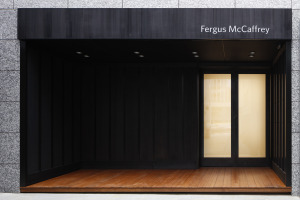
FERGUS MCCAFFREY
- F6
- Omotesando
RICHARD SERRA: CIRCLE, DIAMOND, TRIANGLE
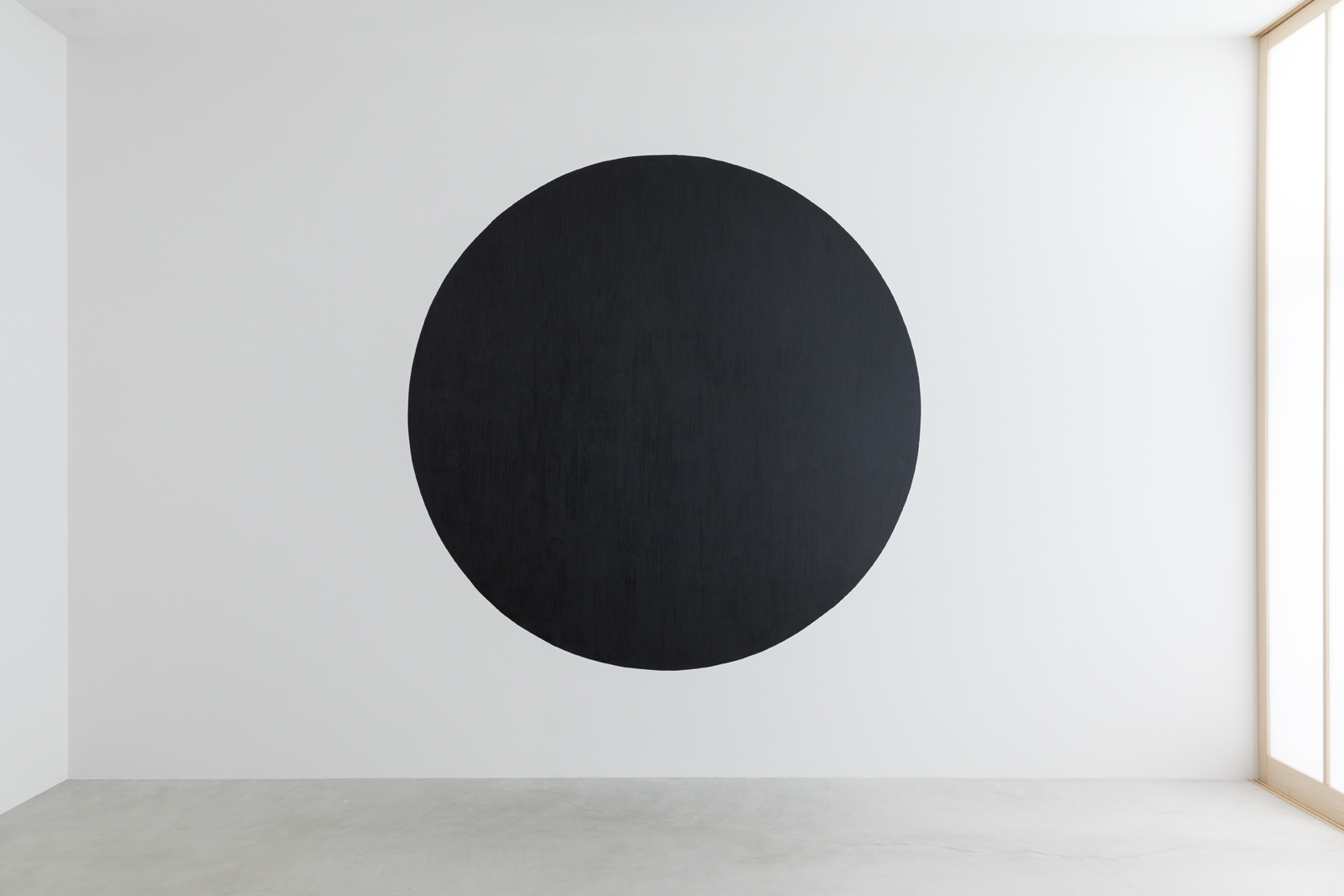
Fergus McCaffrey is proud to present an exhibition of geometric, paint-stick wall drawings by Richard Serra. Commenting on the works, Serra notes that “the weight of a drawing derives not only from the number of layers of paint-stick but [also] from…[its] particular shape,” which can imply mass, volume, and load. One triangular drawing on view, for example, has “a light, very quick shape.” Accompanying the exhibition, Fergus McCaffrey is publishing a Japanese-language edition of Serra and Hal Foster’s book Conversations about Sculpture (2018).
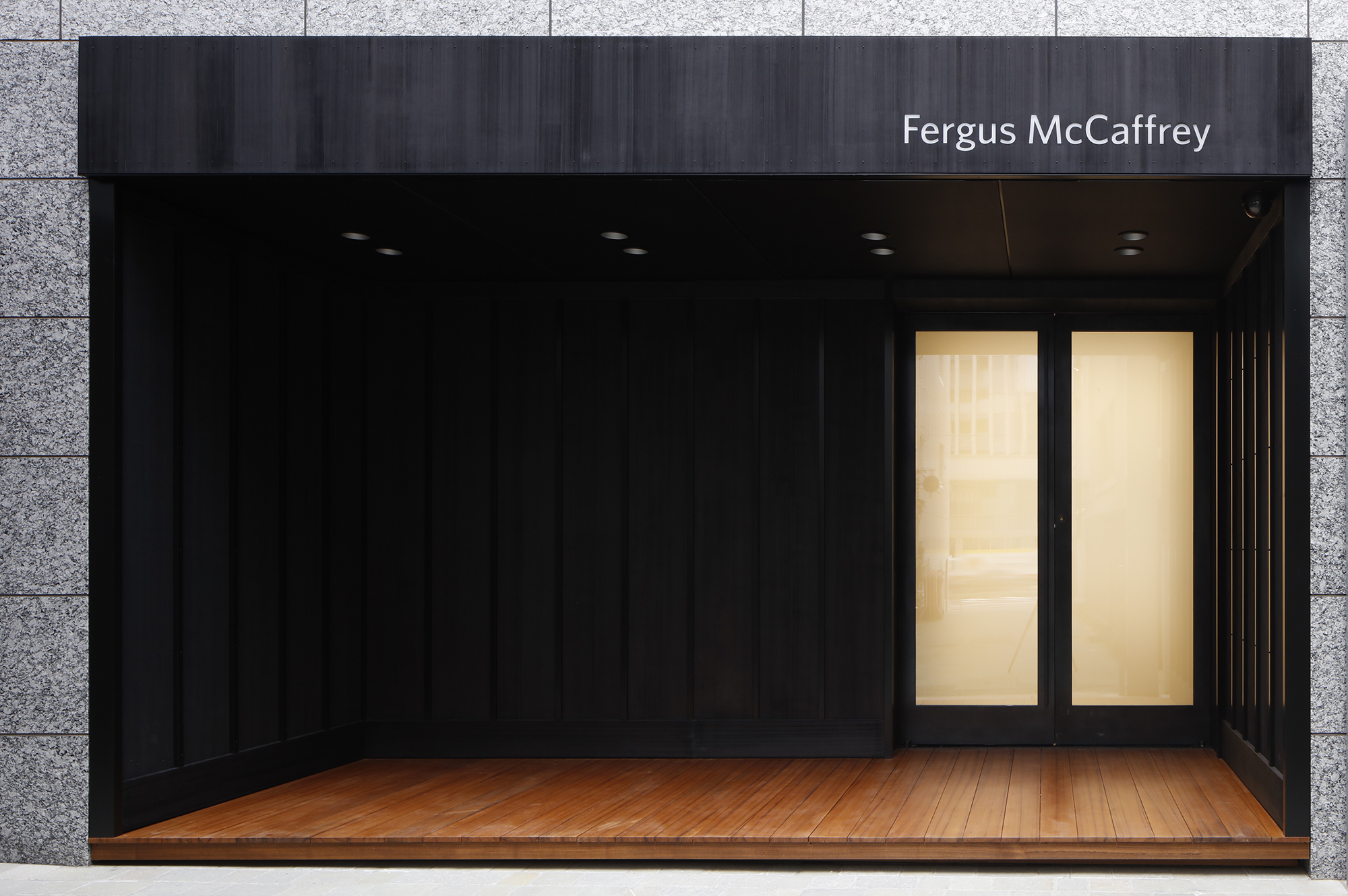
Founded in 2006, Fergus McCaffrey is internationally recognized for its promotion of postwar and contemporary art from Japan, Europe, and the United States. The gallery runs a multifaceted program and represents 24 artists and estates worldwide.
Fergus McCaffrey has locations in Tokyo, New York, and St. Barth. The gallery opened its Tokyo outpost in March 2018 with a show of paintings by Robert Ryman and has since exhibited such artists as Matthew Barney, Jasper Johns, Shigeko Kubota, Carolee Schneemann, Richard Serra, Kazuo Shiraga, and Min Tanaka.
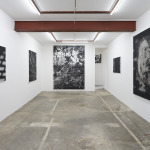
LEESAYA
- E7
- Meguro
MITSUO KIM: ATMOSPHERE
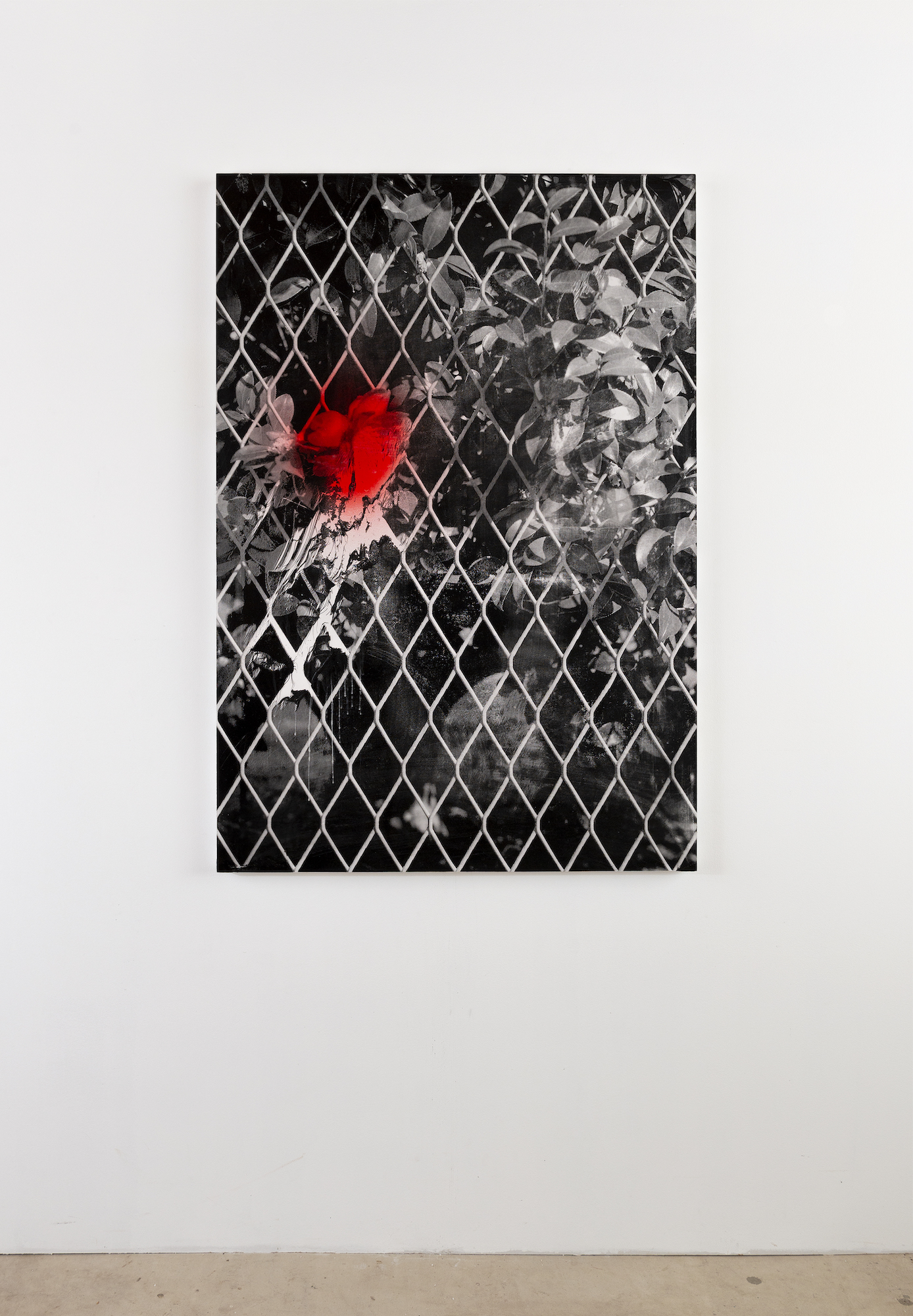
In “Atmosphere,” Mitsuo Kim presents new work applying his distinctive vision to the subject of human relationships. Kim approaches this topic through the lens of his daily life as an artist and busy father.
Born in Osaka in 1987, Kim earned an MA from the Kyoto City University of Arts in 2012. His accolades include the Encouragement Prize at the VOCA Exhibition 2014 and the city of Kyoto’s Best Young Artist Award in 2016. He has exhibited widely both in Japan and abroad, including in a solo exhibition at the 21st Century Museum of Contemporary Art, Kanazawa (2014).
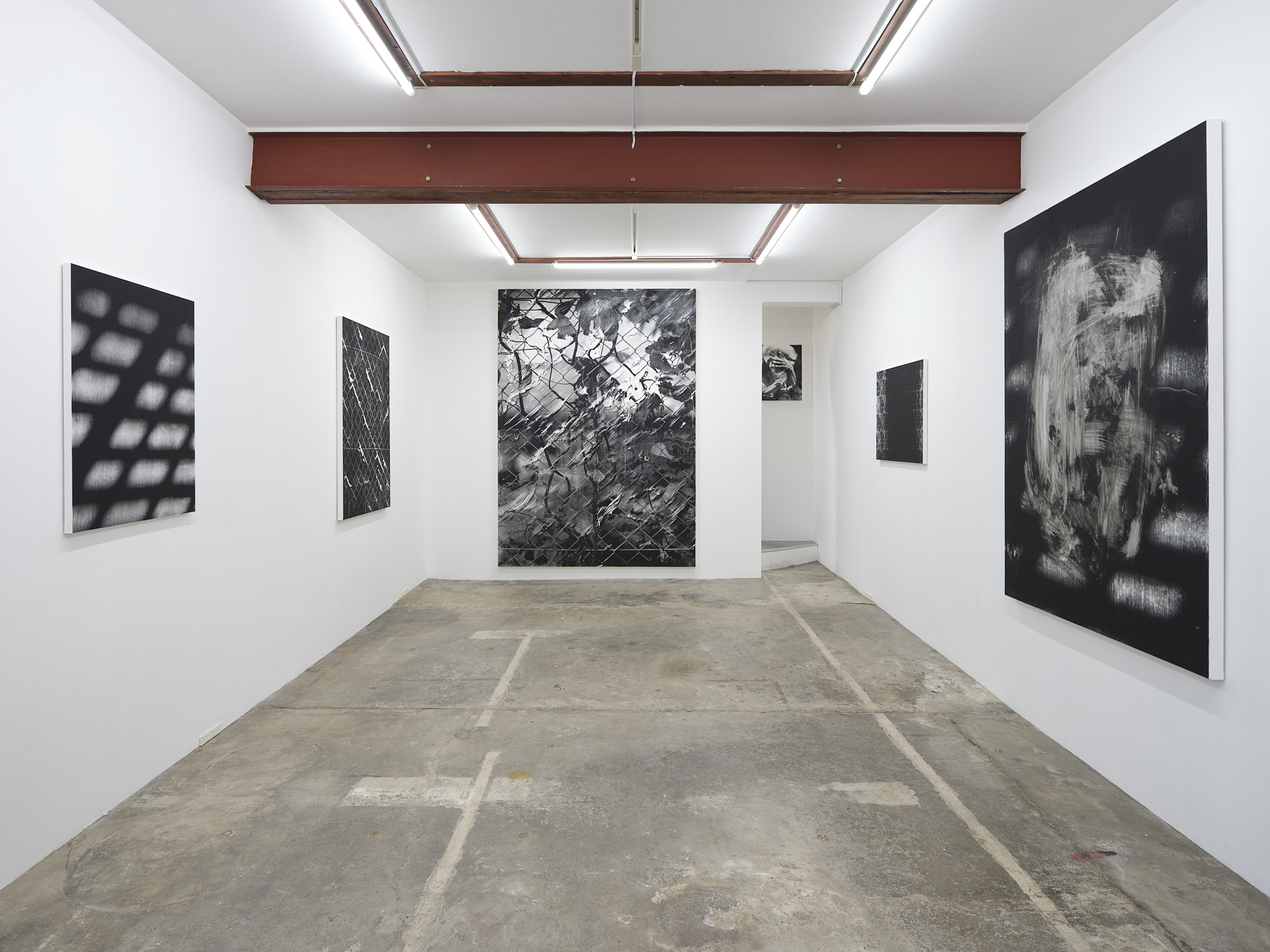
Leesaya was established in 2019 to nurture young artists who seek innovative modes of expression. The gallery collaborates with creators working across a wide range of practices to explore new possibilities of contemporary art.
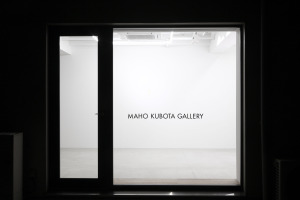
MAHO KUBOTA GALLERY
- F7
- Harajuku
MIWA OGASAWARA: HIMMEL
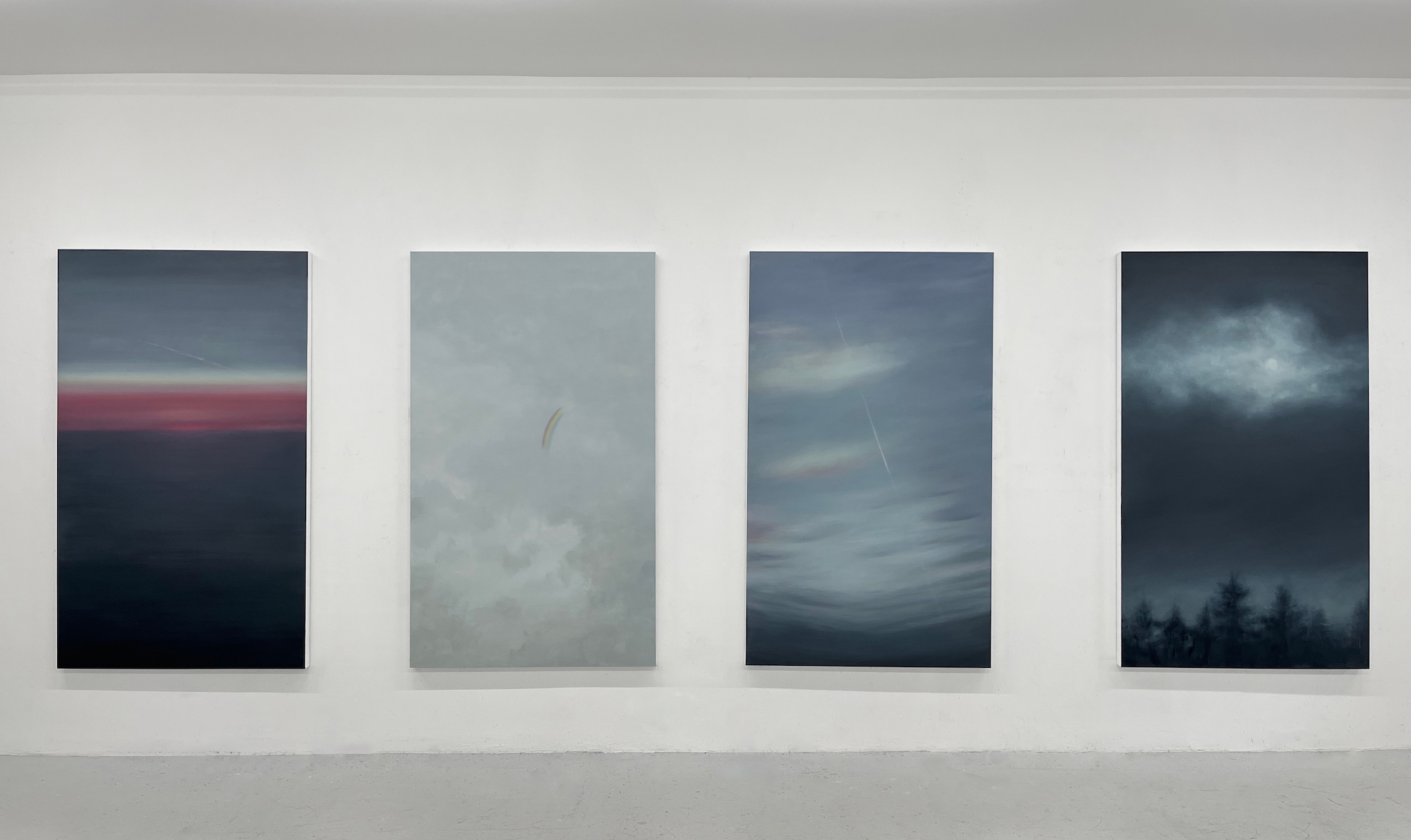
Maho Kubota is delighted to present a solo exhibition by Miwa Ogasawara. Ogasawara’s works are represented in major institutions like the Centre Pompidou and the Contemporary Art Collection of the Federal Republic of Germany. The artist is known for creating serene and powerful paintings in her studio in Hamburg, Germany, that employ intangible elements like light, shadow, and wind to convey profound emotions and ideas. Ogasawara’s latest exhibition is entitled “Himmel,” or “heaven” in English. Reflecting on a personal loss last year, the artist focuses on the sky as a physical expanse rich with meaning and associations.
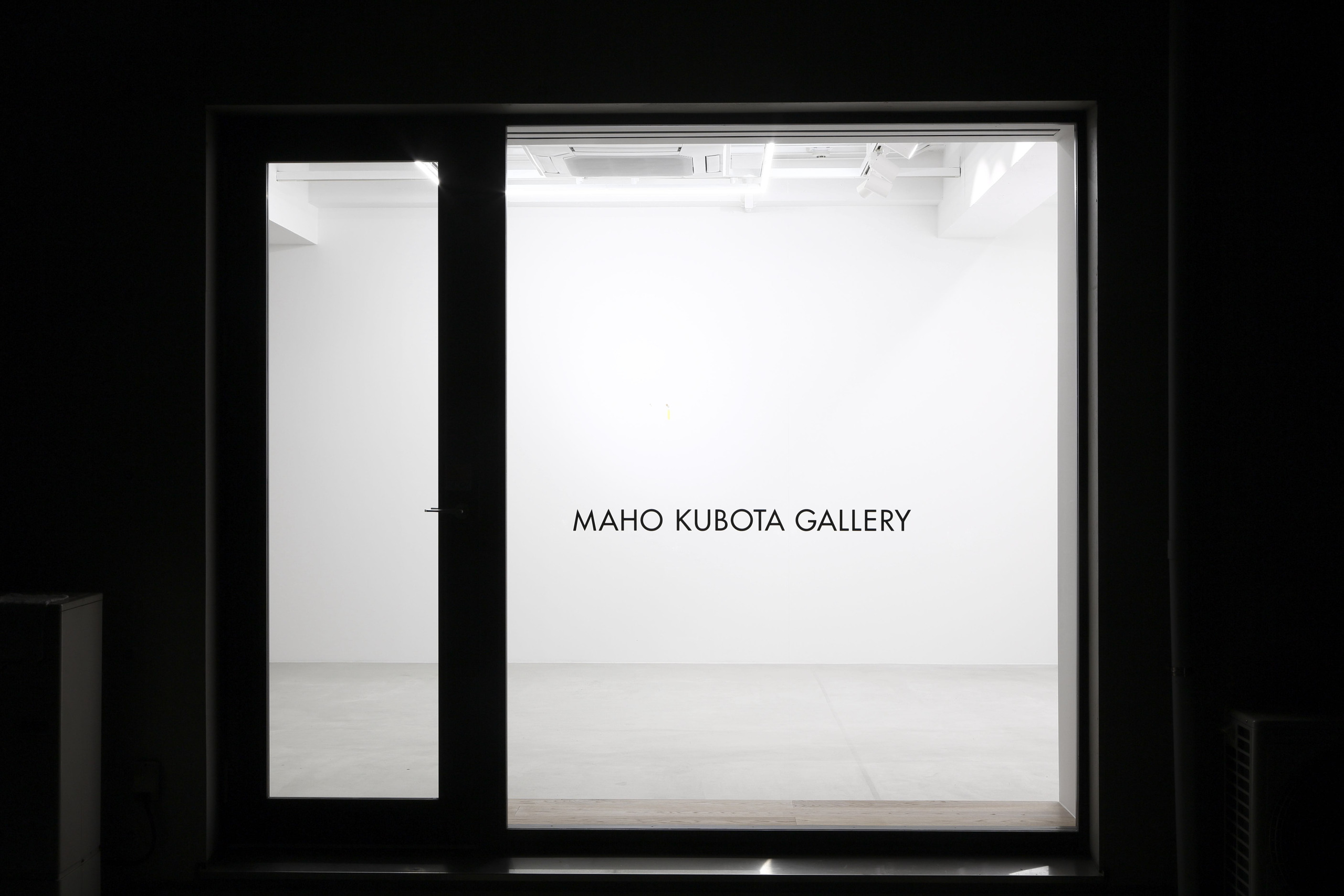
Maho Kubota Gallery opened in 2016 on a narrow street in Jingumae, an area of cultural crossover where the trendy Harajuku and upscale Aoyama neighborhoods overlap. From the start the gallery program has had a focus on artists who highlight gender issues, while in recent years it has expanded to include those who explore the cognitive mechanisms behind art viewing. The gallery also features artists who give poetic expression to the history of human creativity and the richness of human intellect by building on universal narratives that transcend time and place.
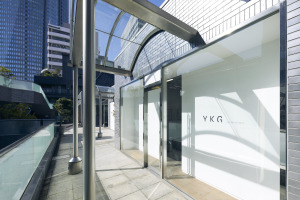
YUTAKA KIKUTAKE GALLERY
- G2
- Roppongi
SKY
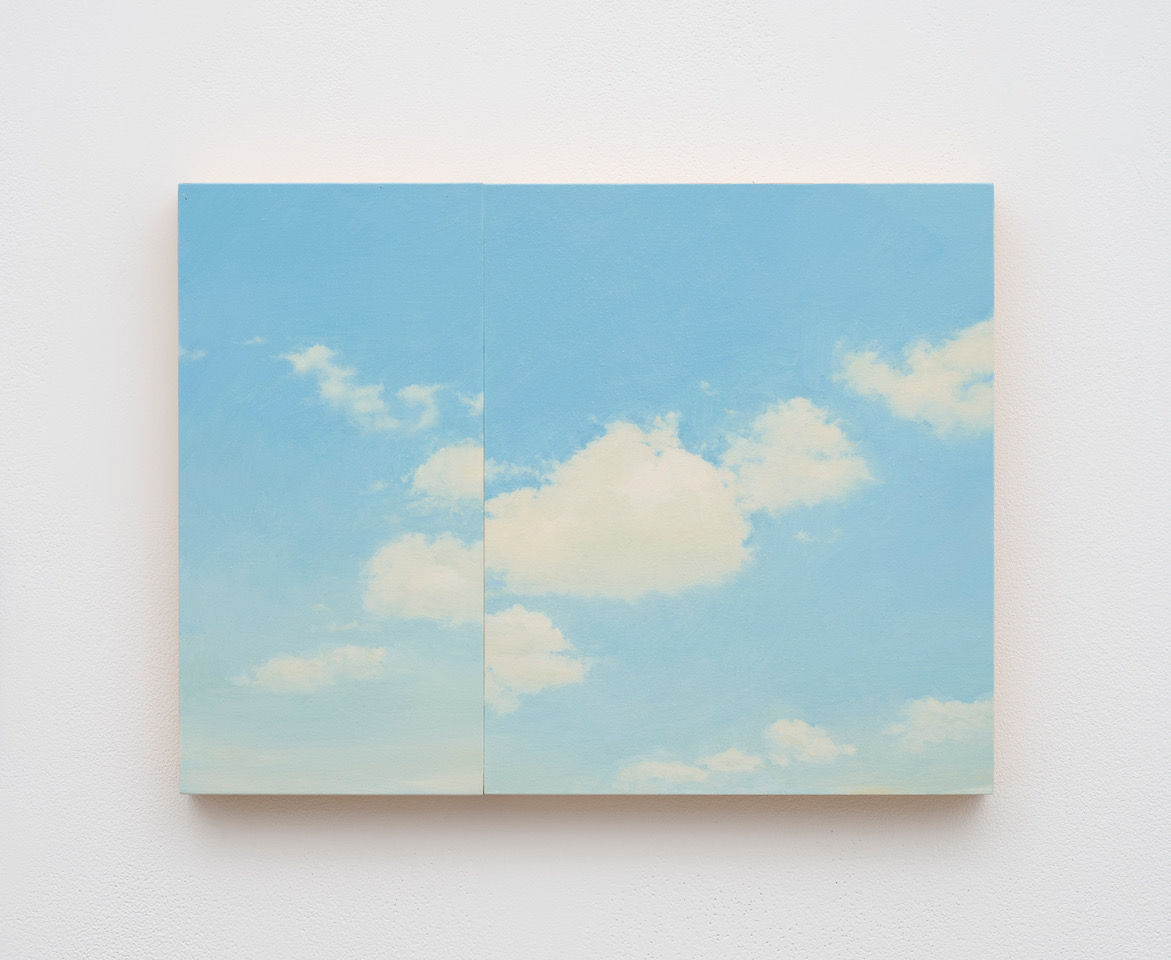
Yutaka Kikutake Gallery is pleased to present “sky,” a group show featuring works by represented artists Takashi Kunitani, Reina Mikame, Kisho Mwkaiyama, Nerhol, and Kouichi Tabata. Since antiquity people have looked up at the constantly shifting firmament to find inspiration for literature and art. Including new works by Kunitani, Mikame, and Tabata, this exhibition explores how contemporary artists respond to this timeless subject as well as associated concepts of open space and emptiness.
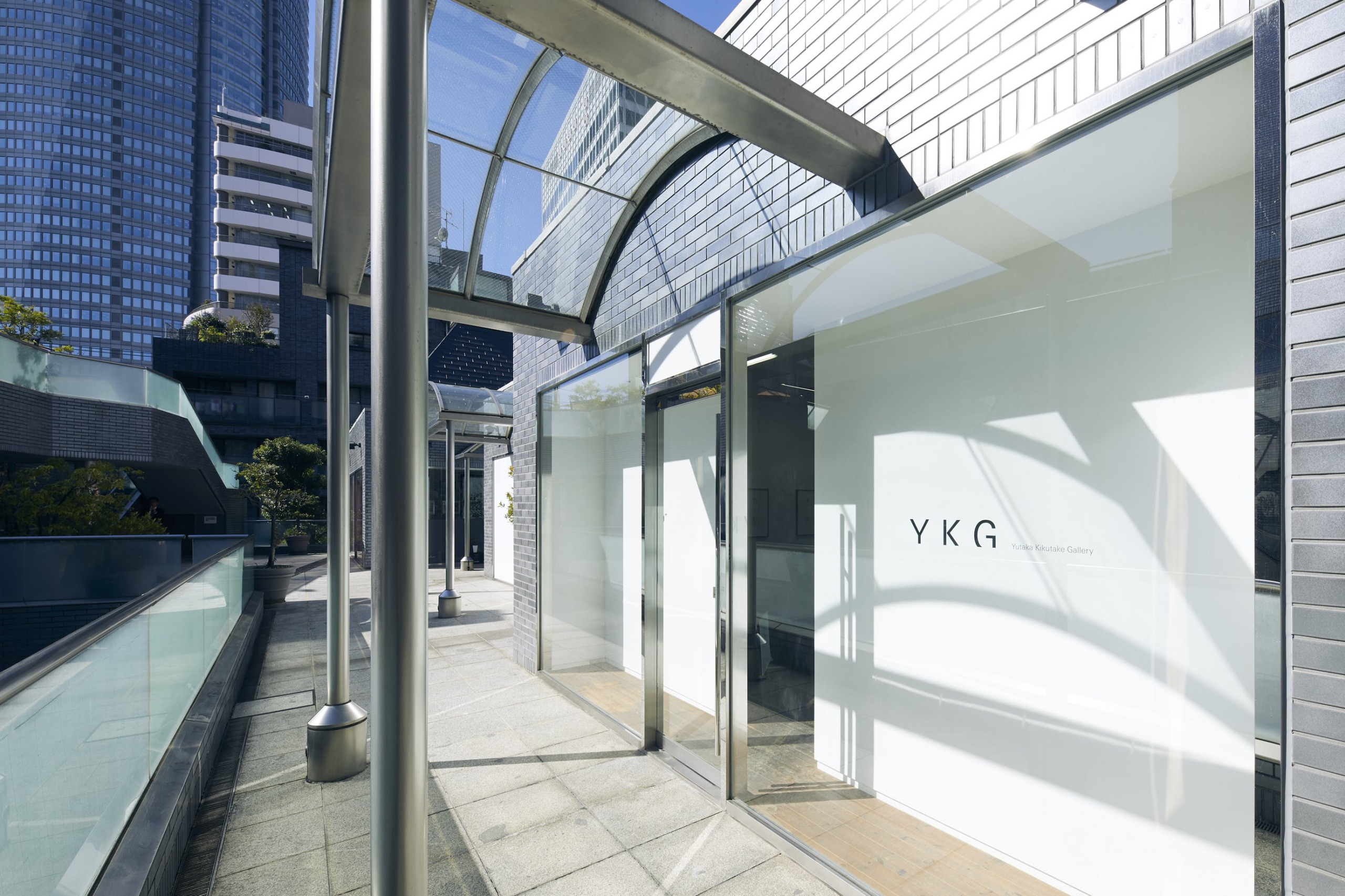
Yutaka Kikutake Gallery opened in Roppongi in 2015. The gallery is committed to adding to the diversity of contemporary art by supporting innovative modes of expression. Its exhibition program features Japanese and international artists who work in a broad range of mediums, from painting and photography to sculpture and film.
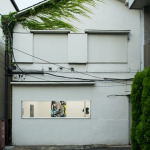
KAYOKOYUKI
- A7
- Komagome
NOBUYA HITSUDA
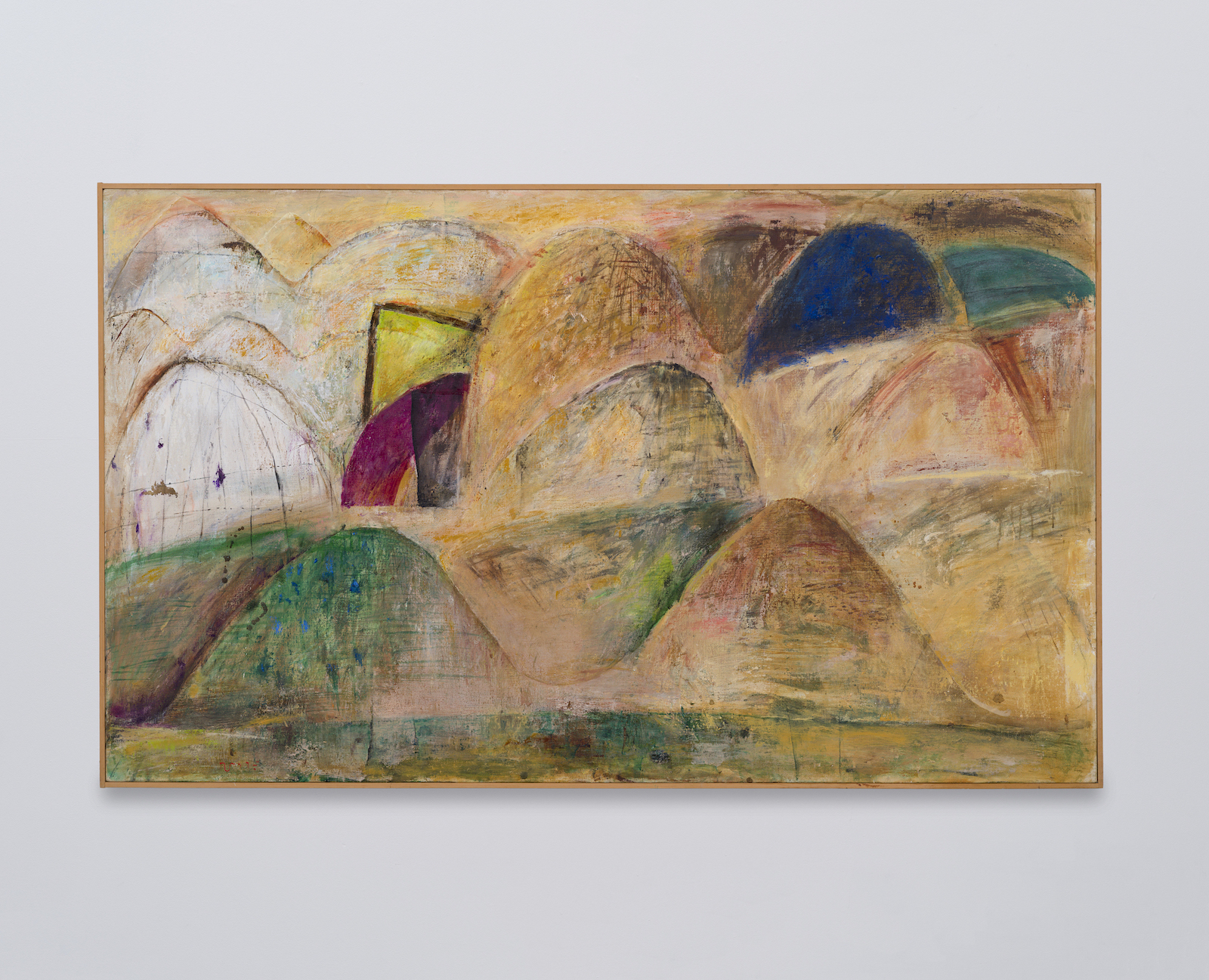
Active since the 1970s, Nobuya Hitsuda is widely known both for his subtle, evocative landscape paintings and his distinguished career as a professor. Former students include artists Yoshitomo Nara, Kyoko Murase, Hiroshi Sugito, and Emi Otaguro.
The devastated landscape of postwar Tokyo left a major impression on Hitsuda, who was born in 1941, and continues to influence his practice. His paintings often depict everyday scenes of concrete walls, weeds growing in untended plots, shadows cast by the morning sun, and broken fences. Mountain ranges and water are also signature elements of his works.
Hitsuda considers his landscape paintings to show moments glimpsed in passing and perceived in fragments. To capture these impressions, he creates a bricolage of various moments. His way of seeing and accumulating scenes across time results in compositions that appear to metamorphose right before the viewer’s eye.
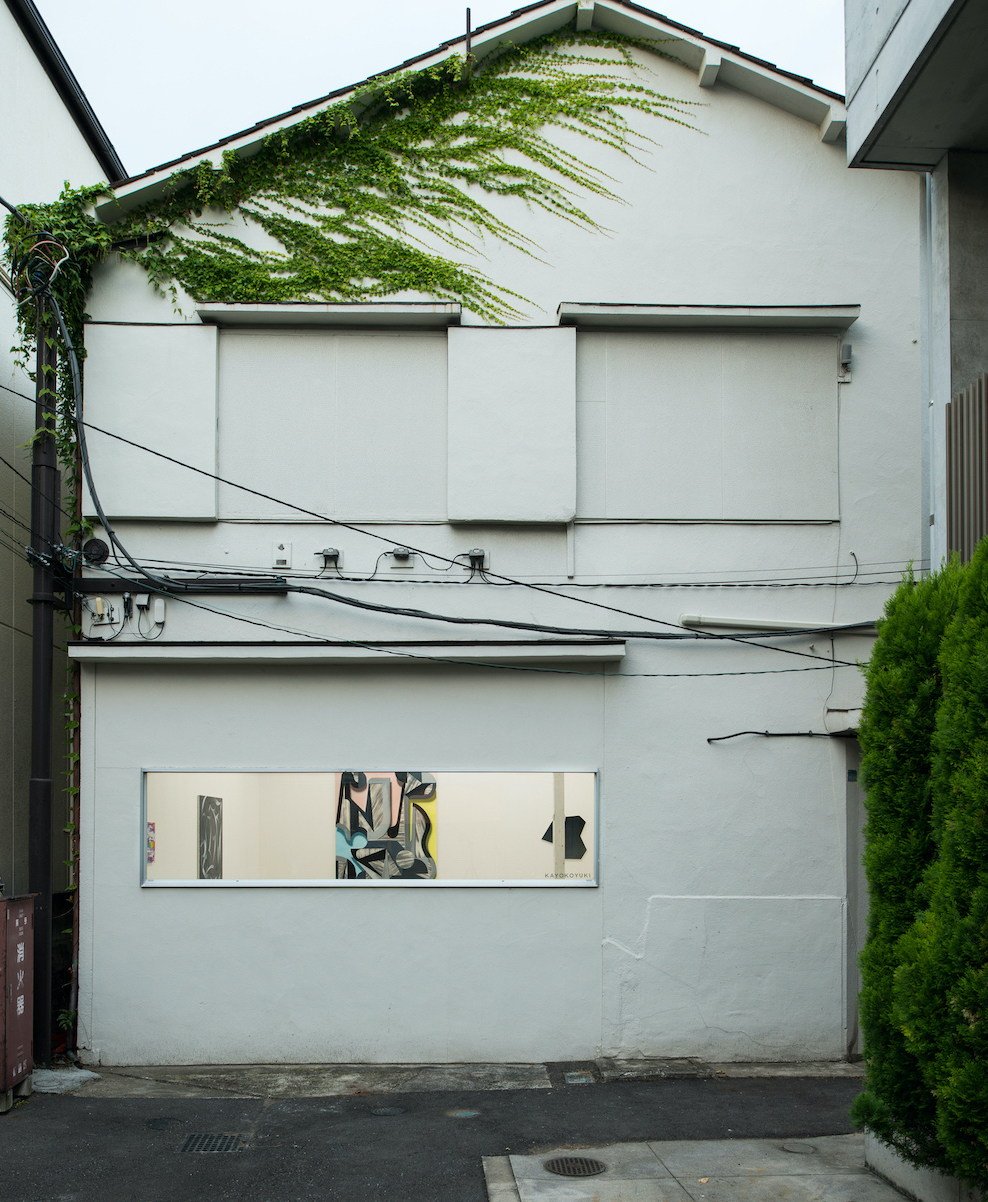
Kayokoyuki was founded by Kayoko Yuki in Tokyo in 2011 and has occupied its current converted warehouse space in Komagome since 2015. The gallery supports artists who use ephemeral imagery derived from objects in their everyday lives to reflect on their experiences and create works that propose new ways of coexisting at a time of increasing social polarization.
Kayokoyuki participates in international art fairs, such as Paris Internationale and NADA Miami, and operates a second space, Echo, Cologne, in collaboration with three other international galleries. Represented artists include Nobuya Hitsuda, Kenji Ide, Yohei Imamura, Shiho Kagabu, Kazuki Matsushita, Ayako Ohno, Emi Otaguro, Michi Suwa, Daichi Takagi, Masanori Tomita, and Evelyn Taocheng Wang.
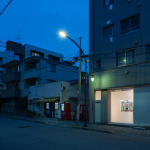
KANA KAWANISHI GALLERY
- B8
- Kiyosumi-Shirakawa
AKIRA FUJIMOTO: MINERALIZATION
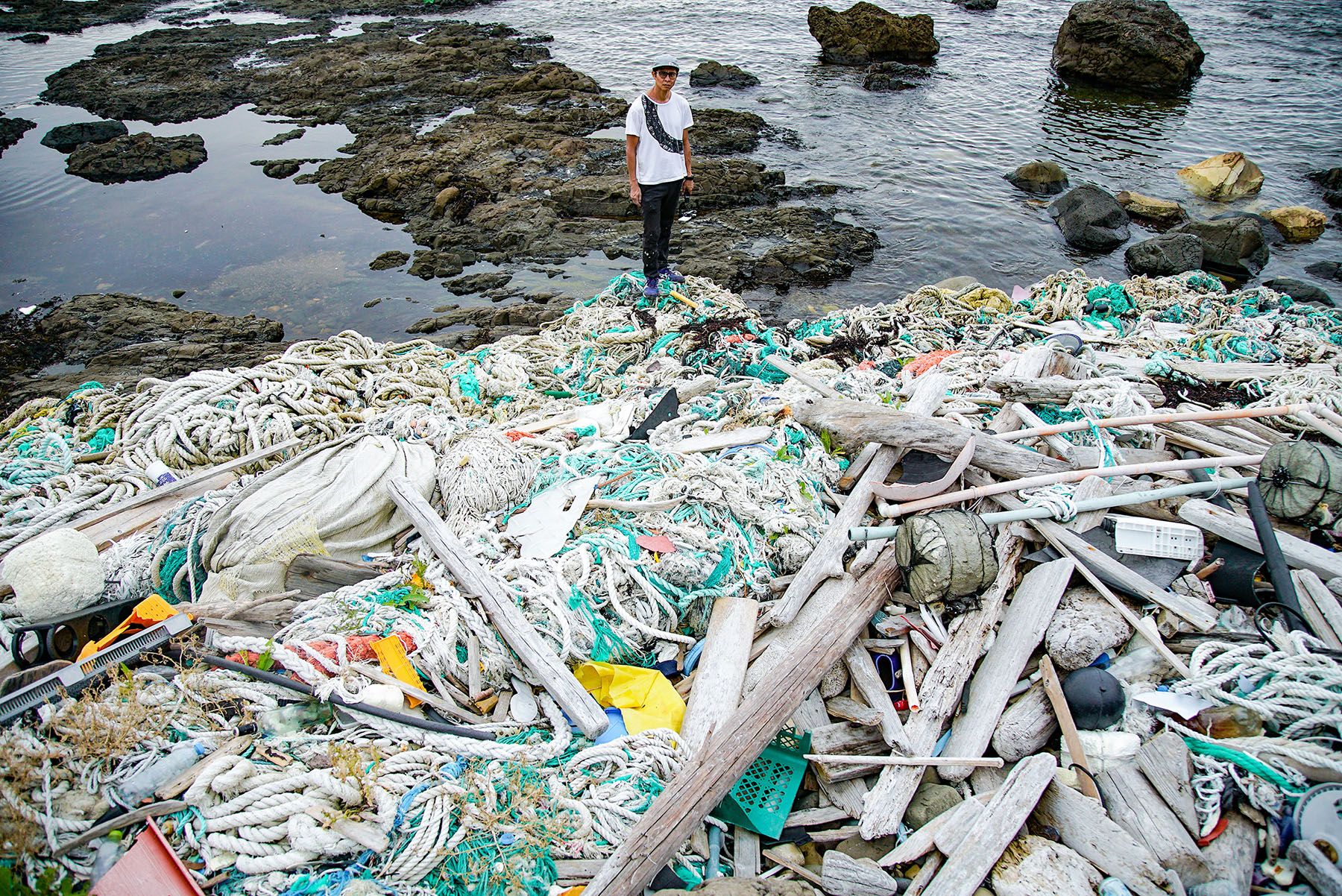
“Mineralization” is the latest chapter of Akira Fujimoto’s marine debris series. Since 2019, the artist has addressed the problem of ocean plastics by looking at what accumulates on our coasts. Just beyond the beaches we visit to sun and swim are outcrops where the world’s plastics pile up. These products are made of fossil fuels containing biological remnants hundreds of millions of years old. Fujimoto goes to great lengths to collect them, carry them ashore, and heat press them into works of art. This solo exhibition represents the mineralization of an enormous amount of time and energy.
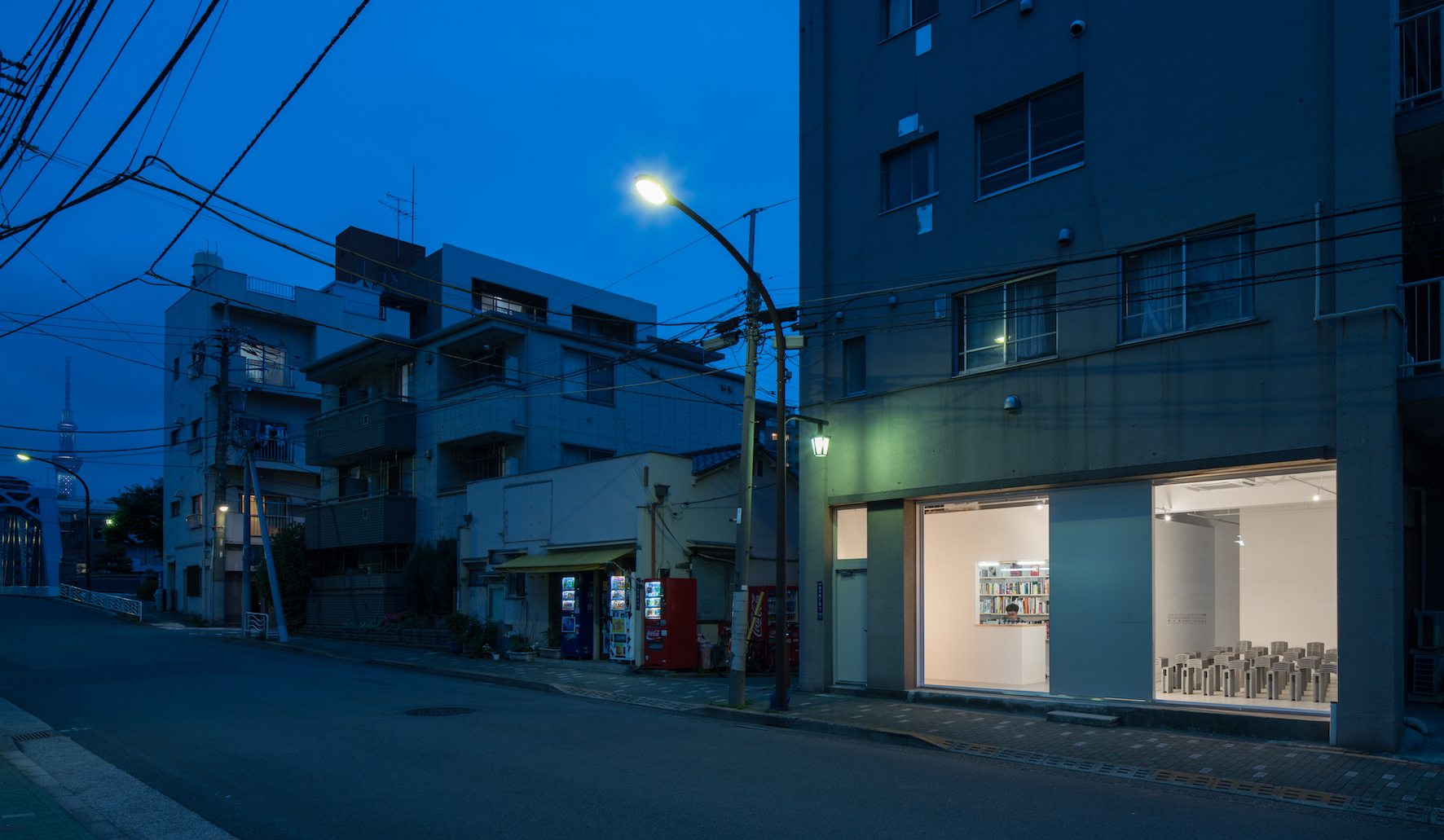
Kana Kawanishi Gallery was founded in 2015 to showcase Japanese and international artists who explore aspects of society through visual media. The gallery is located in Kiyosumi-Shirakawa, a five-minute walk from the Museum of Contemporary Art Tokyo. Its satellite space, Kana Kawanishi Photography, which focuses on contemporary photography, opened in 2018 in Nishi-Azabu, near the Mori Art Museum. Both spaces were designed by Yuko Nagayama & Associates.
Kana Kawanishi Gallery has placed works by its artists in major public collections, including the British Museum, London; the 21st Century Museum of Contemporary Art, Kanazawa; the Museum of Contemporary Art Tokyo; and the Tokyo Photographic Art Museum. The gallery also regularly participates in international art fairs, including NADA New York, photo basel, Photo London, and Unseen in Amsterdam. Kana Kawanishi Gallery was named a “power player” of the Tokyo art scene by Artnet News in 2022 and has previously been featured in stories in Artsy, the Asahi Shimbun, Bijutsu Techo, Blouin Artinfo, The Guardian, Forbes, Libération, and Monocle.
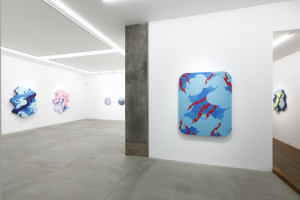
KOSAKU KANECHIKA
- C2
- Tennozu
NORITAKA TATEHANA: SYNCRETISM
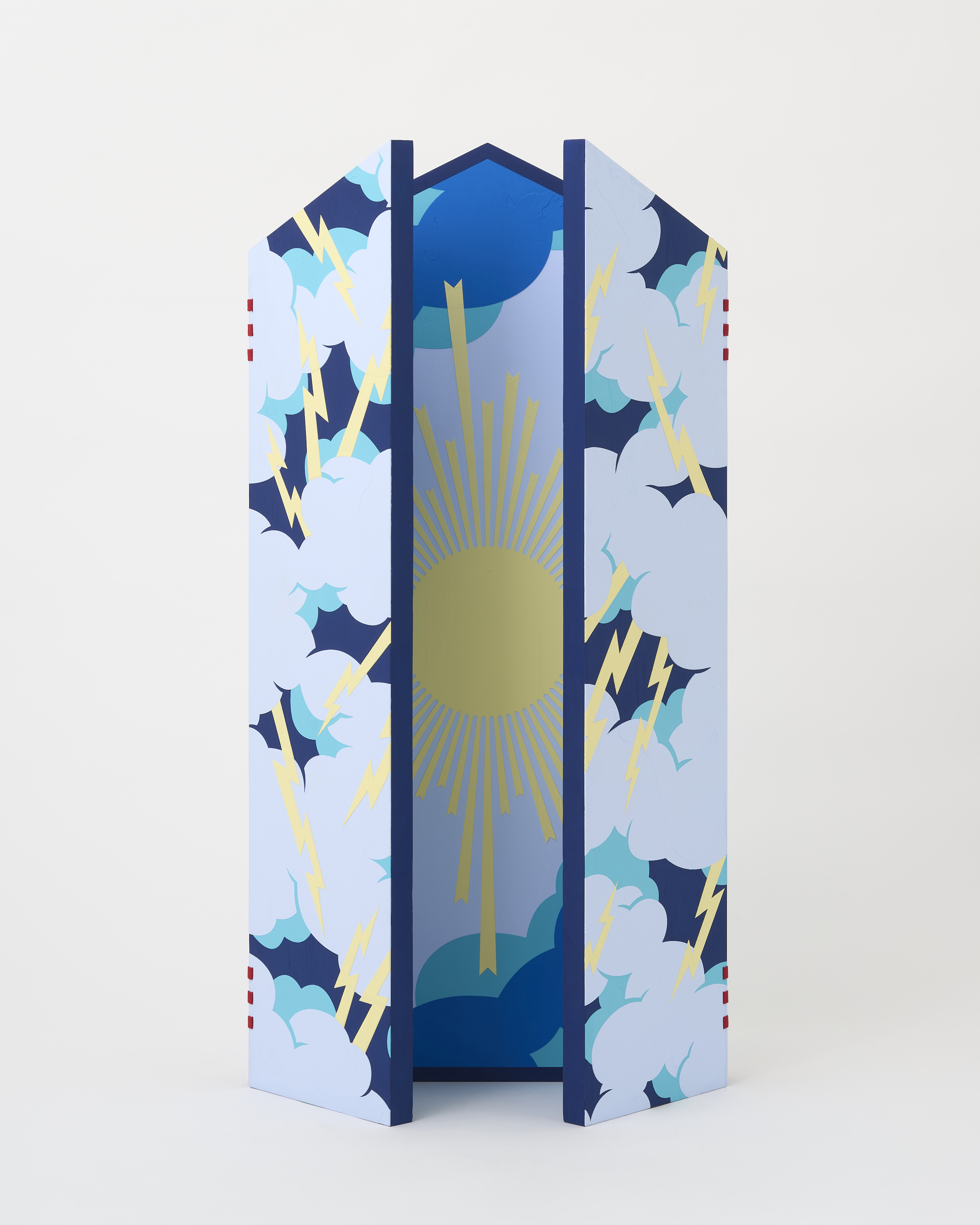
For his ninth solo exhibition with Kosaku Kanechika, Noritaka Tatehana continues his examination and reinterpretation of traditional Japanese culture, bringing a modern perspective to its forms, motifs, and value systems. The central piece, Descending Painting (Double Doors) (2023), is a seigan triptych informed by two concepts that are key to Tatehana’s recent body of work: Shinto-Buddhist syncretism and binary homogeneity. Shinto-Buddhist syncretism, which was the primary theme of his 2020 solo exhibition “Dual Dialogue” and its Duality Painting Series, explores how two perspectives can coexist in a single work. Binary homogeneity, a concept Tatehana sees as particular to Japan, is a counterpoint to the Western idea of binary opposition.
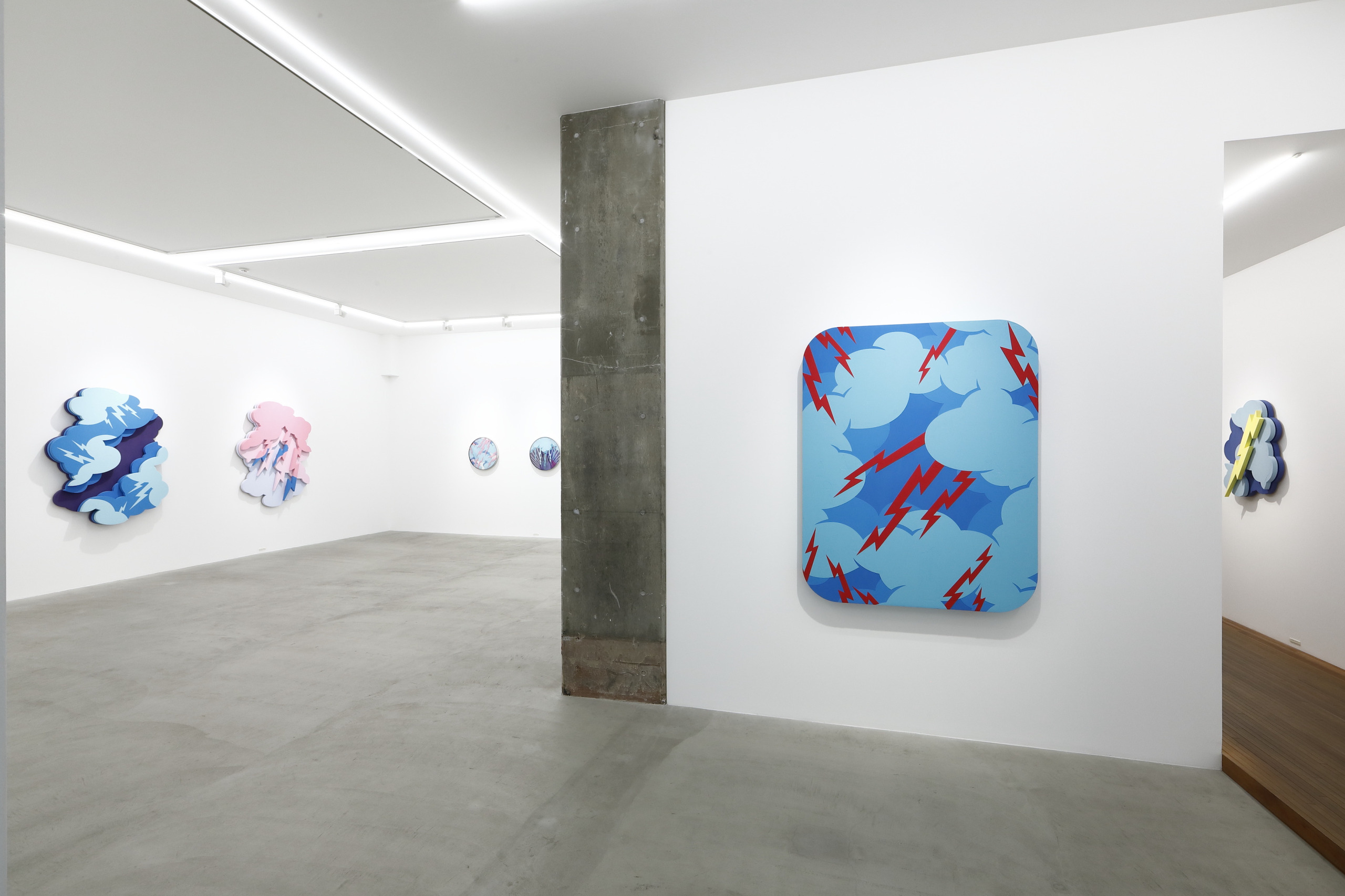
Kosaku Kanechika was founded in Tokyo in 2017. Part of a new generation of venues redefining the local art landscape, the gallery showcases work by Japanese artists who are active both nationally and internationally. Represented artists include Yutaka Aoki, fumiko imano, Takuro Kuwata, Junko Oki, Ataru Sato, Chikashi Suzuki, and Noritaka Tatehana. The program also features international artists, such as Dan McCarthy and Ruby Neri, whose innovative approaches to expression transcend medium and genre.
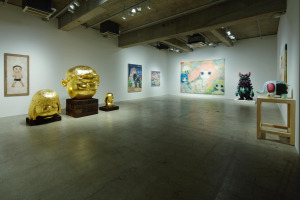
KAIKAI KIKI GALLERY
- D3
- Hiroo
SHOKO NAKAZAWA: HARMONY
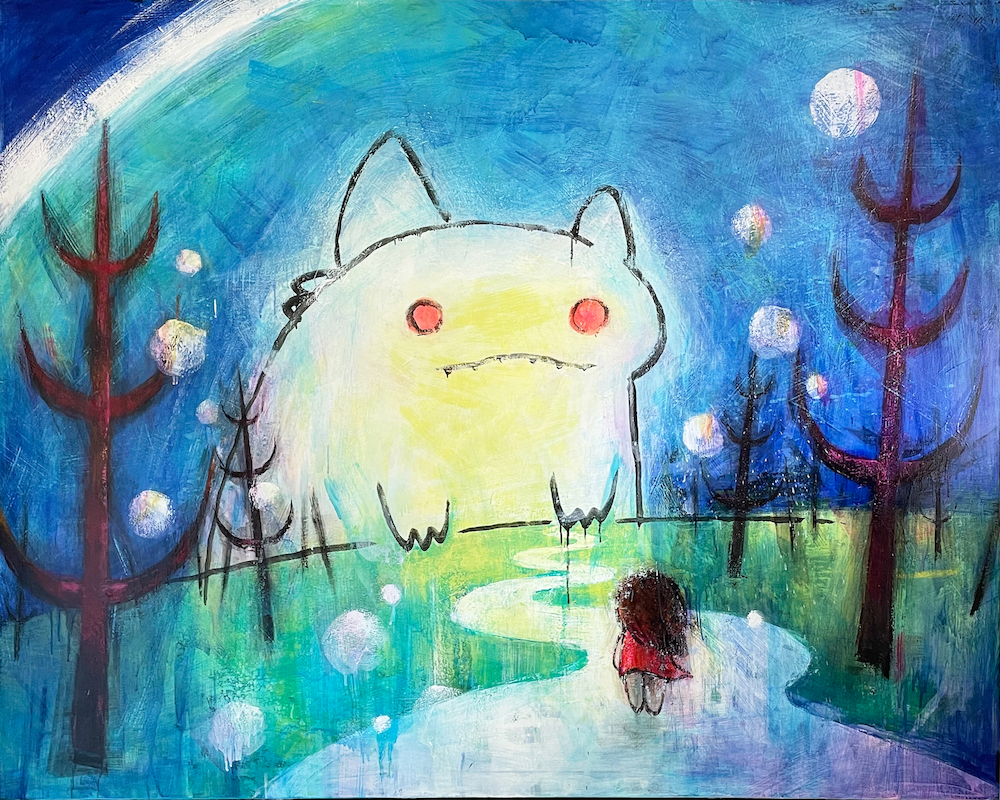
Kaikai Kiki Gallery is pleased to present “Harmony,” Shoko Nakazawa’s long-awaited first major solo exhibition with the gallery. Nakazawa began her career as a graphic designer and illustrator, coming to build a dedicated fan base through the production of soft-vinyl monsters. For this exhibition, she has created more than 20 new paintings, including a monumental six-panel work that fills an entire gallery wall. Among these are depictions of her iconic monsters, Byron and Seedlas, as well as a portrait of a young girl who may represent the artist’s inner self.
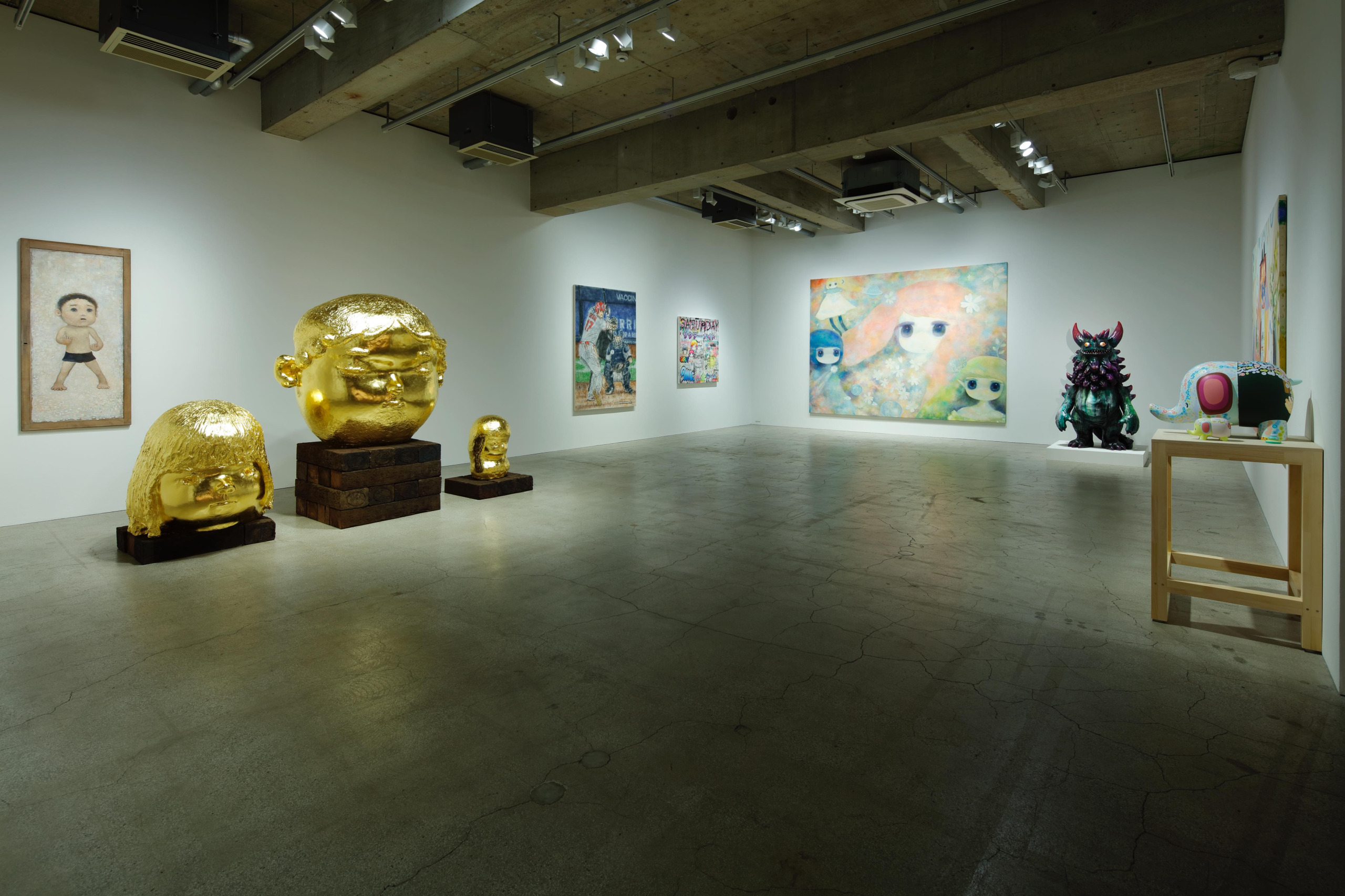
Takashi Murakami founded Kaikai Kiki Gallery in 2008 as a space for presenting the work of the artists he manages. The gallery seeks to imbue art with new social value and contribute to the development of the Japanese art scene as a whole through its activities. Represented artists include Chiho Aoshima, Emi Kuraya, Madsaki, Mr., Shin Murata, ob, Otani Workshop, Aya Takano, and TENGAone, while international artists who have shown with the gallery in Tokyo include Kasing Lung and Futura.
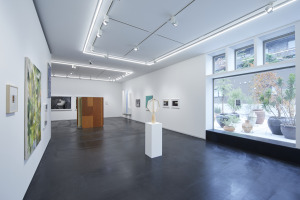
TAKA ISHII GALLERY
- G2
- Roppongi
ROSALIND NASHASHIBI: INFINITY POOL
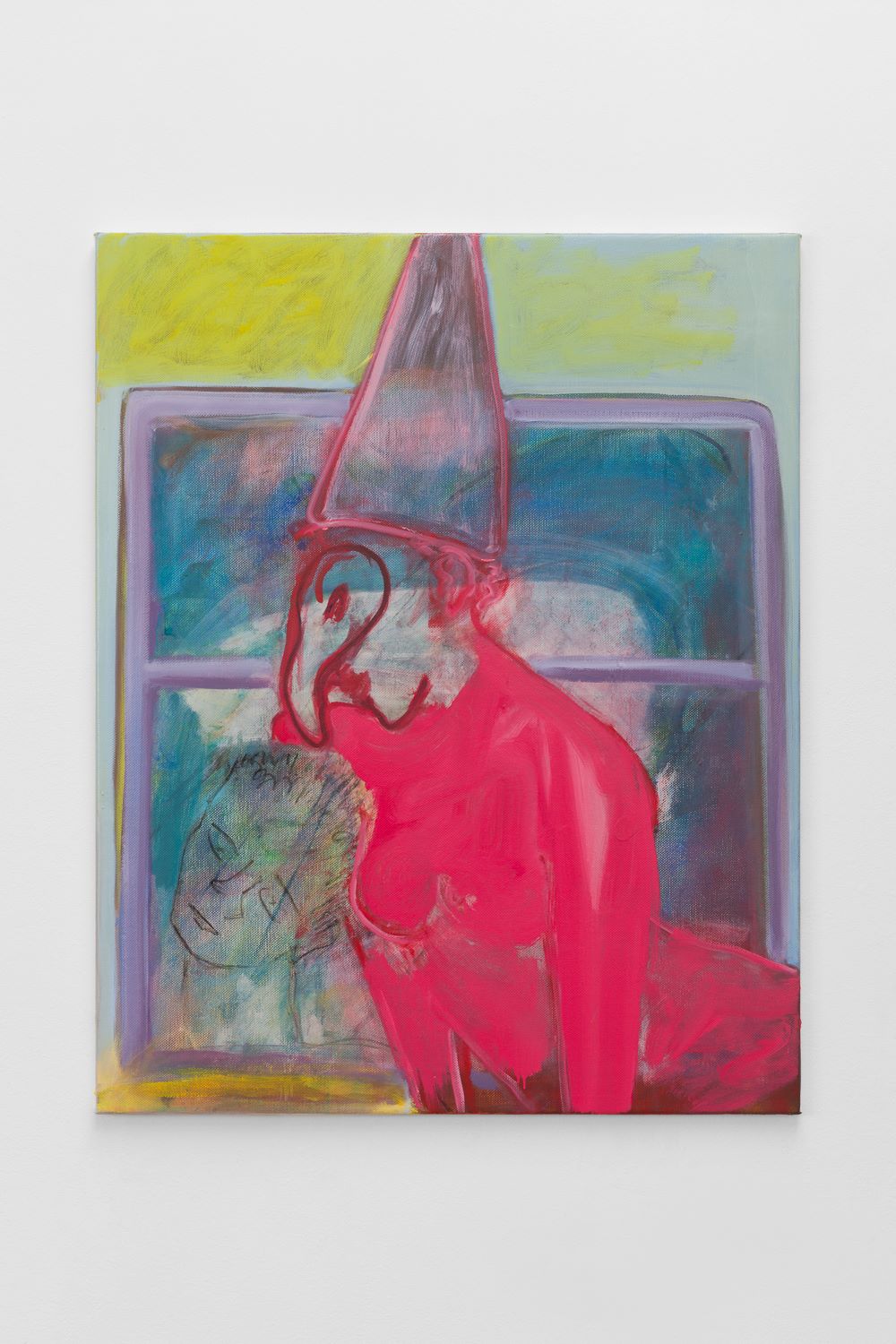
Rosalind Nashashibi’s artistic practice ranges from painting to filmmaking, printmaking, and photography. The different aspects of her practice overlap with and inform each other, with her paintings taking on a filmic quality and her films at times operating in tandem with her other output.
In recent paintings Nashashibi works with motifs referencing literature and theater as well as images conceived in her mind. From a female “punchinella” to prismatic ripples on the surface of a pool, the paintings in “Infinity Pool” shift between solid and liquid, surface and depth—dynamics that, for Nashashibi, are key preoccupations of painting.
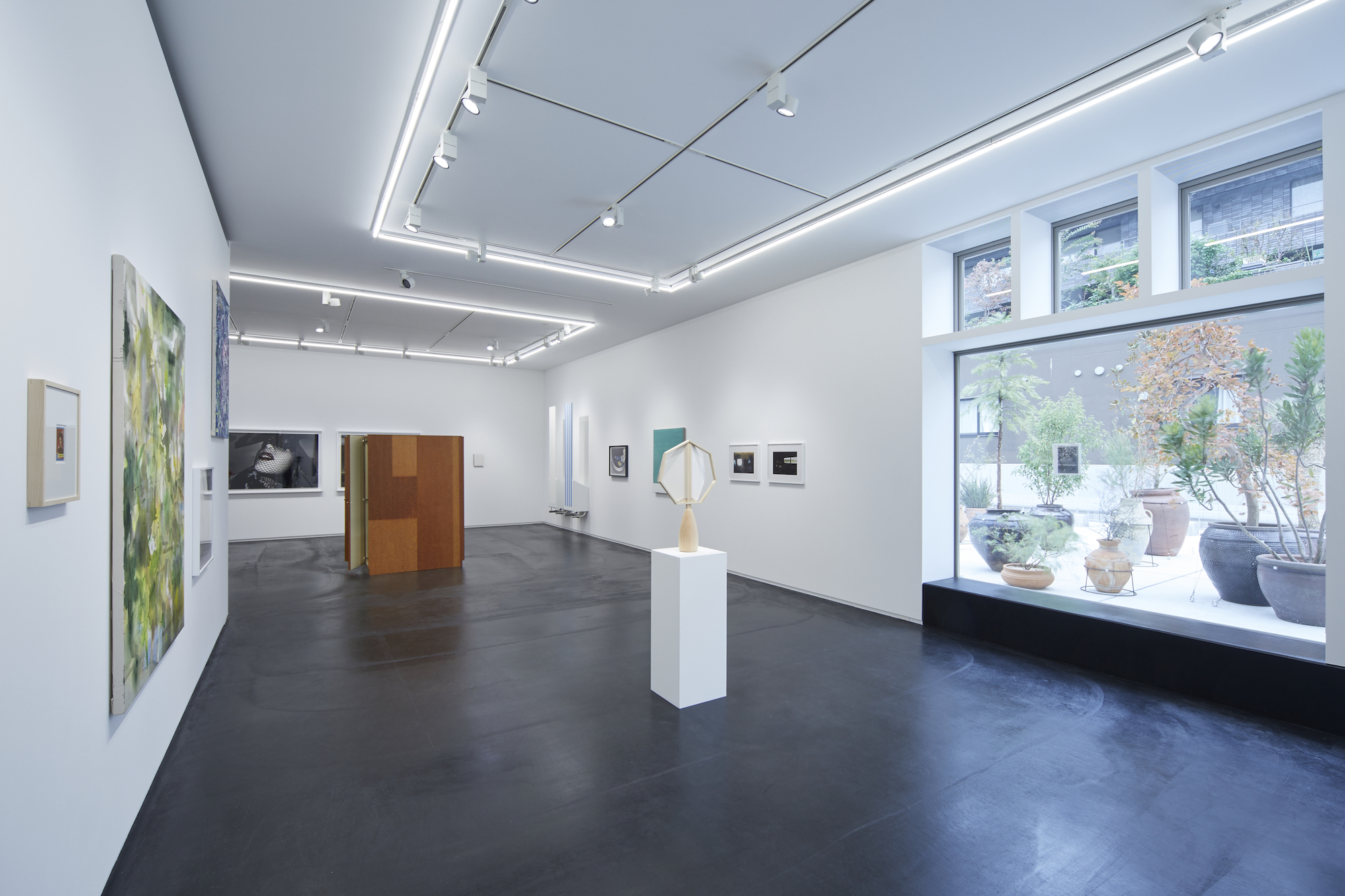
Since opening in 1994 Taka Ishii Gallery has developed an exhibition program that introduces international contemporary artists to Japan while providing a global platform for the country’s emerging artists and contemporary masters. While the gallery aesthetic is rooted in the photographic, the program is contemporary and represents artists working in a variety of media. It maintains an annual calendar of eight exhibitions and publishes catalogues and artist books. In addition to its primary exhibition space at complex665, Taka Ishii Gallery has a second venue in Roppongi, amanaTIGP, which focuses on pre- and postwar Japanese photography and film. In 2023 the gallery added branches in Kyoto and Maebashi for hosting collaborative projects with artists and also established a viewing space in Hong Kong.
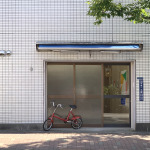
HAGIWARA PROJECTS
- B2
- Kiyosumi-Shirakawa
YOKO TERAUCHI
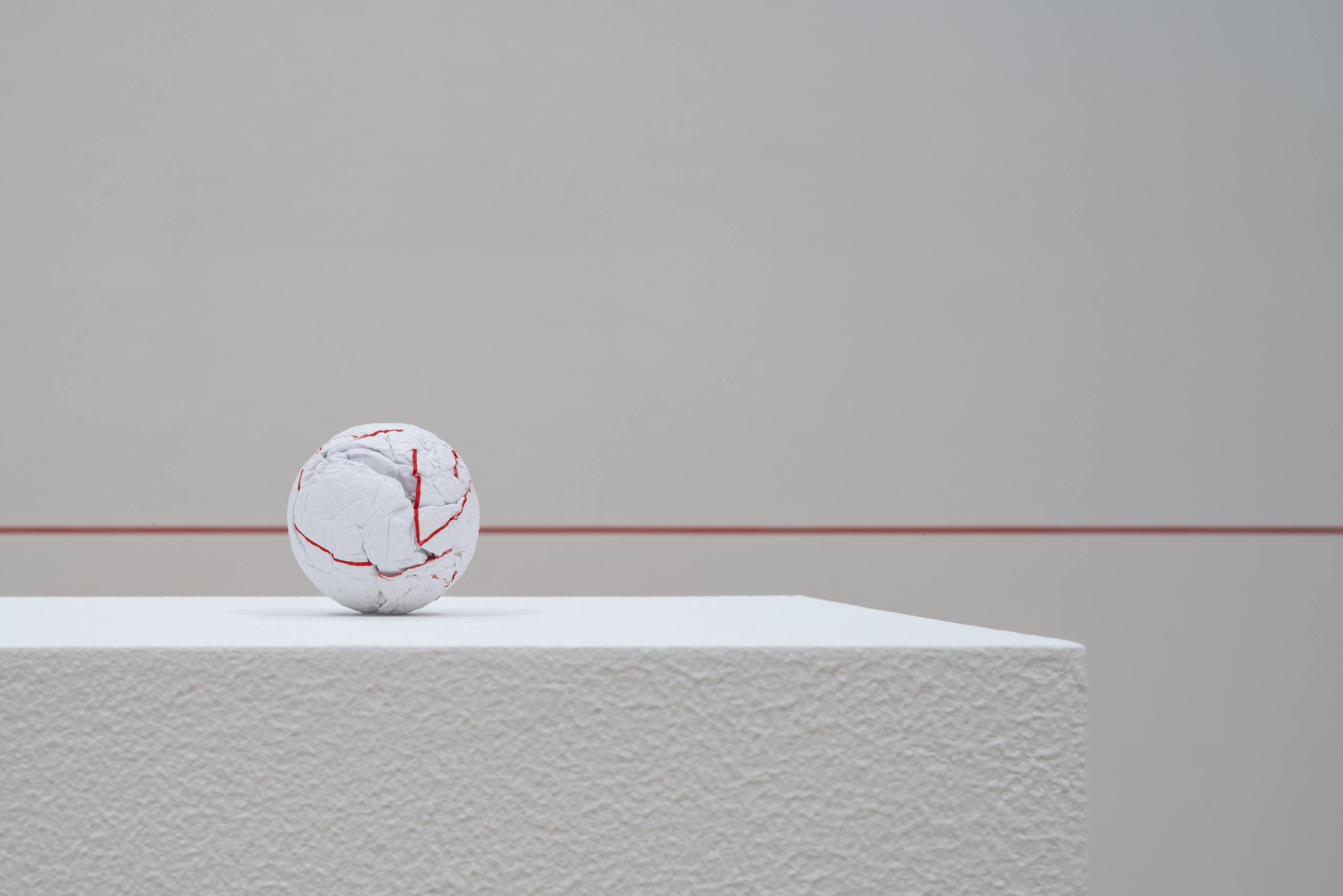
Yoko Terauchi moved to London in the late 1970s to attend Saint Martin’s School of Art and returned to Japan 20 years later. Since then, she has exhibited widely at museums and galleries in Japan and abroad. Terauchi’s practice began during a period of doubt in her study of sculpture, giving rise to works that challenge tenets and values we conventionally set in opposition to each other, such as back and front, inside and outside, and good and evil. By choosing to neither add to nor subtract from a lead plate or sheet of paper—by respecting the form a material takes on its own—Terauchi demonstrates her belief that “there is no opposition in the world.”
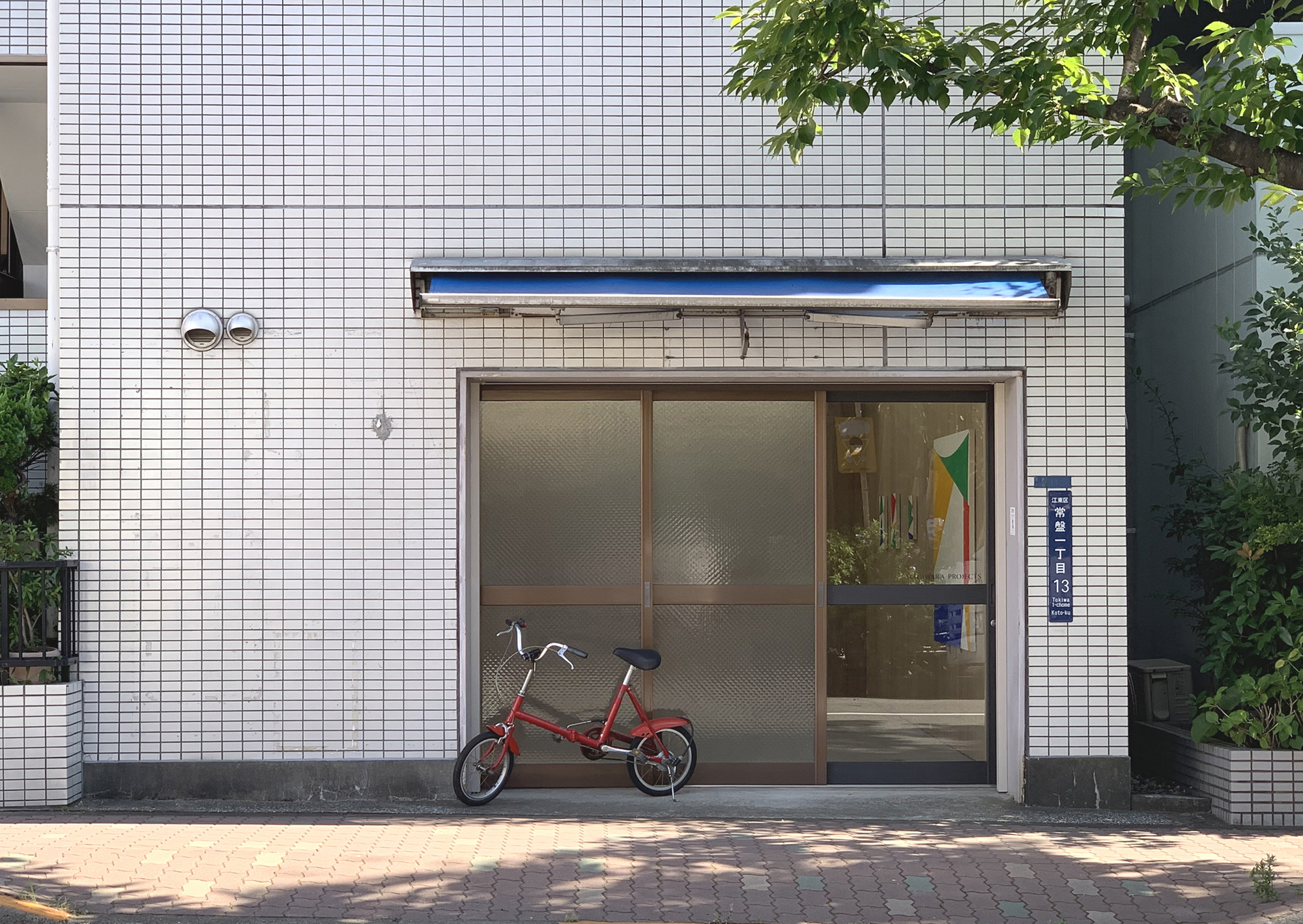
Hagiwara Projects was established in Tokyo’s Nishi-Shinjuku district in 2013 and relocated to Koto-ku in 2021. The gallery focuses on emerging and midcareer Japanese and international artists working in painting, sculpture, film, photography, and other mediums. In addition to showing its represented artists, Hagiwara Projects actively contributes to the Japanese art scene by commissioning guest curators to organize thematic exhibitions. The gallery also introduces the work of Japanese artists to a global audience through regular participation in international art fairs.
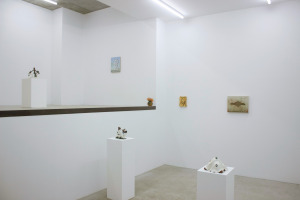
FIG.
- A5
- Otsuka
FIG. 9. IMMEDIACY
Fig. is pleased to present “Immediacy,” a group exhibition of works by Lisa Lapinski, Umico Niwa, Shizuka Okada, and J. Parker Valentine. The word “immediacy” implies direct and unmediated sensation, which may at first seem at odds with how we engage artistic mediums. Seeking a broader understanding of the word, this exhibition is an inquiry into what a definite, tangible, and immediate experience of art could be.
Each exhibiting artist brings a keen and critical sensibility to her practice. Lisa Lapinski is known for formally complex sculptures incorporating the terms of semiotics, craft, and other mediums. Intricately interweaving life experience and fantasy, Umico Niwa combines various materials to blur their boundaries and thus resist dominant modes of classification and quantification. Shizuka Okada’s works drift between tangible and intangible narratives, producing substantial yet fragmentary sensations. J. Parker Valentine is engaged in long-term experimentation with materials that resonate with the act of drawing.
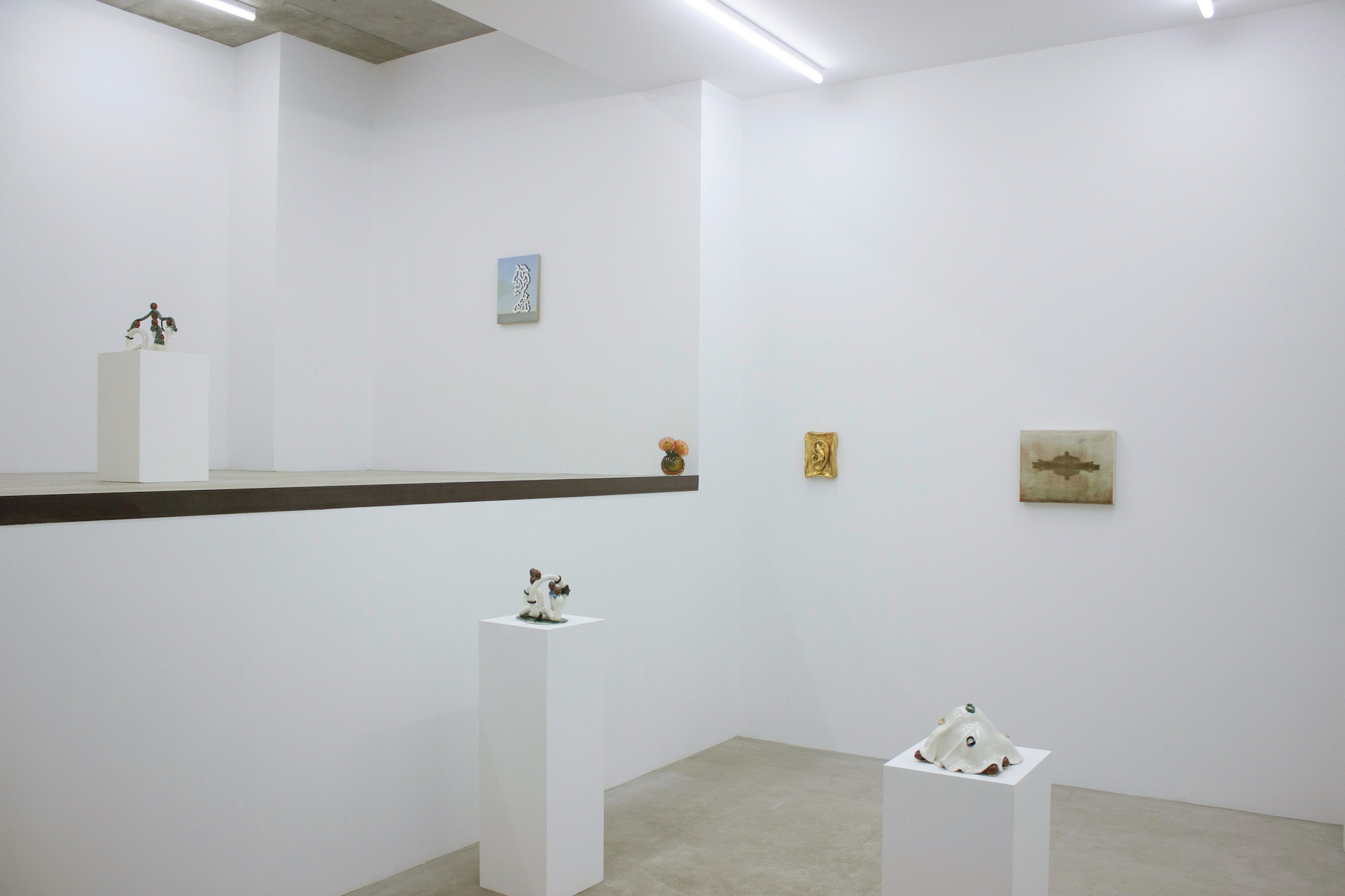
Fig. is an artist-run space founded in Kita-Otsuka in 2017. Organized on a project basis, its exhibition program features both local and international artists and is often developed in collaboration with other art spaces from Japan and abroad. Past exhibitions include David Ostrowski, “Leeres Wasser (Anti Drawings)” (2023); Umico Niwa, “My Life Inside a Shoe (the phantom cricket)” (2023), organized with XYZ collective; “Drawing Fever I: Narrative, on-going” (2022); Nicolás Guagnini and Shizuka Okada, “Interference” (2021), organized with Galerie Max Mayer; Hannah Weinberger “wedidntwanttoleave.live” (2020), curated by Fitzpatrick Gallery with the Performance Agency; Cobra, “The Museum” (2019); and Shizuka Okada, “Slender and Long My Whistle” (2018).
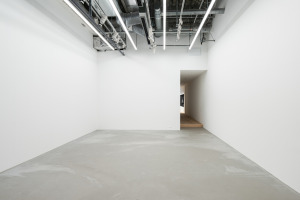
YUMIKO CHIBA ASSOCIATES
- G2
- Roppongi
SOL LEWITT AND JIRO TAKAMATSU: LINE FOR EARTH PROJECT
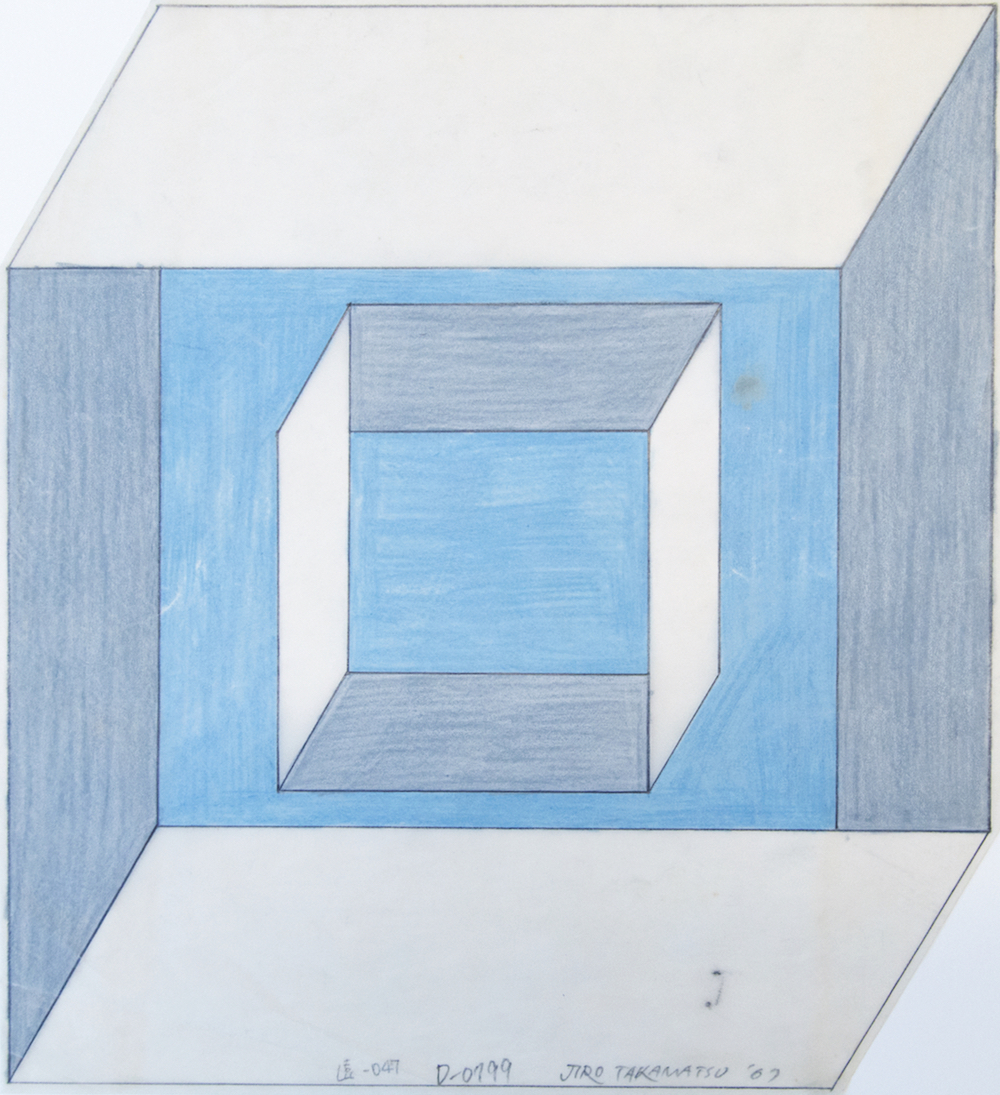
In 1967 Sol LeWitt published the essay “Paragraphs on Conceptual Art,” coining the term “Conceptual art” to describe certain practices emerging at the time. In Japan during the same period Jiro Takamatsu was making works of an intellectual bent that emphasized thoughts and concepts. Takamatsu’s output demonstrates that Conceptual art was not just an American phenomenon but one that occurred in various parts of the world.
Rather than uphold the belief that art is an act of individual expression LeWitt and Takamatsu set out to interrogate how art and perception come to be, focusing on their structures, systems, and constituent elements such as cubes, lines, and perspective. Though the artists were unaware of one another, they each endeavored to show the variations of representation generated by certain rules, with LeWitt giving visual form to the limitations of those variations and Takamatsu to their limitlessness.
“Line for Earth Project” primarily focuses on work by LeWitt and Takamatsu from the late 1960s to the early 1970s, displaying sculptures made from cubes alongside drawings that offer vital clues to how the thinking behind them unfolded. For both artists, drawing was as important as sculpture in developing thoughts and visualizing concepts.
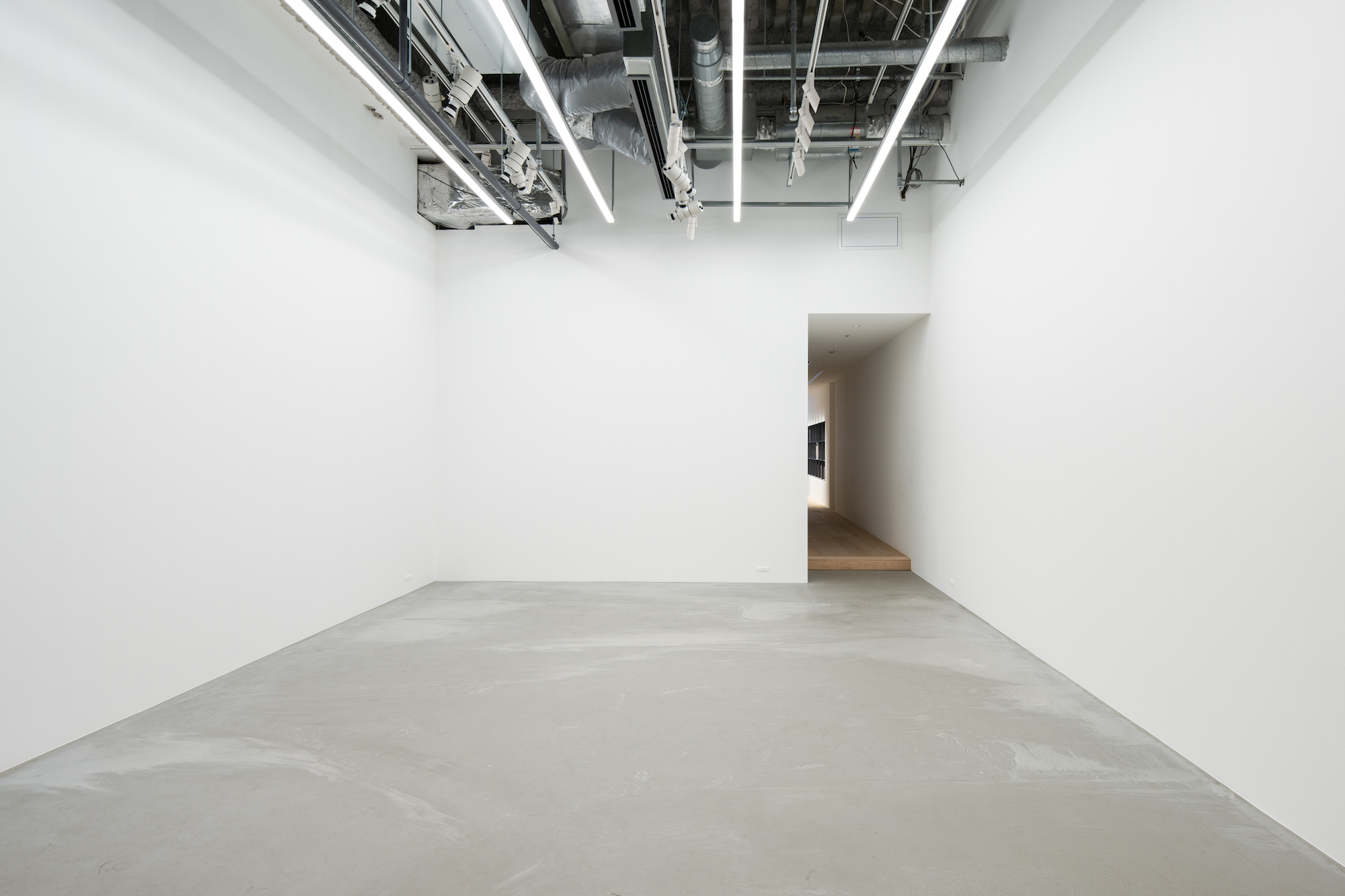
Yumiko Chiba Associates was founded in 1988 and operated as an artist management office before opening its Shinjuku gallery in 2010. The gallery moved to its current space in Roppongi in 2022. YCA represents the estates of some of the most important figures in Japanese postwar art, from Jiro Takamatsu to Masafumi Maita, Shin Yanagisawa, and Katsuro Yoshida. The exhibition program features solo shows by these and other artists, including those of younger generations. The gallery also maintains an active publishing program, commissioning critical essays that contribute to art historical research on various practices. In 2022, coinciding with its move to Roppongi, YCA launched the Roppongi ArsCuria hub to further promote artistic and critical discussion. YCA is a regular participant at Art Basel Hong Kong, Paris Photo, and other contemporary art fairs.
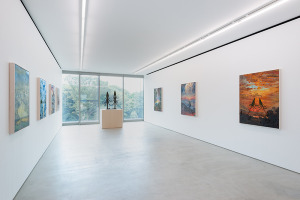
Blum
- F3
- Harajuku
HA CHONG-HYUN
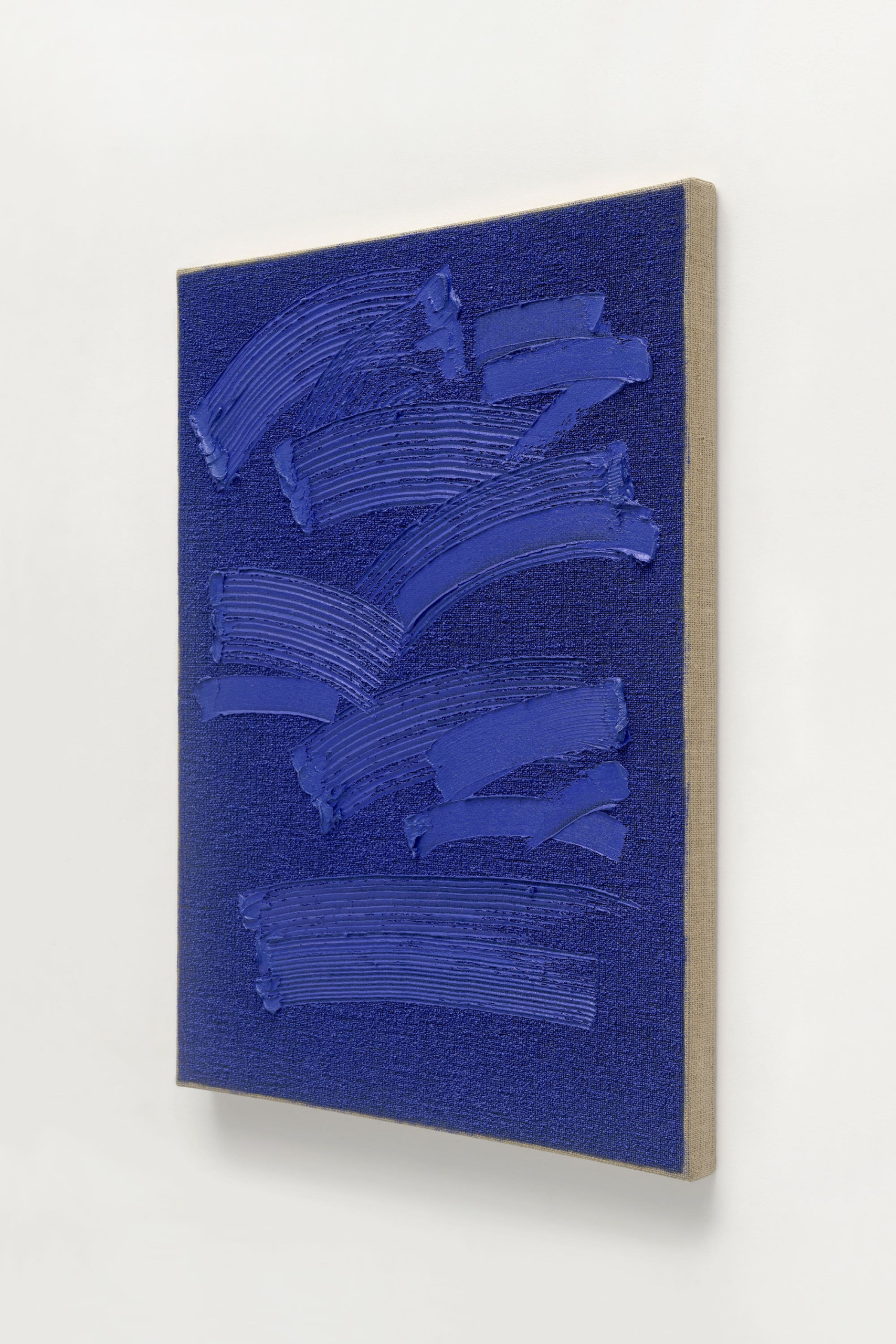
Blum is pleased to present a solo exhibition of Ha Chong-hyun, featuring eight new paintings from his ongoing Conjunction series. Begun in 1974, the Conjunction series employs Ha’s original bae-ap-bub (back-pressure) technique, in which he presses viscous oil paint through the weave of the canvas to produce thick agglomerations on the front. The artist then brushes, smears, and scrapes the surface paint into abstract compositions that emphasize the materiality of the medium and its support.
Through their experiments with monochrome painting, Ha Chong-hyun and his peers—Chung Sang-Hwa, Kwon Young-Woo, Lee Ufan, Park Seo-Bo, Yun Hyong-keun, and others—came to be known as the Dansaekhwa movement. By variously pushing paint, soaking canvas, dragging pencils, and ripping paper, these pioneers refuted the conventions of traditional ink painting and questioned the distinctions separating ink painting from oil, painting from sculpture, and object from viewer.
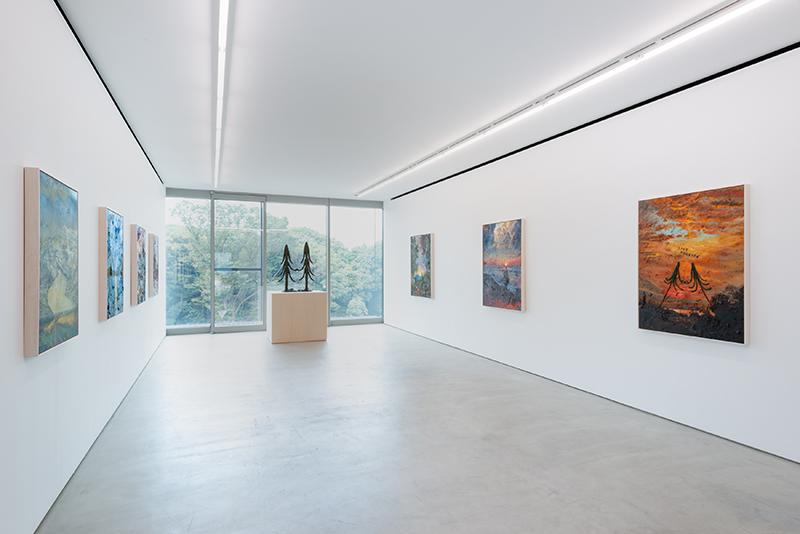
Representing more than 60 artists and estates from 16 countries worldwide, Blum’s hands-on approach nurtures a diverse roster of artists at all stages of their practices with a range of global perspectives. The gallery has been a pioneer in its early commitment to Los Angeles as an international arts capital and is recognized for collaborating in launching the careers of artists such as Mark Grotjahn, Friedrich Kunath, Takashi Murakami, Yoshitomo Nara, Asuka Anastacia Ogawa, Anna Park, Umar Rashid, and Henry Taylor. The gallery has also been acclaimed for its groundbreaking work in championing artists of Korean and Japanese postwar and contemporary movements, such as Dansaekhwa, Mono-ha, and Superflat. Across its spaces in Los Angeles (opened 1994), Tokyo (opened 2014), and New York (opened 2014), the gallery has organized museum-caliber solo presentations and historical survey exhibitions, often partnering with renowned curators and scholars, and presenting retrospectives of late artists such as American painter Robert Colescott and multidisciplinary artist Thornton Dial.
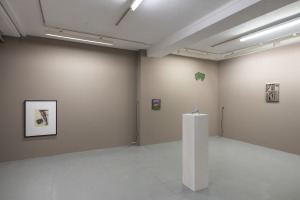
4649
- A6
- Sugamo
MOTOKO ISHIBASHI
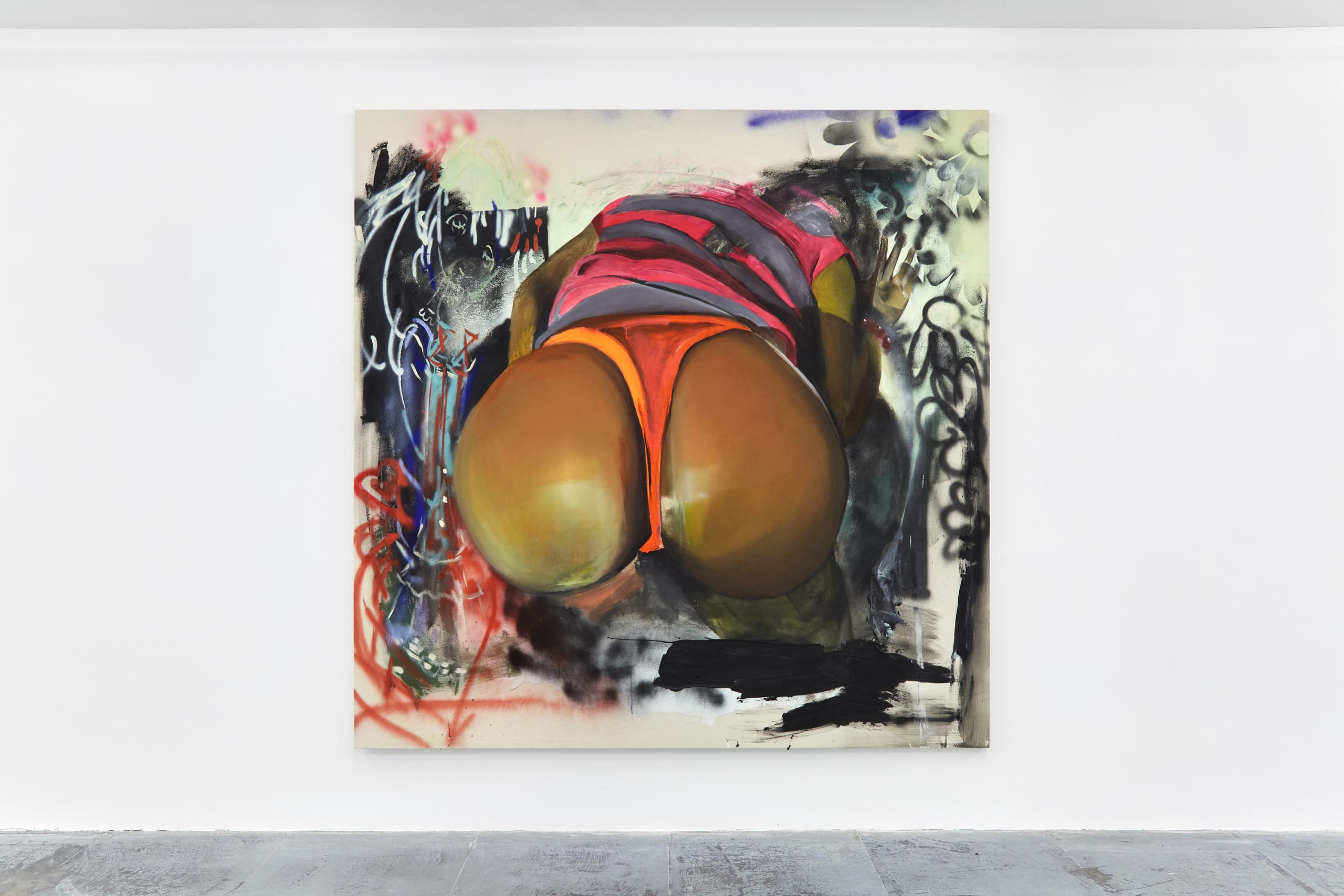
4649 is pleased to present an exhibition of new paintings by Motoko Ishibashi. This is Ishibashi’s first solo show in Tokyo and her first project with 4649. Ishibashi graduated from the Royal College of Art in 2015 and is currently based in London. She has held exhibitions at spaces including Sebastian Gladstone, Los Angeles; Schwabinggrad, Munich; Museum of Sex, New York; and V.O Curations, London.
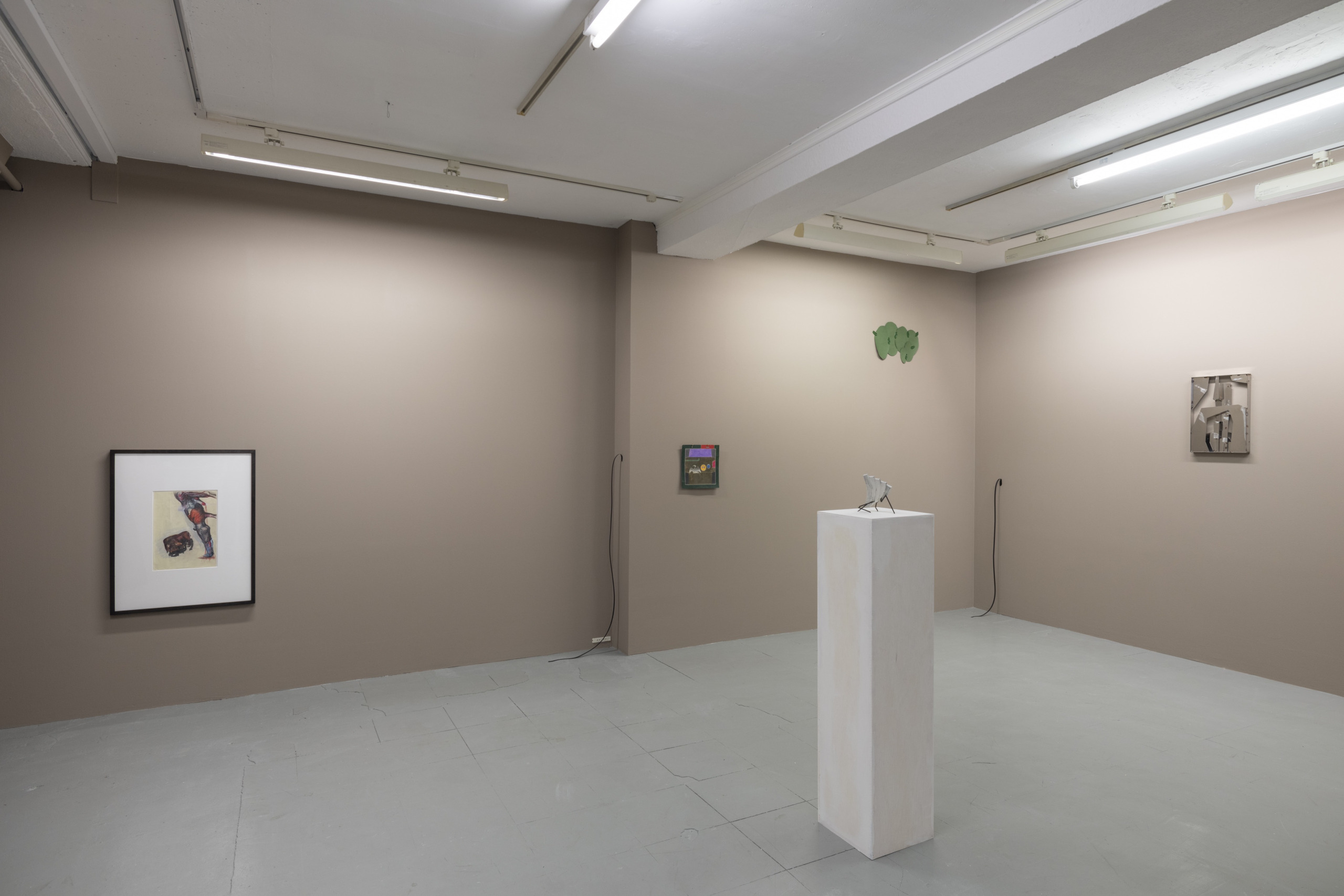
4649 is a curatorial project and gallery founded in Sugamo in 2017 and run by artists Yuhei Kobayashi, Shogo Shimizu, and Yuu Takamizawa. 4649’s on-site program introduces the work of emerging international artists to the Tokyo art scene. Recent exhibitions include “Charles Manson, Timothy Leary, and the Rats of NIMH” (2022), “Contrastissimo” (2020), Ella Fleck and Tabitha Steinberg (2020), and Alex Mackin Dolan and Jasper Spicero (2019) as well as an exchange exhibition with the curatorial project Pina, Vienna, held in 2020. 4649 also brings Tokyo-based artists to international events, such as NADA Miami, where it exhibited from 2018 to 2021.
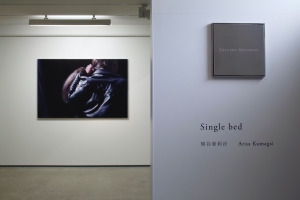
GALLERY KOYANAGI
- C6
- Ginza
ARISA KUMAGAI: …APPARENTLY GOD IS FORGIVING
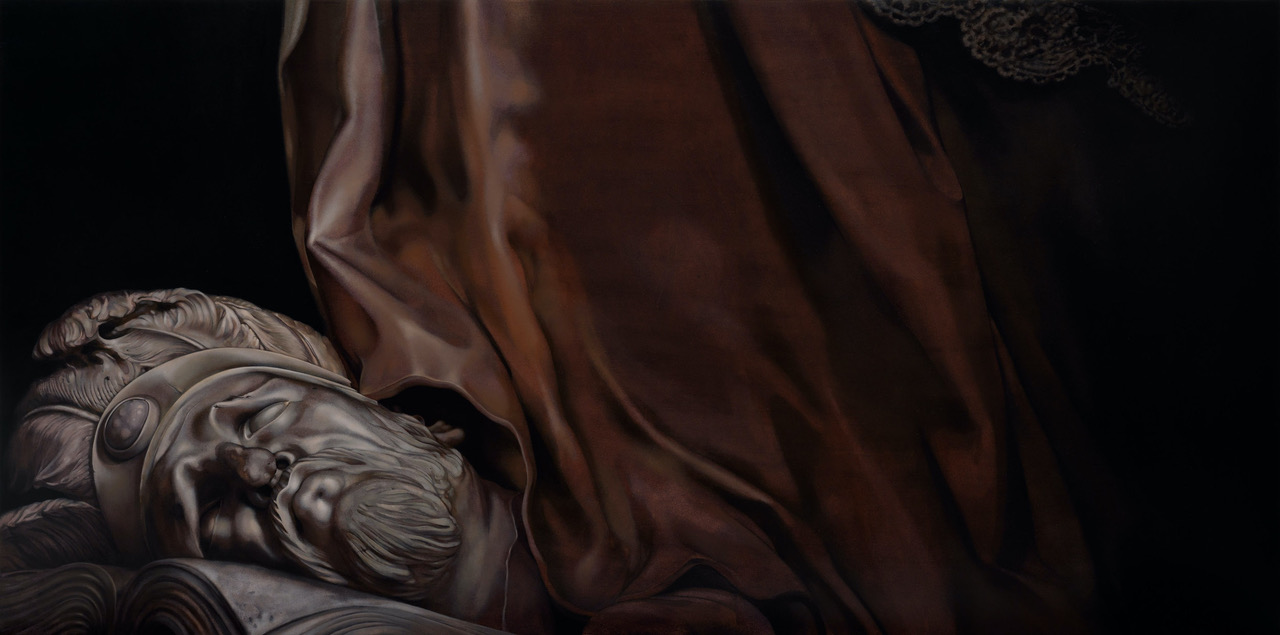
Gallery Koyanagi is pleased to announce “…apparently God is forgiving,” a solo exhibition by Arisa Kumagai. In her practice, the artist reflects on her upbringing in a red-light district in Osaka, where her family ran a luxury clothing store that catered to the mafia and women working in the brothels. Addressing dichotomies of wealth/poverty, life/death, and love/hate, her paintings allude to this context while also referencing the iconography of Catholicism, from the images printed on the store’s Versace shirts to Velázquez’s Christ Crucified, which inspired her to become a painter.
“…apparently God is forgiving” is Kumagai’s third at Gallery Koyanagi. As part of her research process, Kumagai attended mass at churches in Japan and France in order to gain a deeper understanding of the relations between beauty and power and violence and prayer. The exhibition features new paintings and a book of poems composed by the artist.
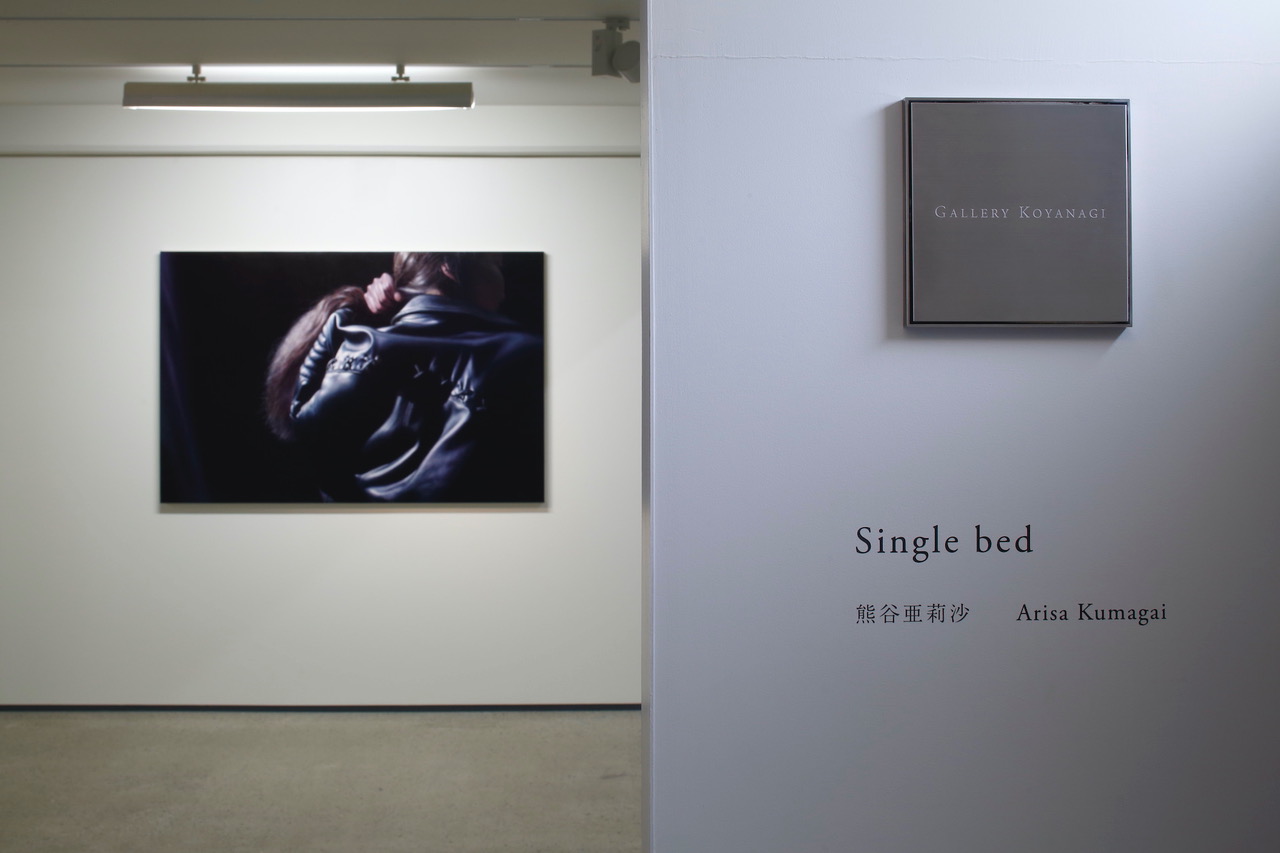
Gallery Koyanagi opened in Ginza in 1995 and relaunched with a new gallery space designed by Hiroshi Sugimoto in 2016. Gallery Koyanagi represents Japanese and international contemporary artists, including Michaël Borremans, Sophie Calle, Marlene Dumas, Mark Manders, Christian Marclay, Thomas Ruff, Yoshihiro Suda, Hiroshi Sugimoto, and Tabaimo.
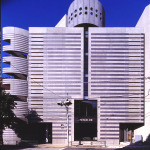
WATARI-UM
- F7
- Gaienmae
TORAJIRO YAMADA

In 1890, a typhoon struck the Ottoman frigate Ertuğrul as it returned from Japan, claiming the lives of most of its crew. A young man named Torajiro Yamada, who was deeply affected by this incident, collected donations and brought them to Constantinople (present-day Istanbul) in 1892. At just 24 years of age, he witnessed the majesty of Ottoman culture and the warmth of its people. Commemorating the centennial of the Republic of Turkey, this exhibition tells the story of cultural exchange between Japan and Turkey through the life of this pioneering figure.
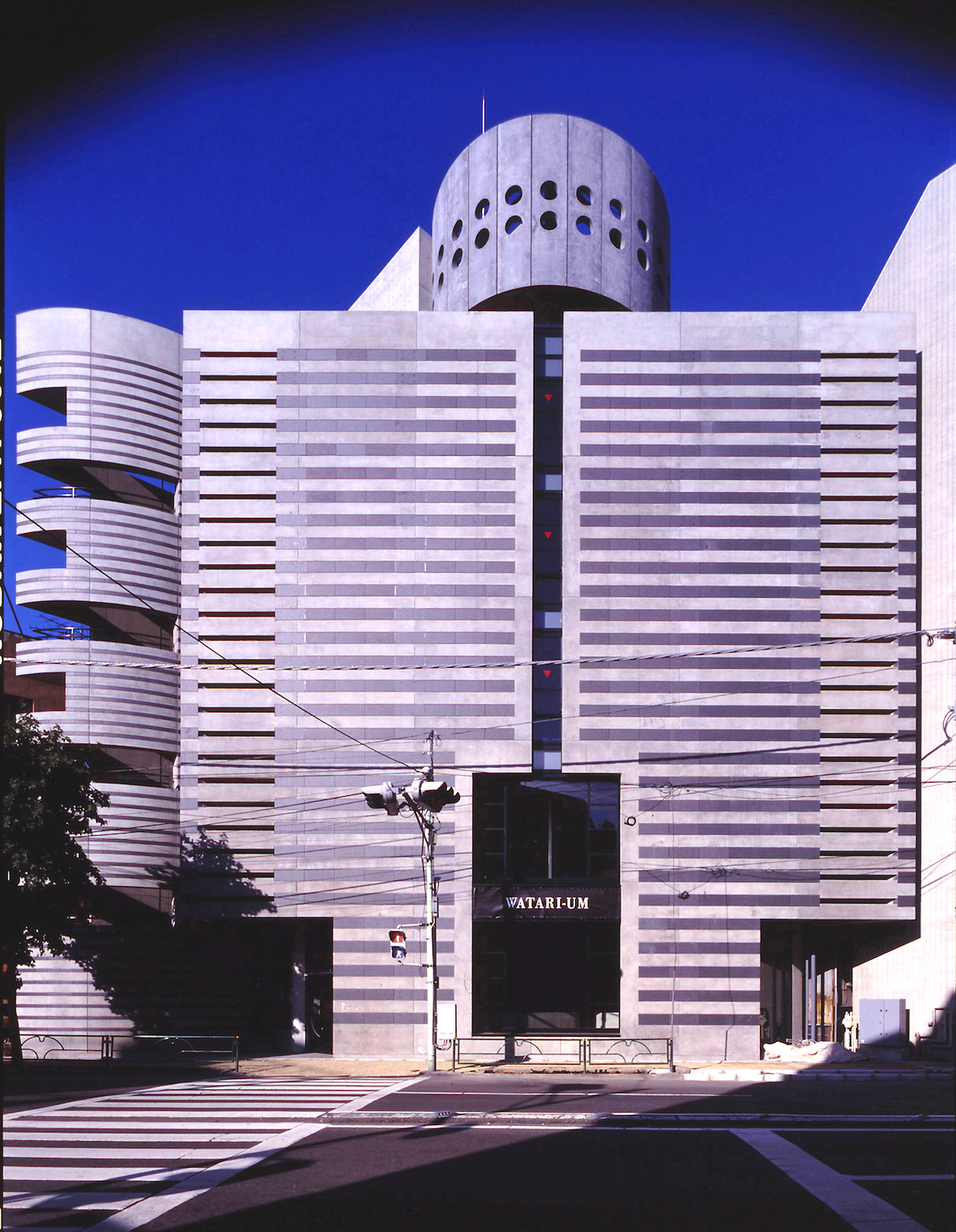
Watari-um, the Watari Museum of Contemporary Art, opened in 1990 as a private museum. The museum collection is based on works acquired by the founding director Shizuko Watari, a champion of postwar Western art in Japan. Watari-um holds three-to-four exhibitions per year that cover a broad range of topics, from contemporary art and Japanese culture to architecture. Guest curators have included such legendary figures as Jan Hoet, Jean-Hubert Martin, and Harald Szeemann. Accompanying lectures, workshops, and other events help visitors gain a deeper understanding of the exhibitions and their significance to contemporary society. The museum also organizes off-site exhibitions and events.
Swiss architect Mario Botta spent five years designing Watari-um’s building, which was his first museum project and is now known as one of his masterpieces. The striped granite and concrete façade, resembling a bird in flight over the city, has become a landmark of the Tokyo art scene.
Dining options on-site.
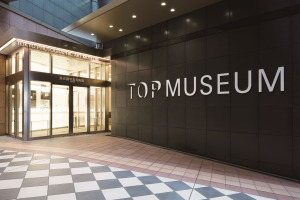
TOKYO PHOTOGRAPHIC ART MUSEUM
- E2
- Ebisu
CONTEMPORARY JAPANESE PHOTOGRAPHY VOL. 20: LEAP BEFORE YOU LOOK
TAKASHI HOMMA: REVOLUTION 9
AFTER THE LANDSCAPE THEORY
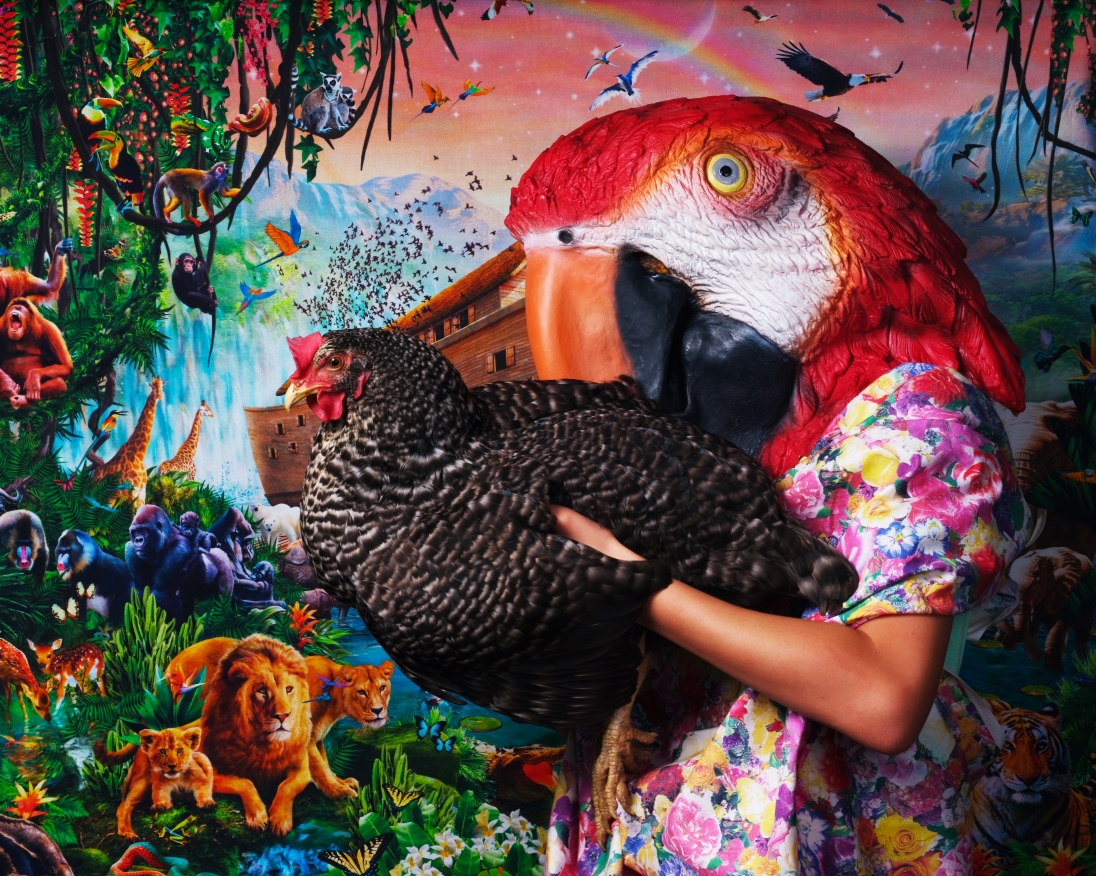
The Tokyo Photographic Art Museum presents a trio of exhibitions across its three floors of gallery space during Art Week Tokyo. The third floor presents the museum’s annual Contemporary Japanese Photography exhibition, surveying Japanese artists who work in photography and moving image. Addressing the theme “Leap Before You Look,” this year’s 20th edition brings together five artists: Yuta Fuchikami, Haruto Hoshi, mumuko, Yumiko Utsu, and Shimpei Yamagami.
The second-floor galleries feature acclaimed photographer Takashi Homma’s first solo show at a Japanese institution in 10 years. “Revolution 9” focuses on Homma’s The Narcissistic City series, in which the artist turns rooms in cities around the world into pinhole cameras for capturing urban landscapes.
The basement galleries host “After the Landscape Theory,” a thematic exhibition reconsidering landscape theory, which explores the landscape in relation to culture, society, and politics through visual arts and which has exerted a powerful influence on photographers and filmmakers since around 1970.
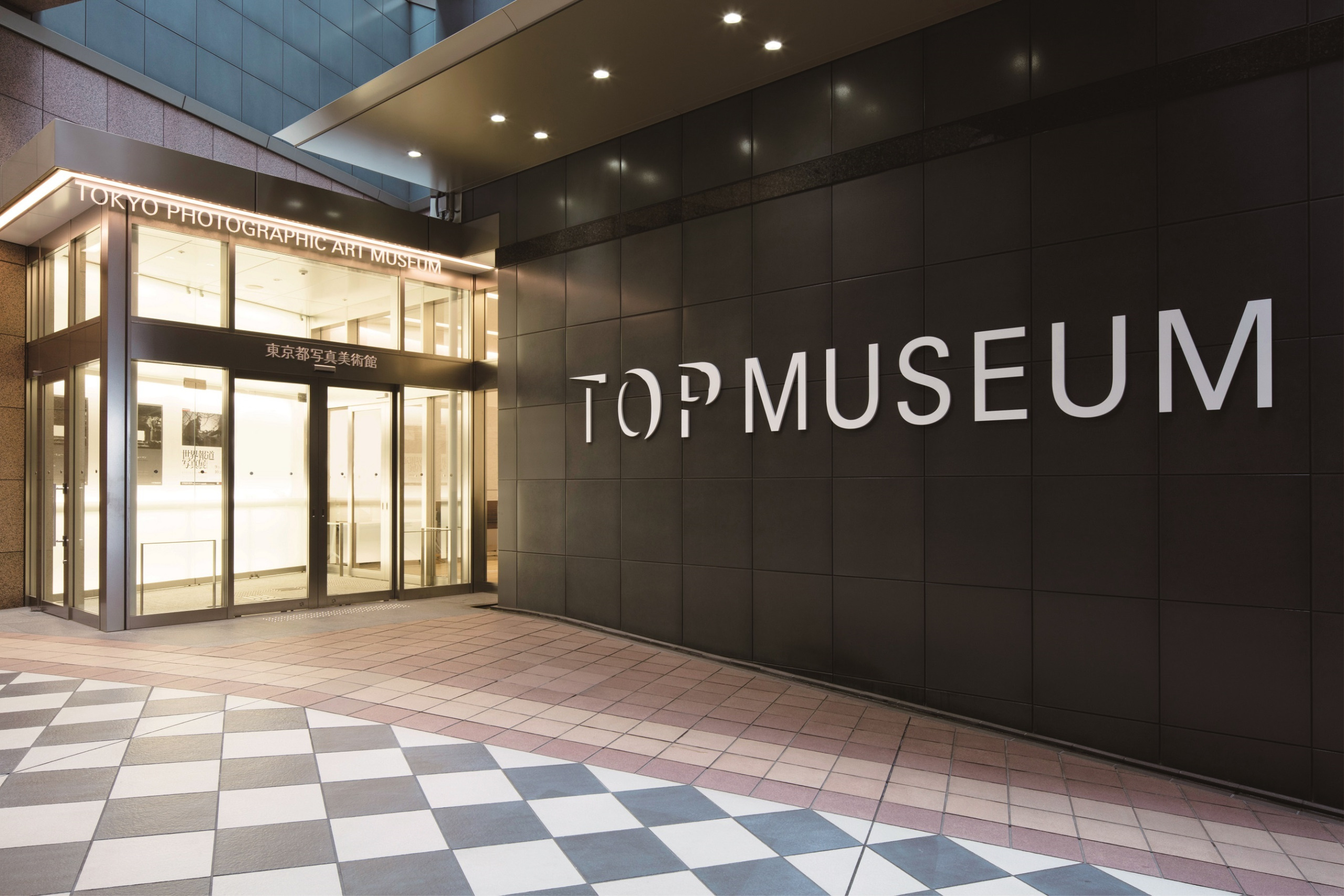
Founded in 1995, the Tokyo Photographic Art Museum is the city’s premier institution for photography and moving images. The museum’s programming spans three galleries and is grounded in its world-class holdings of more than 37,000 works. Its yearly calendar of approximately 20 exhibitions includes collection-based exhibitions and thematic shows that reflect the curators’ deep expertise in Japanese and international photographic and moving-image art. Since 2009 the museum has hosted the annual Yebisu International Festival for Art & Alternative Visions, an international survey of contemporary image practices. The museum’s screening program showcases moving-image works that explore the relationship between art and humanity.
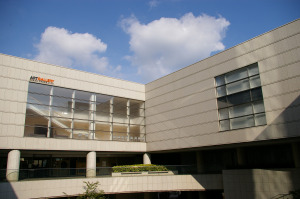
TOKYO OPERA CITY ART GALLERY
- F1
- Hatsudai
MAO ISHIKAWA: WHAT CAN I DO?
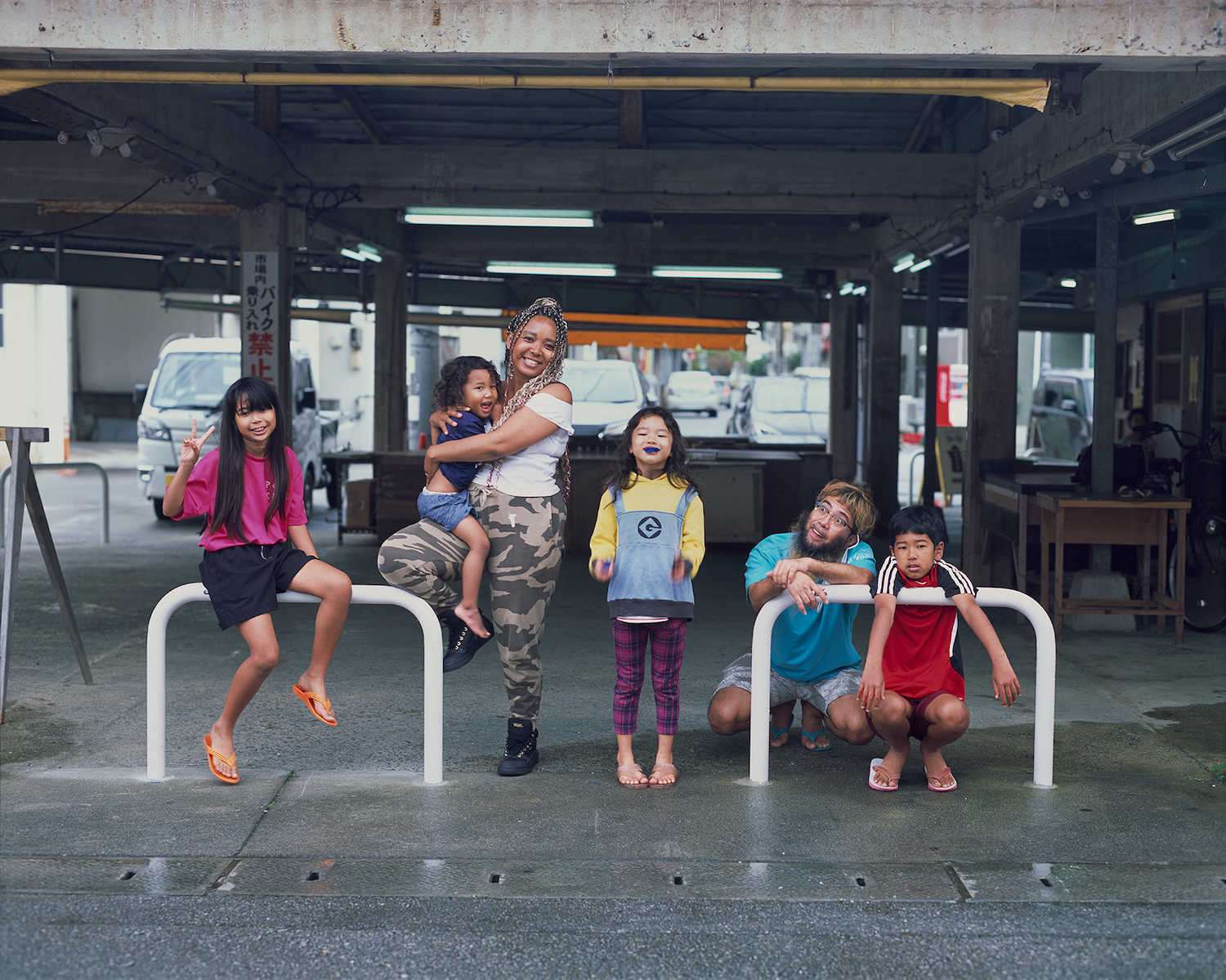
“What can I do?” surveys the critical and compassionate practice of Okinawan artist Mao Ishikawa. Since she began taking photographs in the 1970s, Ishikawa has brought attention to the complex history and geopolitics of Okinawa and its fraught relationships with the Japanese mainland and the United States. Her celebrated series Red Flower: The Woman of Okinawa (1975–77), for instance, documents her time working at a bar that catered exclusively to African American soldiers, showing colleagues and clients in moments of intimacy and revelry. More recently, The Great Photographic Scroll of the Ryūkyū (2014–) restages the history of Okinawa on massive scrolls with her friends playing various characters. These and other works are testaments to the trust Ishikawa builds with her subjects. Comprising more than 60 historic and recent photographs, this is Ishikawa’s first solo exhibition at an art institution in Tokyo.
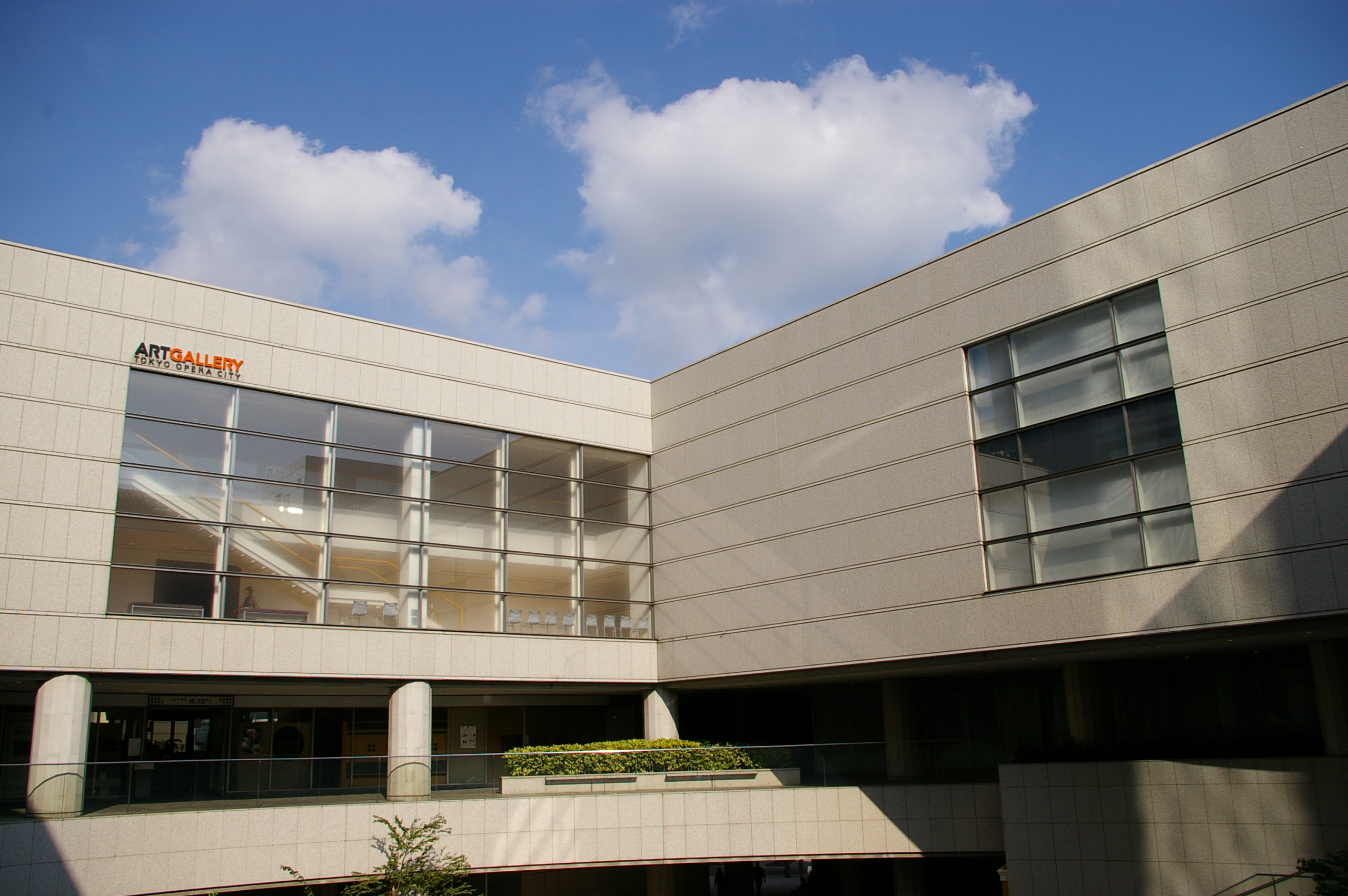
Tokyo Opera City Art Gallery is one of the core institutions of the Tokyo Opera City cultural complex. Established in 1999 as an art museum integrated into urban life, TOCAG presents ambitious projects by Japanese and international artists, architects, and designers who transform the gallery space. It holds about four special exhibitions a year as well as an exhibition series for emerging Japanese artists called project N. TOCAG is also home to the Terada collection, comprising more than 4,000 works by Japanese artists in various mediums, including a substantial selection by celebrated abstract painter Tatsuoki Nambata. Donated by Kotaro Terada, a partner in the Tokyo Opera City complex’s development, the collection reveals the diverse trajectories that art has followed in postwar Japan.
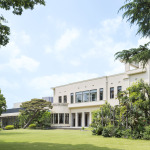
TOKYO METROPOLITAN TEIEN ART MUSEUM
- D2
- E1
- Meguro
THE ART DECO GARDEN: EXPLORING THE AESTHETIC FRUIT OF THE RESIDENCE OF PRINCE ASAKA
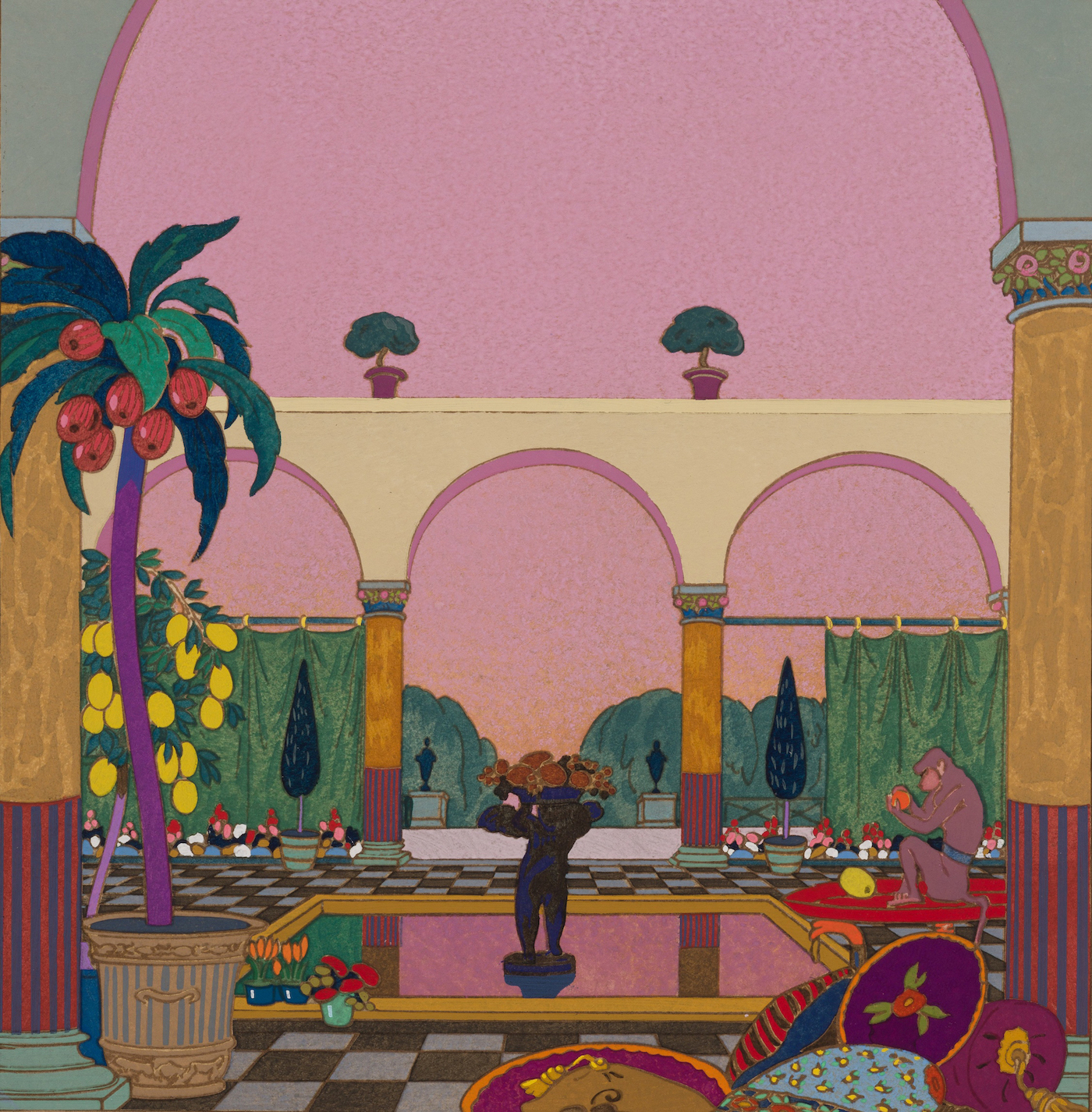
Courtesy Tokyo Metropolitan Teien Art Museum.
Taking the 1925 International Exhibition of Modern Decorative and Industrial Arts in Paris as a key point of reference, “The Art Deco Garden” revisits trends in modern garden design in interwar-era France. The selection of 120-odd works on view—including paintings, sculptures, crafts, prints, photographs, and archival documents—shows how elements of classicism, exoticism, and Cubism informed the practices of the time. The exhibition also provides greater context for appreciating the architecture and décor of the Tokyo Metropolitan Teien Art Museum itself.
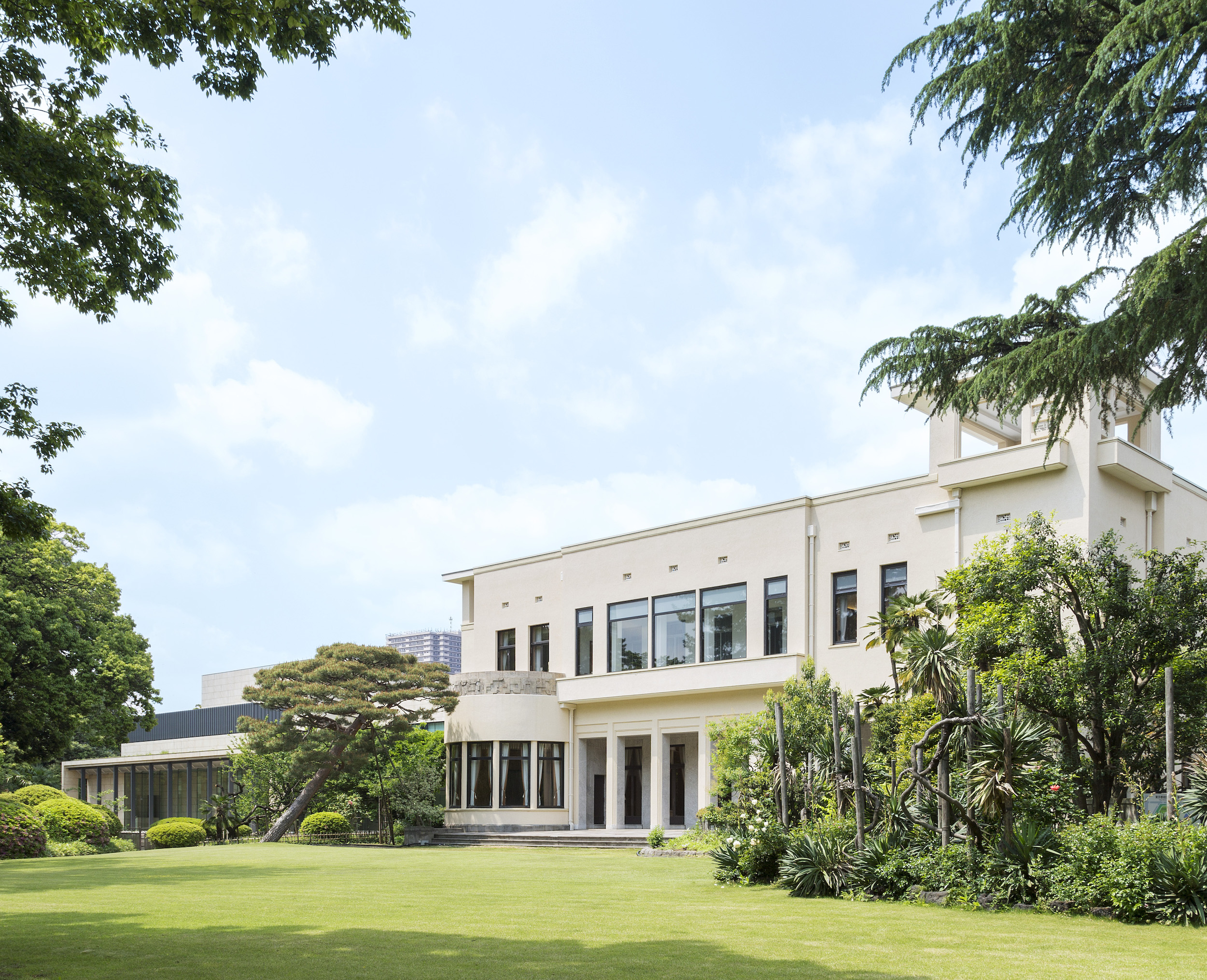
Courtesy Tokyo Metropolitan Teien Art Museum.
The Tokyo Metropolitan Teien Art Museum occupies Prince Asaka’s former residence, an Art Deco building with surrounding gardens constructed in 1933. Designed by key figures of the movement like Henri Rapin and demonstrating the highest level of Japanese craftsmanship, the museum hosts a selection of artworks in rooms that are themselves works of art. The exhibition program brings historical and contemporary artists, architects, and designers into conversation with these surroundings. Visitors can also explore the gardens, which have remained unchanged since their completion.
The museum was established in 1983 and added an annex in 2014 designed in collaboration with Hiroshi Sugimoto. The residence was designated an Important Cultural Property by the Japanese Government the following year.
Dining options on-site.
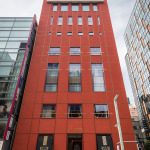
SHISEIDO GALLERY
- C3
- Ginza
TSUBAKI-KAI 8: THIS NEW WORLD
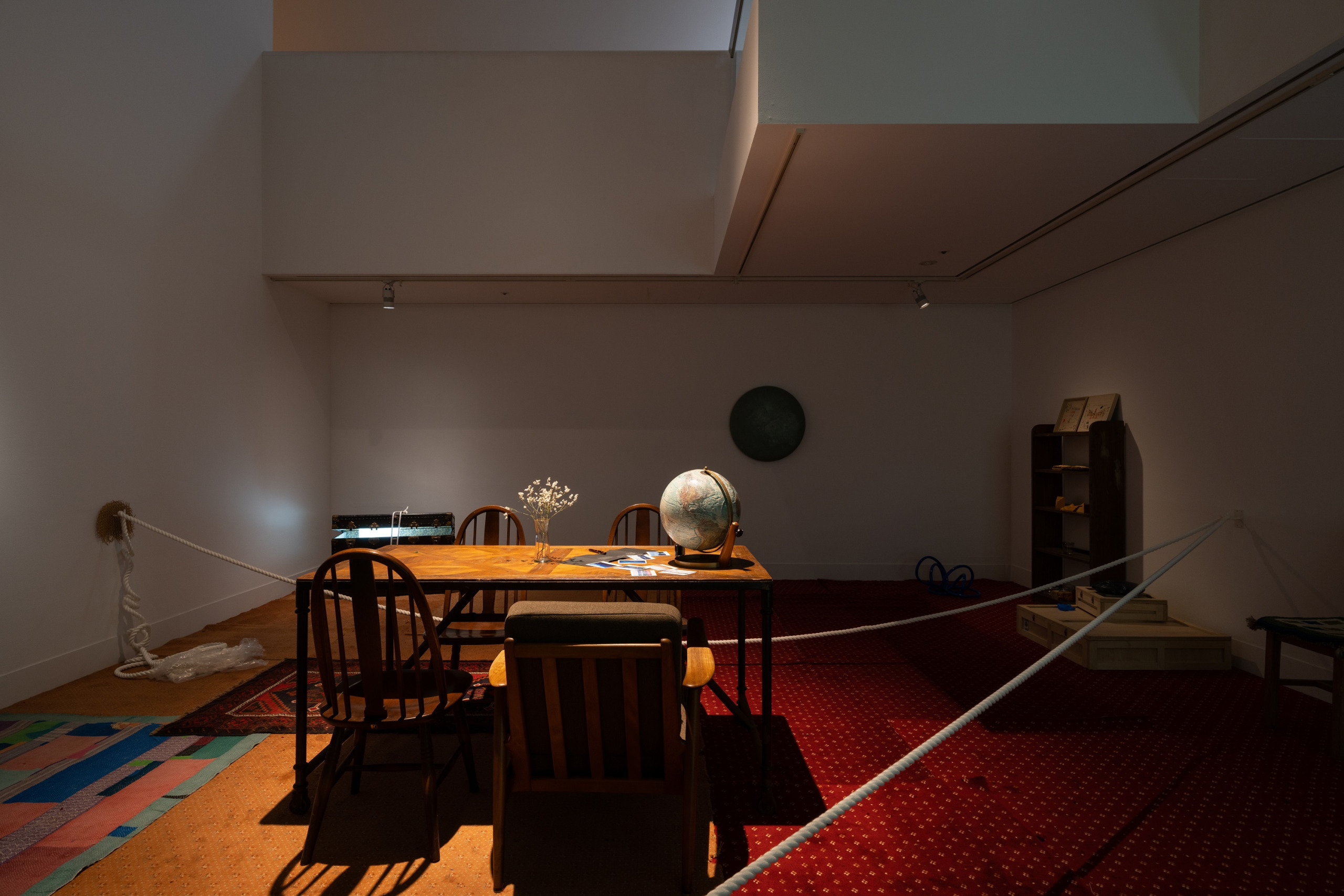
Tsubaki-kai is a recurring, multiyear collaborative exhibition series that launched in 1947 with the reopening of Shiseido Gallery following the wartime suspension of its activities. For the eighth iteration of Tsubaki-kai, artists [mé], Futoshi Miyagi, Aiko Miyanaga, Ryuji Nakamura, Nerhol, and Hiroshi Sugito have spent the past three years exploring the “new world” after Covid-19.
For their initial exhibition in 2021, “Impetus,” the artists selected works by previous Tsubaki-kai participants in the Shiseido collection that they felt sparked ideas for subsequent elaboration. For last year’s follow-up exhibition, “Quest,” they furthered this exploration by working together and engaging experts from other fields. The current exhibition, “This New World,” marks the concluding chapter of Tsubaki-kai 8.
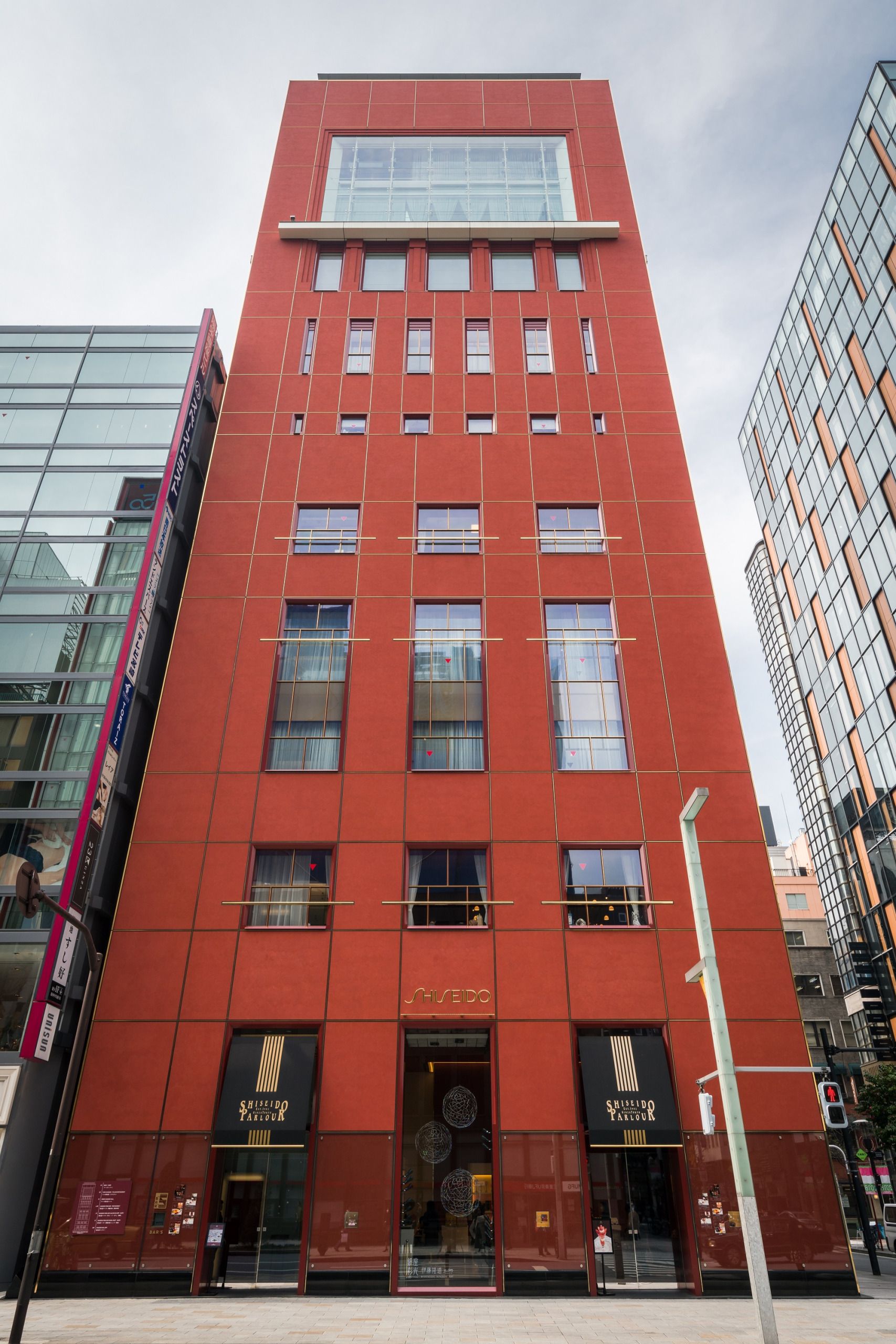
Since opening its doors in 1919, Shiseido Gallery has been one of Japan’s most vanguard art spaces, continually dedicated to the ideal of “discovering and creating new values.” The gallery has held over 3,100 exhibitions, many serving as the public debuts of artists who would later make major contributions to the development of art in Japan. The program ranges from group shows, such as the Tsubaki-kai series of collaborative exhibitions, to ambitious solo projects by leading artists including Ishiuchi Miyako, Kimsooja, and Ming Wong. The gallery has occupied the basement level of the Tokyo Ginza Shiseido Building since 2001. Invited artists frequently respond to the expressive possibilities of this space, distinguished by its five-meter-high ceiling and a mezzanine that provides an expansive view of each exhibition.
Dining options on-site.
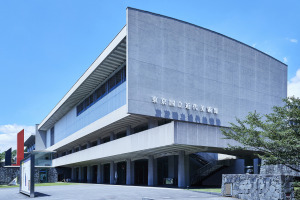
NATIONAL MUSEUM OF MODERN ART, TOKYO
- A1
- B5
- Takebashi
SHIKO MUNAKATA
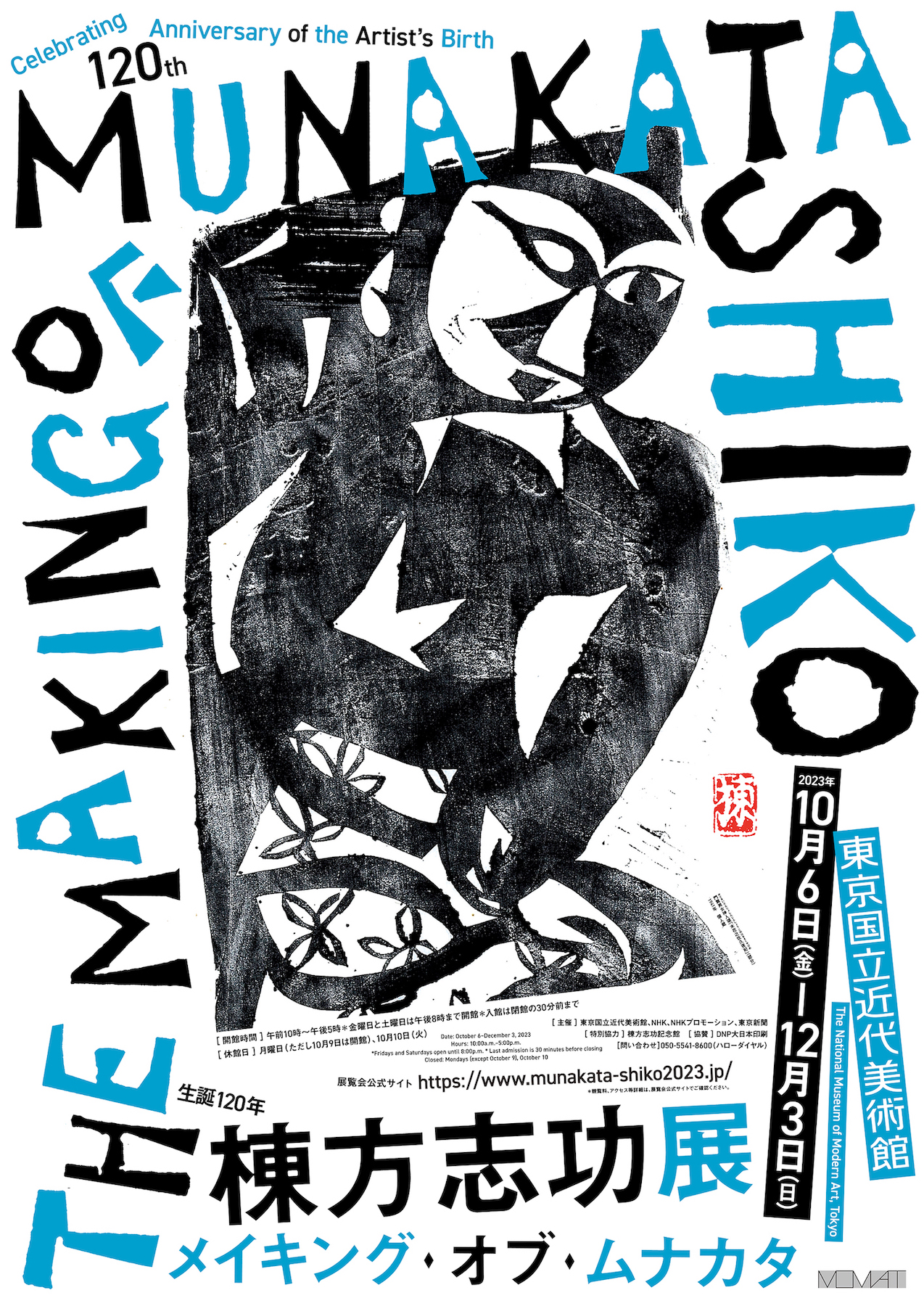
During his lifetime Shiko Munakata (1903–1975) garnered international acclaim for his devotion to woodblock printing. Commemorating the 120th anniversary of Munakata’s birth, this exhibition is presented jointly by three museums in regions that had a major influence on his development as an artist: the Toyama Prefectural Museum of Art and Design; the Aomori Museum of Art; and the National Museum of Modern Art, Tokyo. Focusing on Munakata’s relationship with each region, the exhibition reconsiders the nature of his practice by highlighting the diversity of his creative output, from printmaking, Japanese-style painting, and oil painting to book jackets, illustrations, commercial designs, and appearances in radio, television, and film.
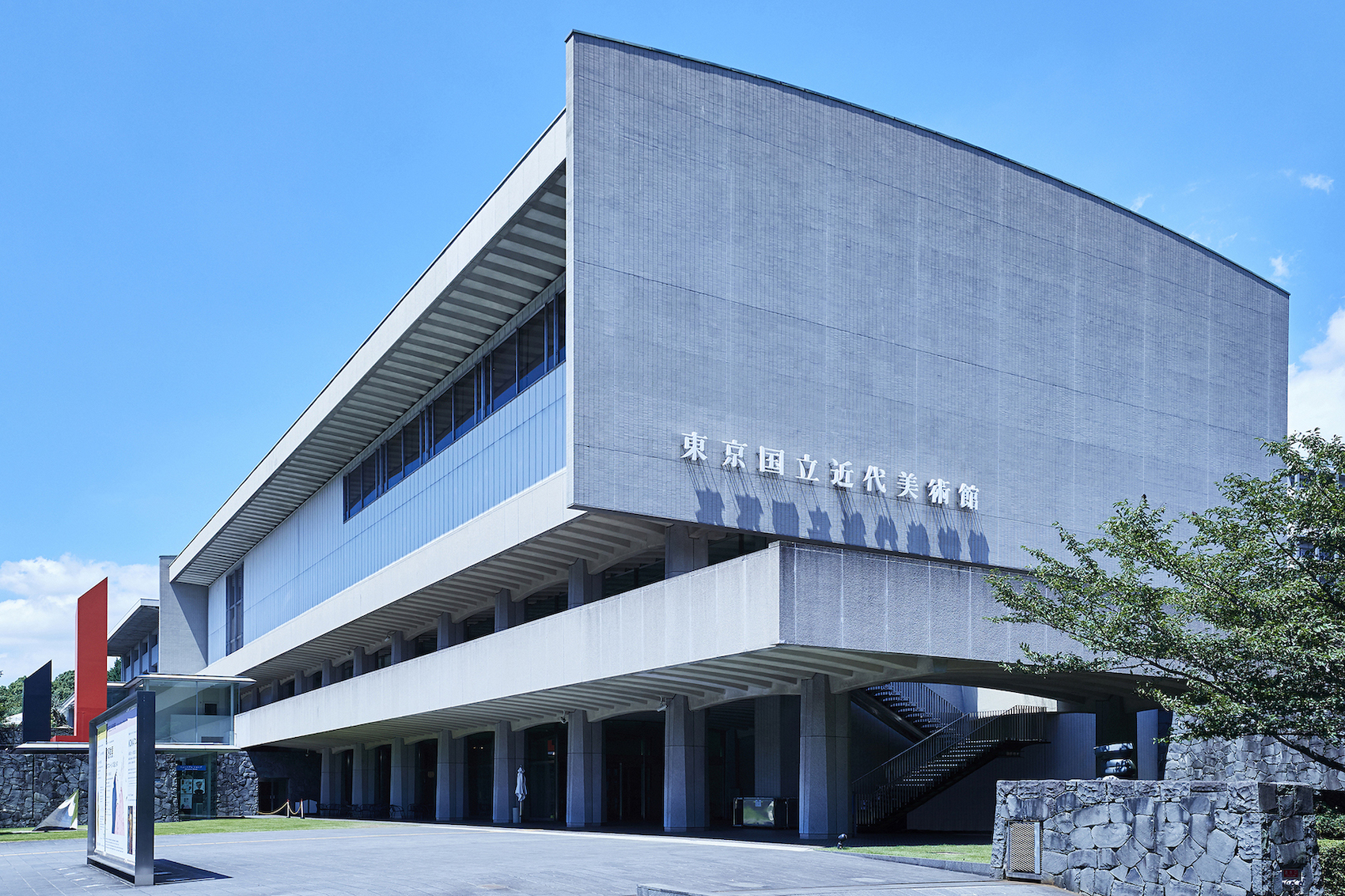
The National Museum of Modern Art, Tokyo, is Japan’s first national art museum, founded in 1952. MOMAT’s collection of more than 13,000 artworks, dating from the end of the 19th century to the present, provides an authoritative overview of the development of modern and contemporary art in Japan and beyond. Highlights include important works by early modernist painter Ryusei Kishida, formative works by On Kawara and Yayoi Kusama, and new media art by contemporary artists Koki Tanaka and Chikako Yamashiro. International movements, from Minimalism and Land art to feminist video, are also represented in the collection.
From its inception MOMAT has been the site of historic exhibitions, such as 1953’s “Abstraction and Surrealism,” which highlighted Japanese practitioners of nonfigurative painting, and “August 1970: Aspects of New Japanese Art,” which helped define the emerging Mono-ha art movement. The museum now features an annual program of substantive solo and thematic exhibitions. Recent shows include a survey of the 20th-century Mingei movement and a retrospective of multimedia artist Shinro Ohtake.
Dining options on-site.
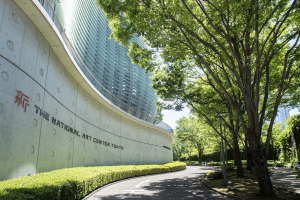
NATIONAL ART CENTER, TOKYO
- D1
- Roppongi
SHINJI OHMAKI
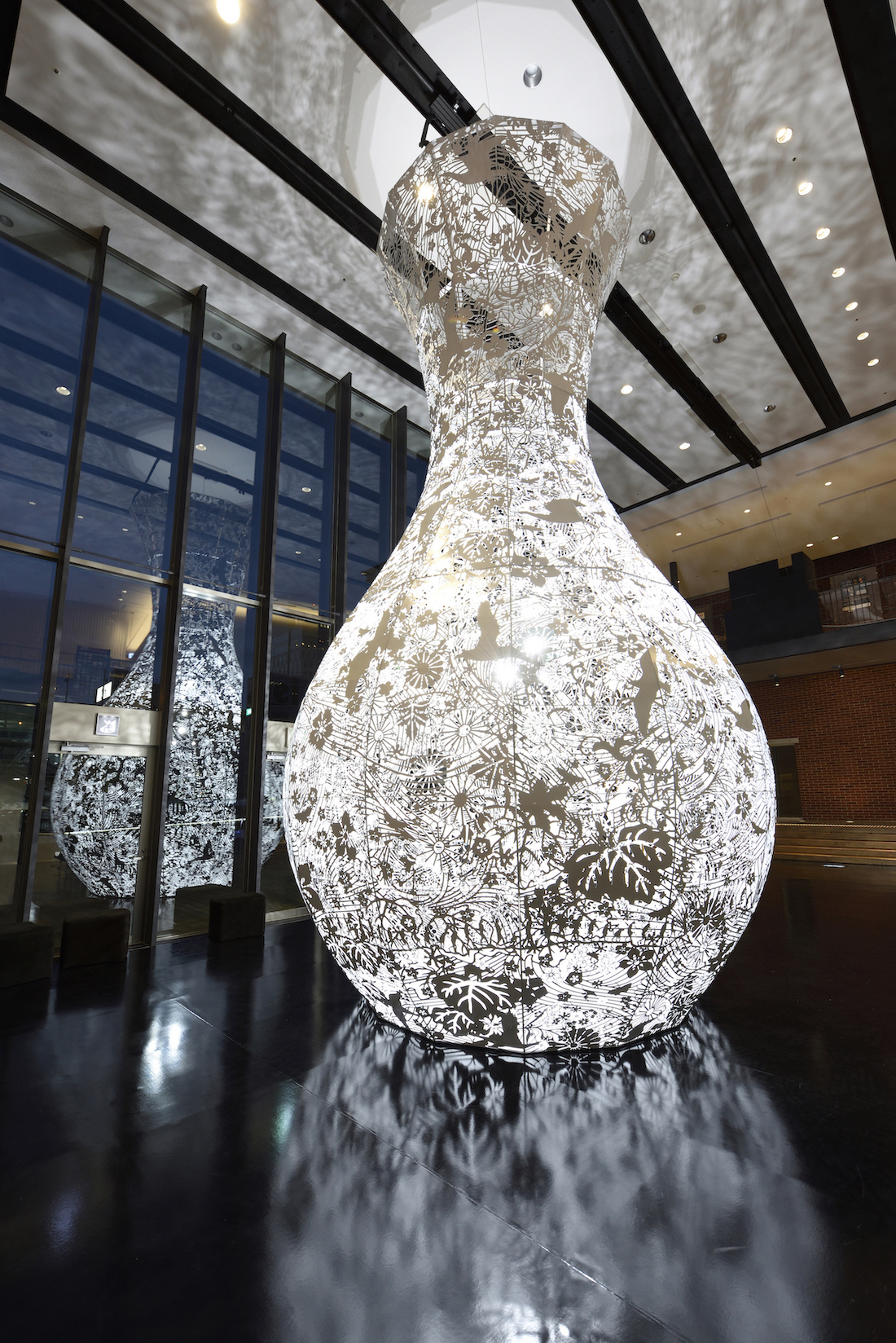
Shinji Ohmaki is acclaimed for his large-scale installations, which expand the realms of human perception and sensation through repetition, dynamic movement, and often modest materials. Stepping into his works, we encounter new perspectives on the world that have as profound an effect on our body and sense of self as on our understanding of space and time. For this exhibition Ohmaki presents a new installation that responds to the eight-meter-high ceilings of the second-floor Special Exhibition Gallery.
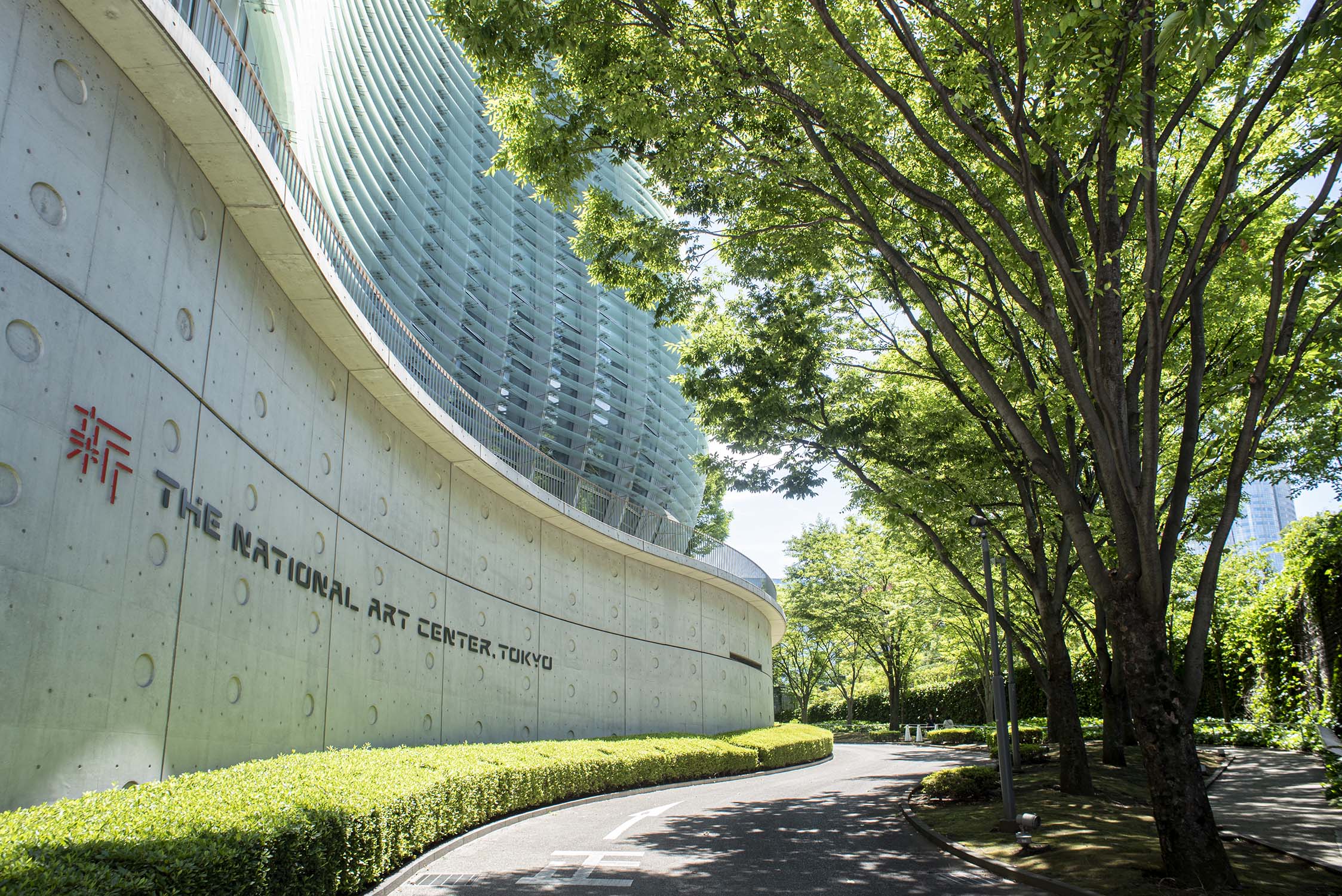
The National Art Center, Tokyo, was founded in 2007. Conceived of as an art center without a permanent collection, the NACT provides a place where the public can experience different forms of artistic expression, make new discoveries, and share diverse values. In addition to hosting a broad spectrum of art in one of Japan’s largest exhibition spaces, the NACT collects, provides, and makes publicly accessible art-related information and resources and also runs educational and public programs.
Architect Kisho Kurokawa envisioned the NACT as an art center surrounded by green spaces. His design for the building is notable for its beautiful facade: an undulating glass wall punctuated by a conical main entrance. Visitors can enjoy views of the changing seasons through the glass.
Dining options on-site.
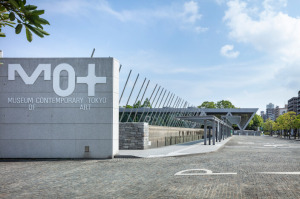
MUSEUM OF CONTEMPORARY ART TOKYO
- B1
- Kiyosumi-Shirakawa
DAVID HOCKNEY
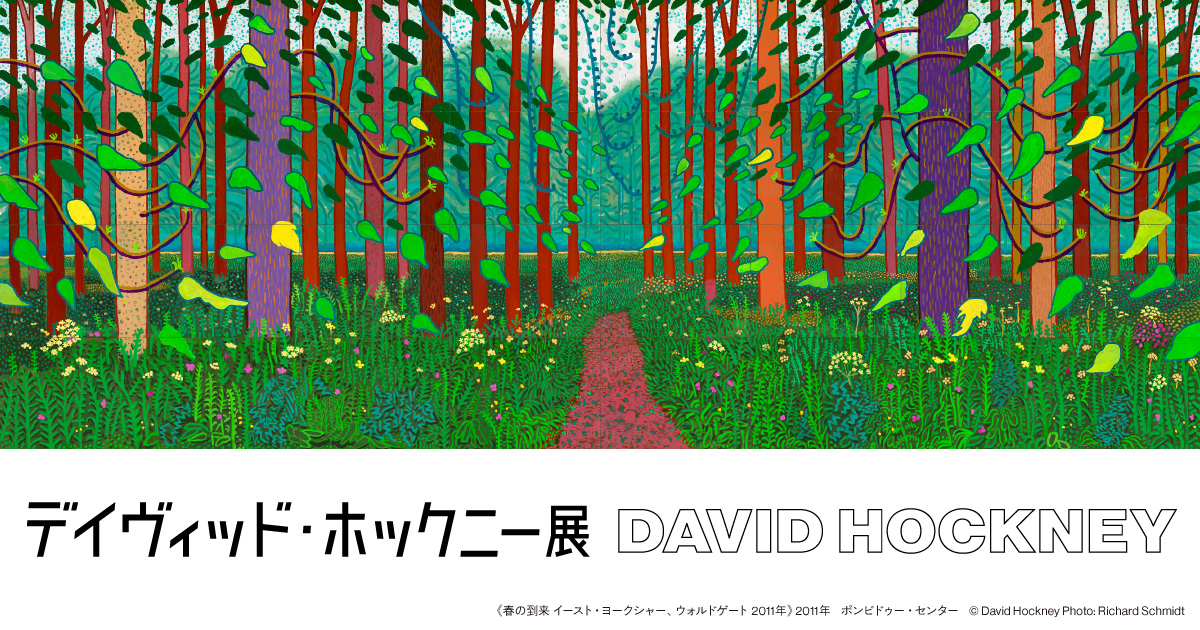
The Museum of Contemporary Art Tokyo is pleased to present David Hockney’s first large-scale solo exhibition in Japan in 27 years. Born in Bradford, England, in 1937, Hockney is considered one of the most innovative artists of the postwar era. For over 60 years, he has produced diverse works in a variety of fields, from painting and drawing to printmaking, photography, and stage design. Featuring a selection of approximately 120 pieces, including major works created in the United Kingdom and Los Angeles, such as the multipart series The Arrival of Spring in Woldgate, East Yorkshire in 2011 (twenty eleven) (2011) and a new 90-meter-long drawing made on an iPad during lockdown, this exhibition presents a rich overview of Hockney’s creative world.

The Museum of Contemporary Art Tokyo opened in 1995 as the city’s first institution for the research, collection, preservation, and display of contemporary art. The museum’s exhibition program features cutting-edge expressions by Japanese and international artists working in contemporary art, fashion, architecture, design, and other fields. Displayed across two floors of dedicated gallery space, the MOT collection comprises over 5,700 works of art, including major works of 20th-century Japanese art, with a focus on the art of the postwar years. The museum has the largest specialty library of its kind in Japan, housing over 270,000 books, catalogues, and periodicals on modern and contemporary art. Its education program engages people of all ages through an active calendar of guided tours, lectures, and workshops.
Dining options on-site.
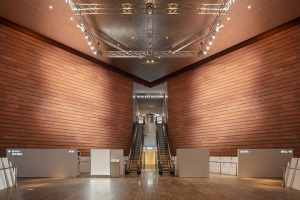
MORI ART MUSEUM
- D8
- Roppongi
OUR ECOLOGY: TOWARD A PLANETARY LIVING
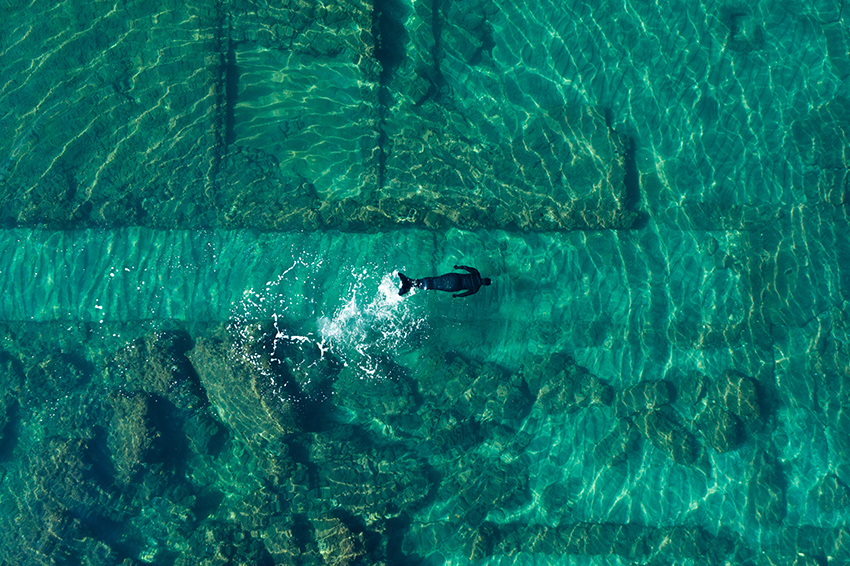
The environmental crisis is a challenge of utmost urgency for the entire world and also an important theme in the current international art scene. How can contemporary art respond to this issue? Comprising four chapters, this exhibition features diverse forms of expression by 35 artists from Japan and abroad—from historical works to new commissions. In addition, the displays have been designed with environmental sustainability in mind, by means such as minimizing the use of transport and reusing and recycling as many resources as possible.
The title “Our Ecology: Toward a Planetary Living” implicitly poses questions about who we, as humans, are and to whom Earth’s environment belongs. The exhibition urges us to consider environmental problems and other issues not only from an anthropocentric perspective but also by looking at Earth’s multiple ecologies from a broader, more comprehensive standpoint, inviting us to consider possible futures together.
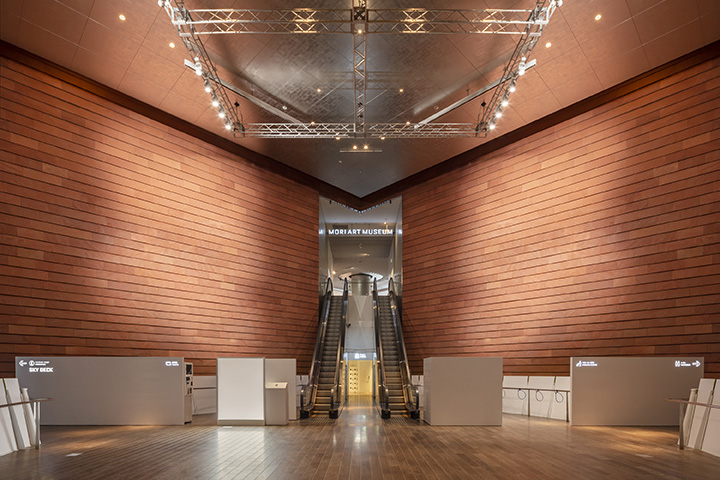
Crowning the Roppongi Hills Mori Tower, the Mori Art Museum is committed to presenting cutting-edge visual arts, architecture, design, and other modes of creative output from around the world. The museum is known for producing groundbreaking monographic exhibitions of important Japanese and international artists, such as Ai Weiwei, Yayoi Kusama, and Takashi Murakami; large-scale thematic surveys covering various topics and geographic regions; and the triennial Roppongi Crossing, which offers an overview of Japanese contemporary art. The museum complements these exhibitions with smaller, more focused programs, such as MAM Collection, which introduces works in the museum’s collection; MAM Screen, which showcases video works; MAM Research, which focuses on exhibiting materials rather than artworks; and MAM Projects, which conducts experimental projects with artists from Japan and beyond.
Pursuing a vision of “Art + Life,” the Mori Art Museum seeks to make contemporary art more accessible to broad audiences. The museum supervises works of public art at Roppongi Hills and Toranomon Hills and organizes art events in collaboration with local communities. The museum is open late six nights a week to enable visitors to enjoy art after work or dinner.
Dining options on-site.
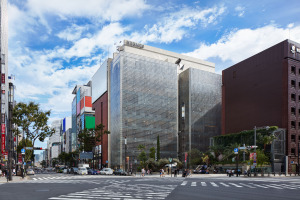
GINZA MAISON HERMÈS
- C7
- Ginza
ECOLOGY: DIALOGUE ON CIRCULATIONS
DIALOGUE 1: “LA VITA NUOVA”—JAEEUN CHOI
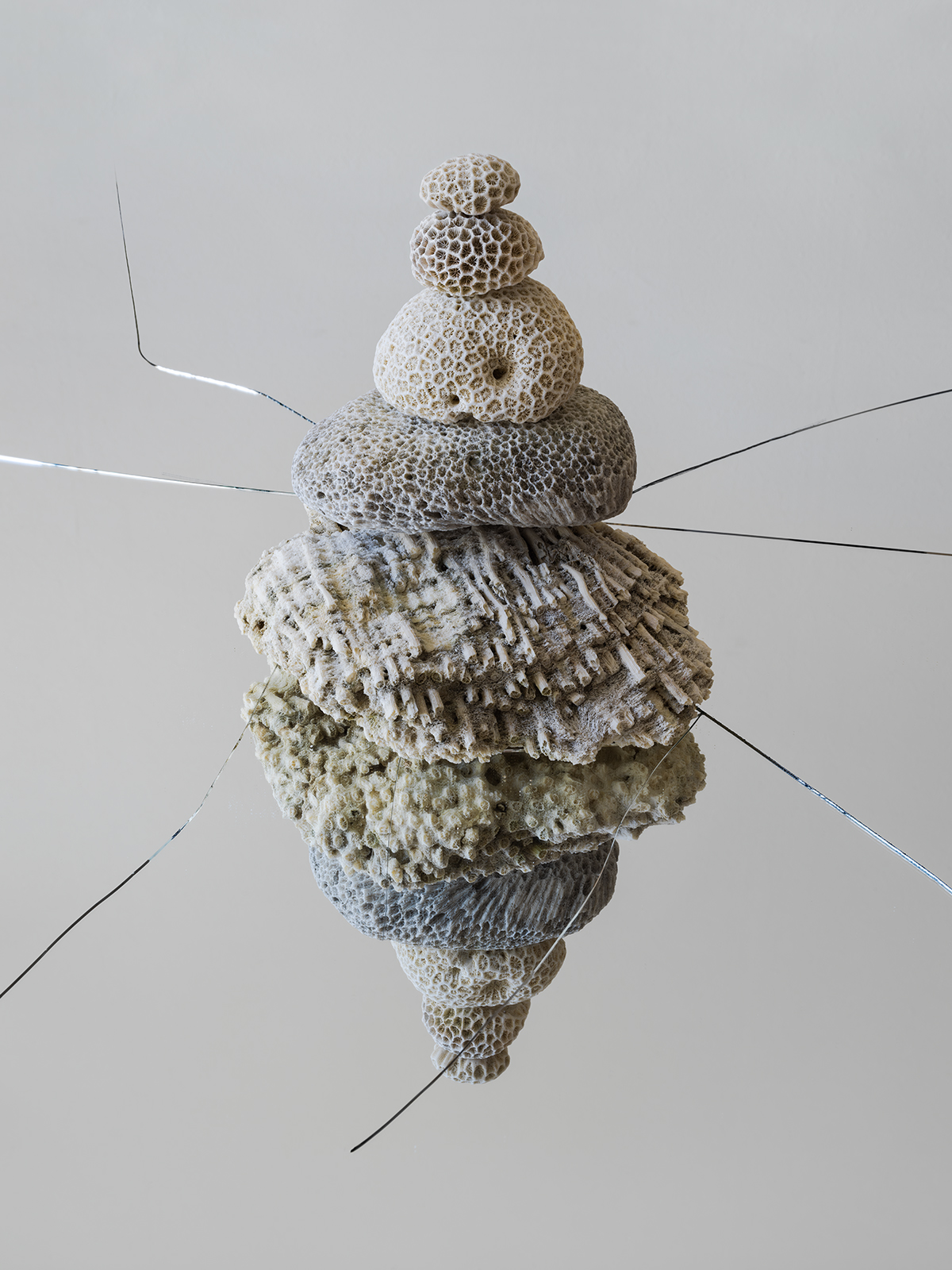
The Fondation d’entreprise Hermès is pleased to present “Ecology: Dialogue on Circulations,” two counterpart exhibitions at Ginza Maison Hermès Le Forum that examine ecological practices in art. The first, “Dialogue 1: ‘La Vita Nuova,’” is on view during Art Week Tokyo and surveys 40-years of practice by Jaeeun Choi. The artist’s works sound the alarm about our climate catastrophe while also managing to be quietly poetic. Her practice makes a hopeful attempt to find an ideal state of coexistence with nature, sought in the space between life’s potential for violence and beauty. Choi’s solo exhibition will be followed by a group show that further considers notions of ecology as a state of circulating energy through the works of contemporary artists.
“Ecology: Dialogue on Circulations” is held in conjunction with the Mori Art Museum’s exhibition “Our Ecology: Toward a Planetary Living.”
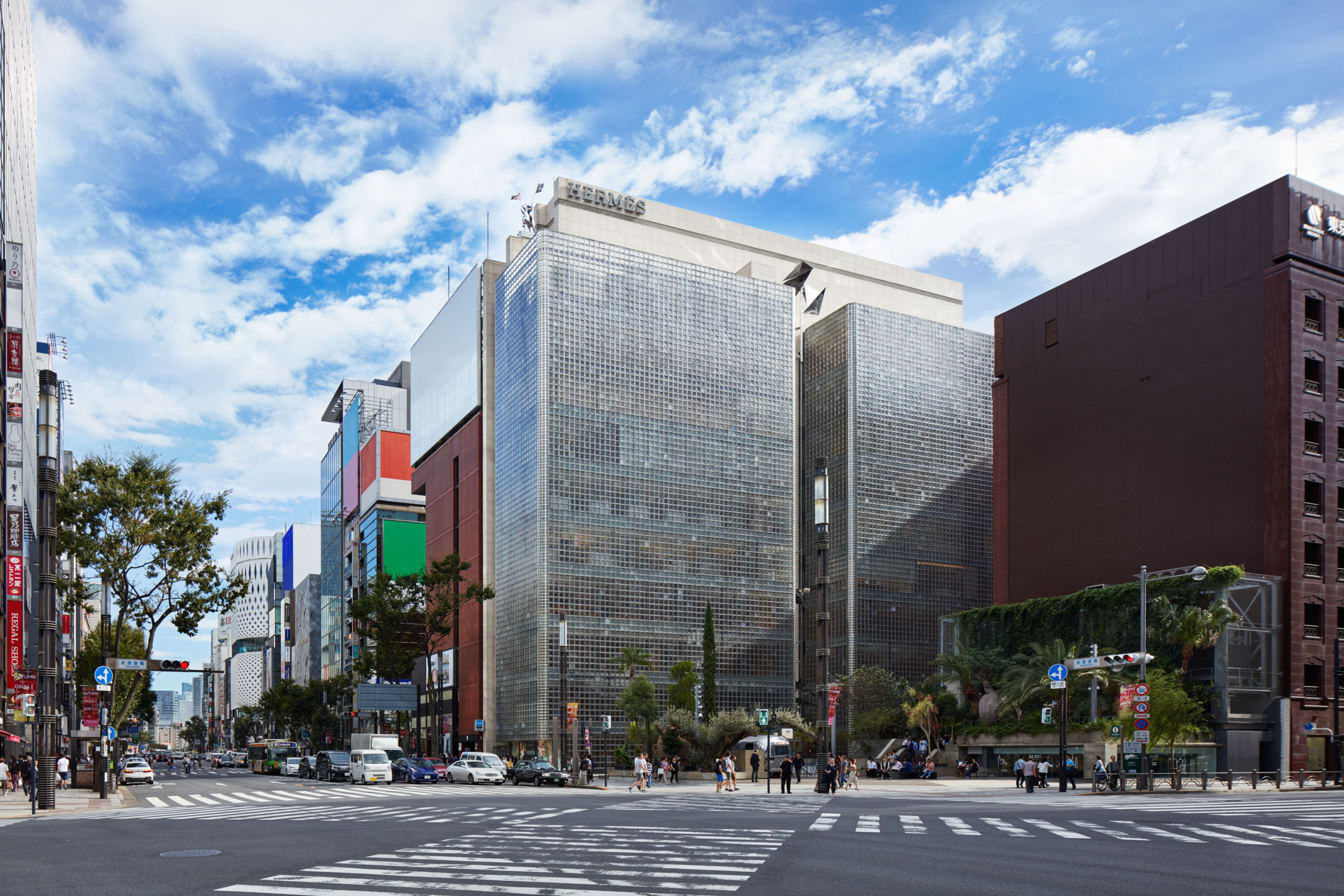
Located on the eighth and ninth floors of the Ginza Maison Hermès building, Le Forum invites Japanese and international artists to create site-specific installations that respond to Renzo Piano’s iconic crystalline architecture. The exhibition program has featured fantastical marble sculptures by Yutaka Sone, an immersive fog installation by Fujiko Nakaya, and a mini retrospective for Argentinean artist Julio Le Parc.
Le Forum is an initiative of the Fondation d’entreprise Hermès. Founded in Paris in 2008, the Fondation is a nonprofit organization that supports projects related to art, the transmission of traditional artisanal techniques, environmental issues, and education.
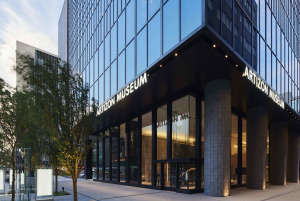
ARTIZON MUSEUM
- C5
- Kyobashi
Jam Session: The Ishibashi Foundation Collection x Yamaguchi Akira Drawn to the Irresistible Sensation
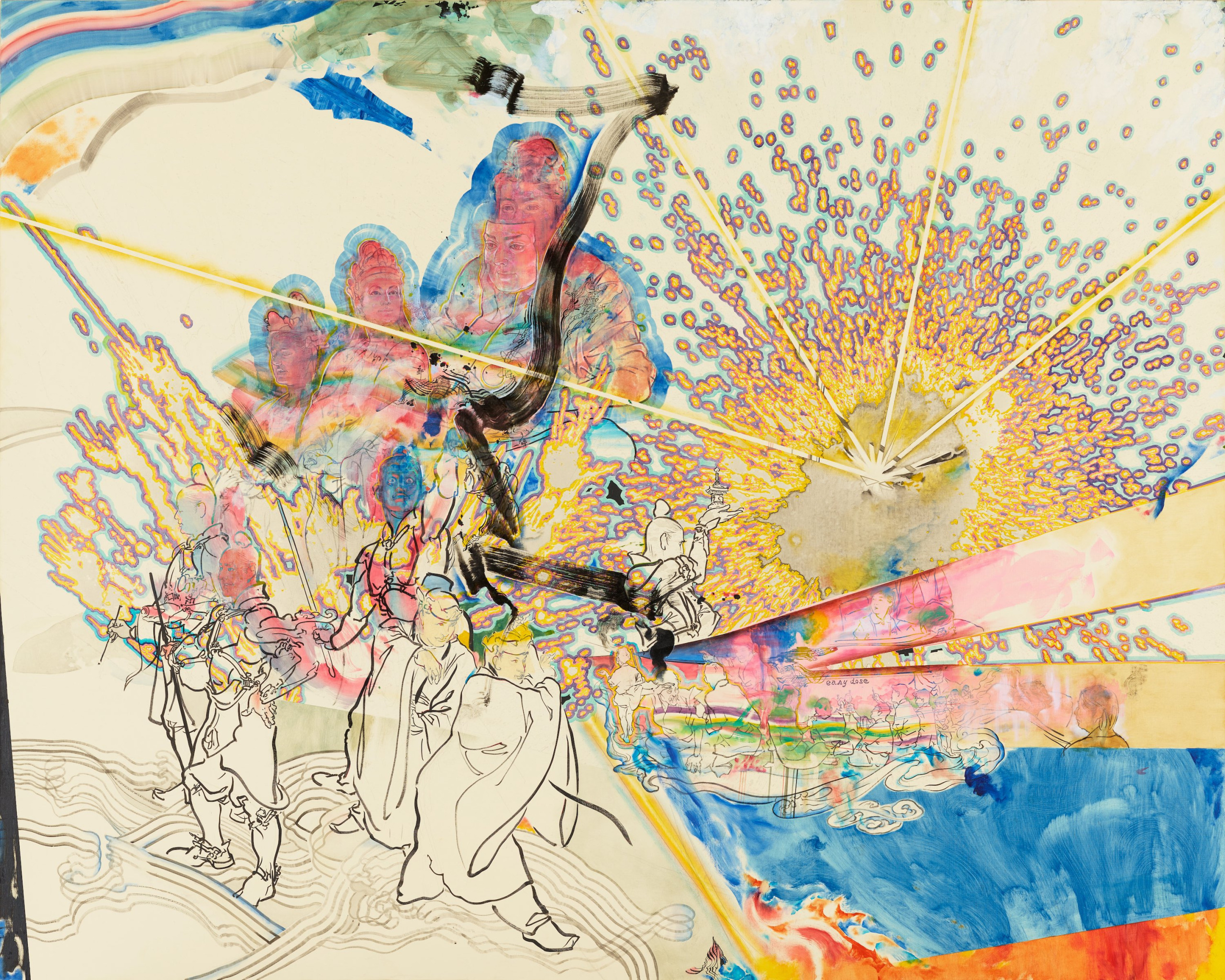
The Jam Session exhibition series invites contemporary artists to make projects in response to the Ishibashi Foundation Collection, which includes important works of modern painting by both Japanese and international artists. In this exhibition, Akira Yamaguchi investigates the legacy of the interaction between modern painting from Europe, which began to exert influence on Japanese artists in earnest in the late 19th century, and the forms of painting that had existed in Japan to that point. Yamaguchi notes that whereas modern painting in Western Europe emerged as a reaction to realistic and academic painting, Japanese artists of the age never had a tradition of realistic painting to rebel against in the first place. His latest works propose a radical break from this contradictory history of cross-cultural influence and the institutional values it helped entrench.
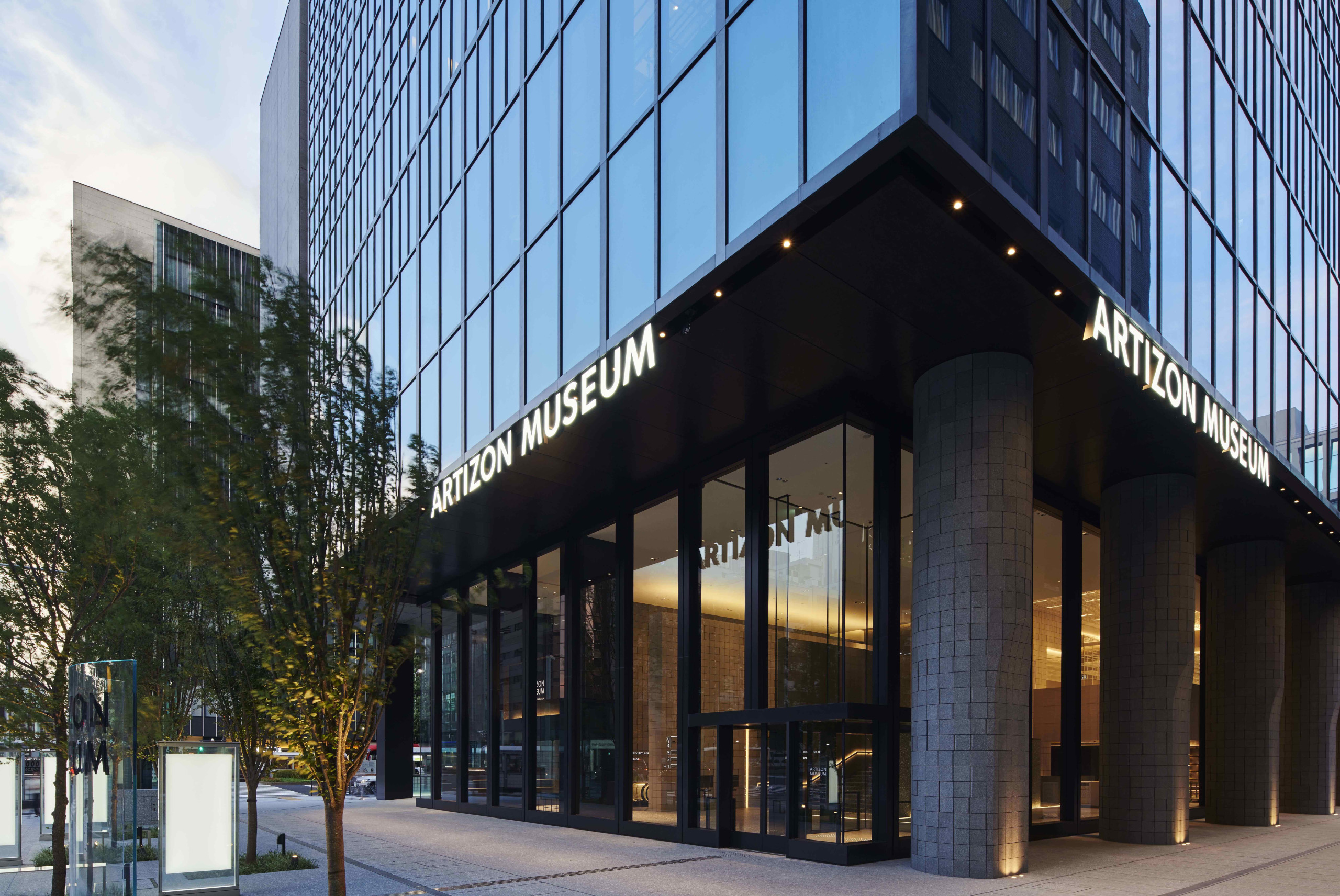
The Artizon Museum offers cutting-edge cultural experiences in the heart of central Tokyo. Originally known as the Bridgestone Museum of Art, the museum was established in 1952 to house the collection of its founder, Shojiro Ishibashi. Now numbering some 3,000 artworks, the encyclopedic collection is grounded in businessman and philanthropist Shojiro Ishibashi’s personal holdings, spanning from Impressionist masterpieces to Japanese Western-style paintings, and from antiquities to contemporary art.
The museum relaunched in 2020 with the opening of new state-of-the-art facilities anchoring the 23-story Museum Tower Kyobashi. The name Artizon, which combines the words “art” and “horizon,” reflects the museum’s mission to transcend generational and geographic boundaries, serve the public interest, and shape the future. This is achieved through a robust program of exhibitions that interweave art histories from different continents and centuries.
Dining available on-site.